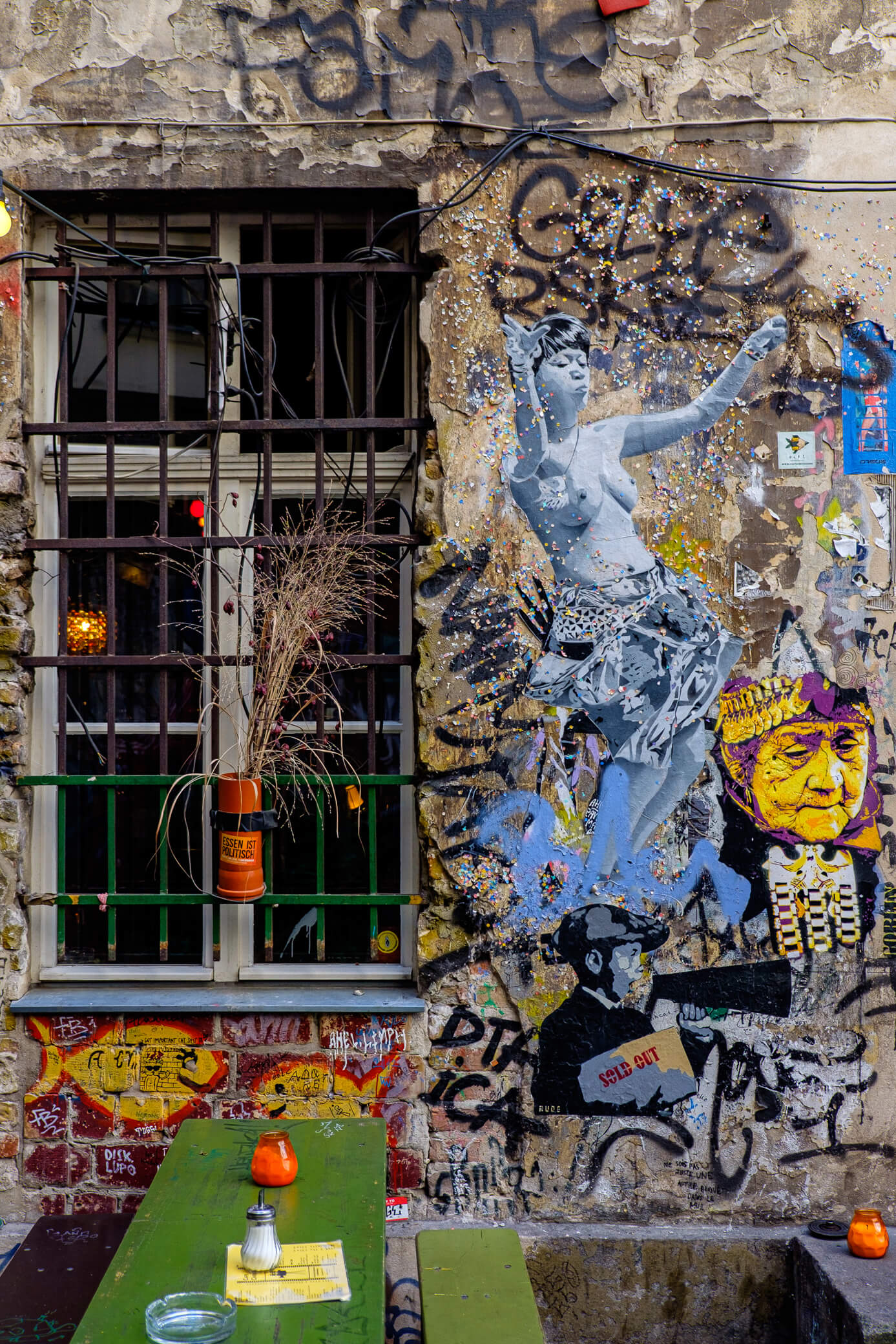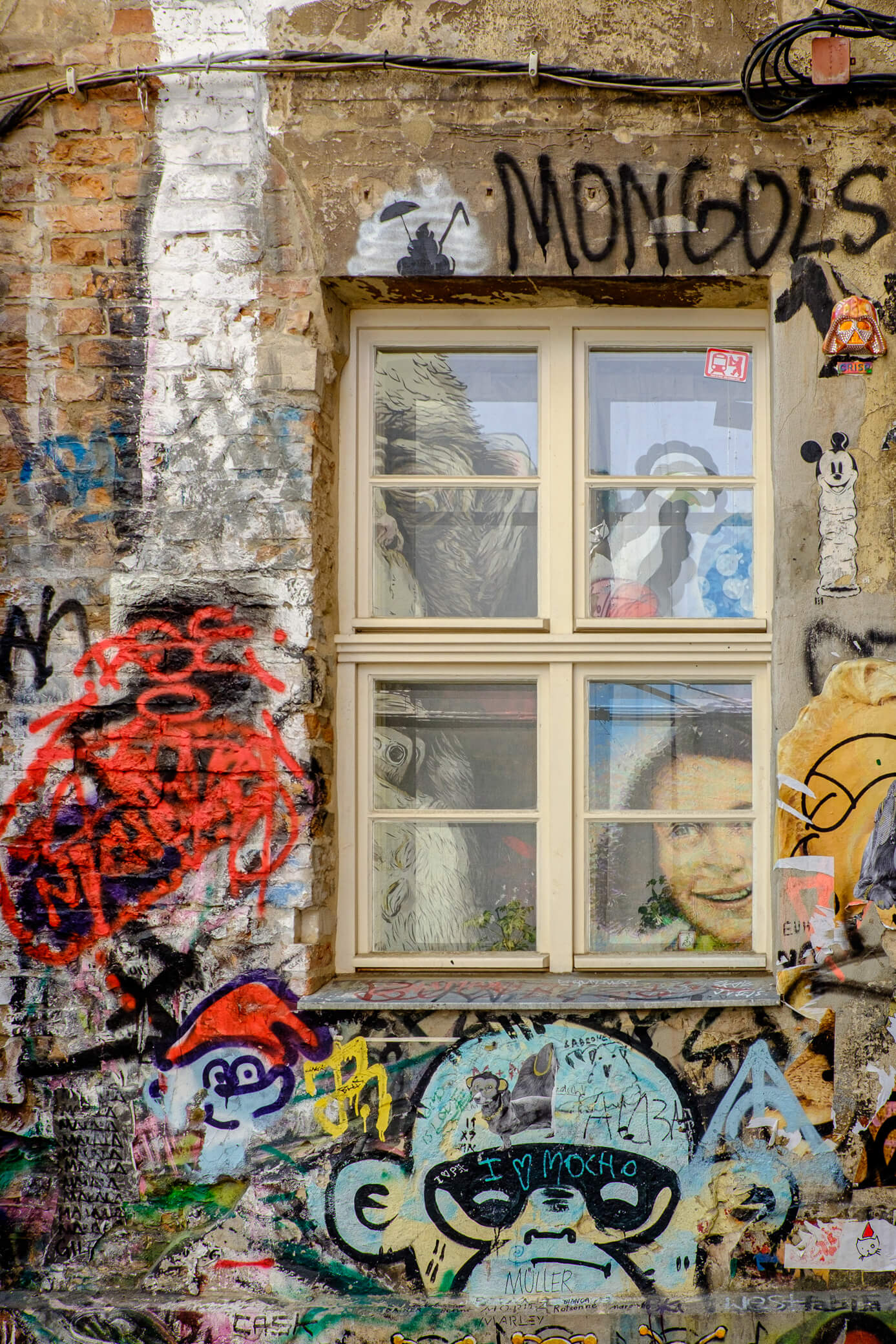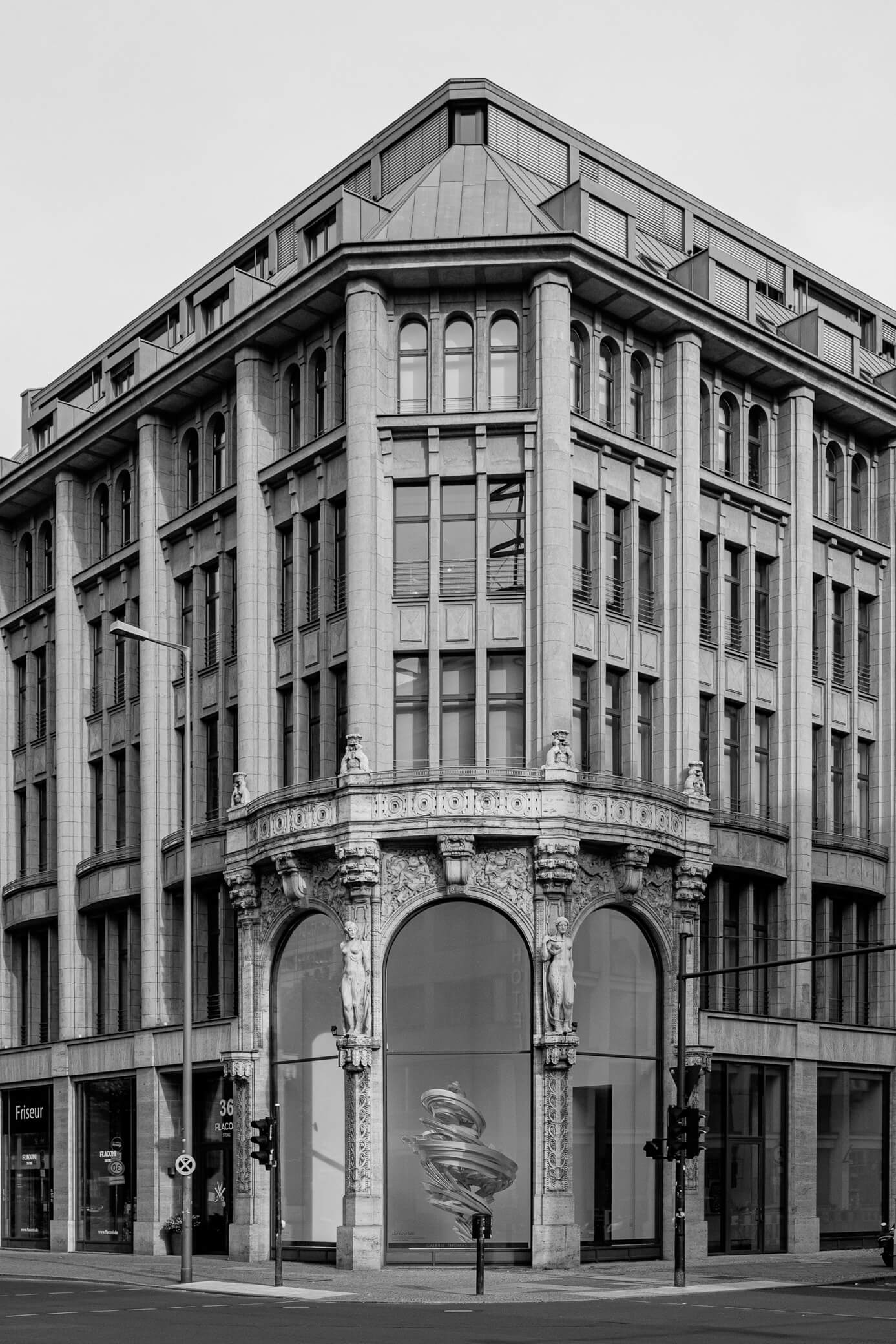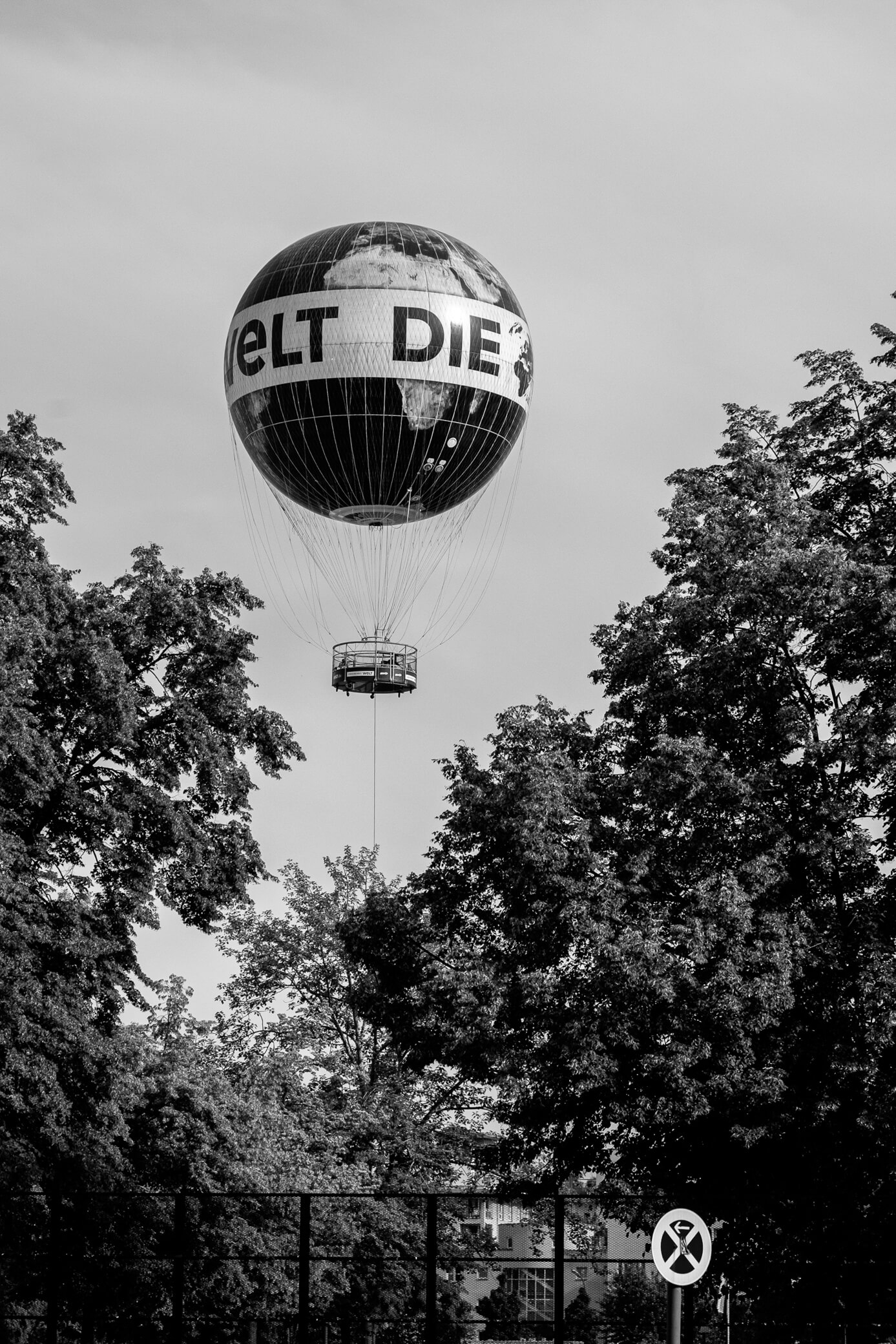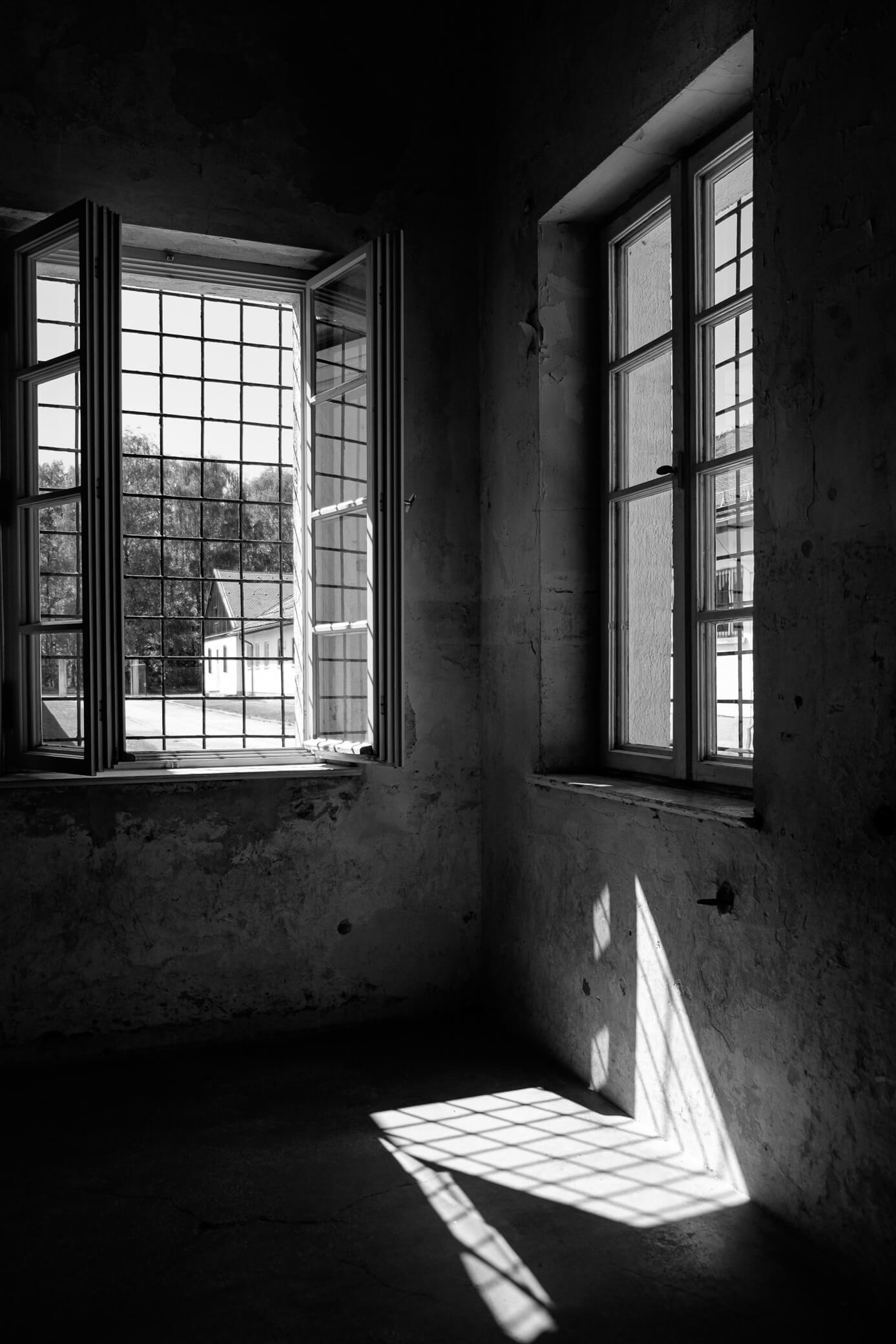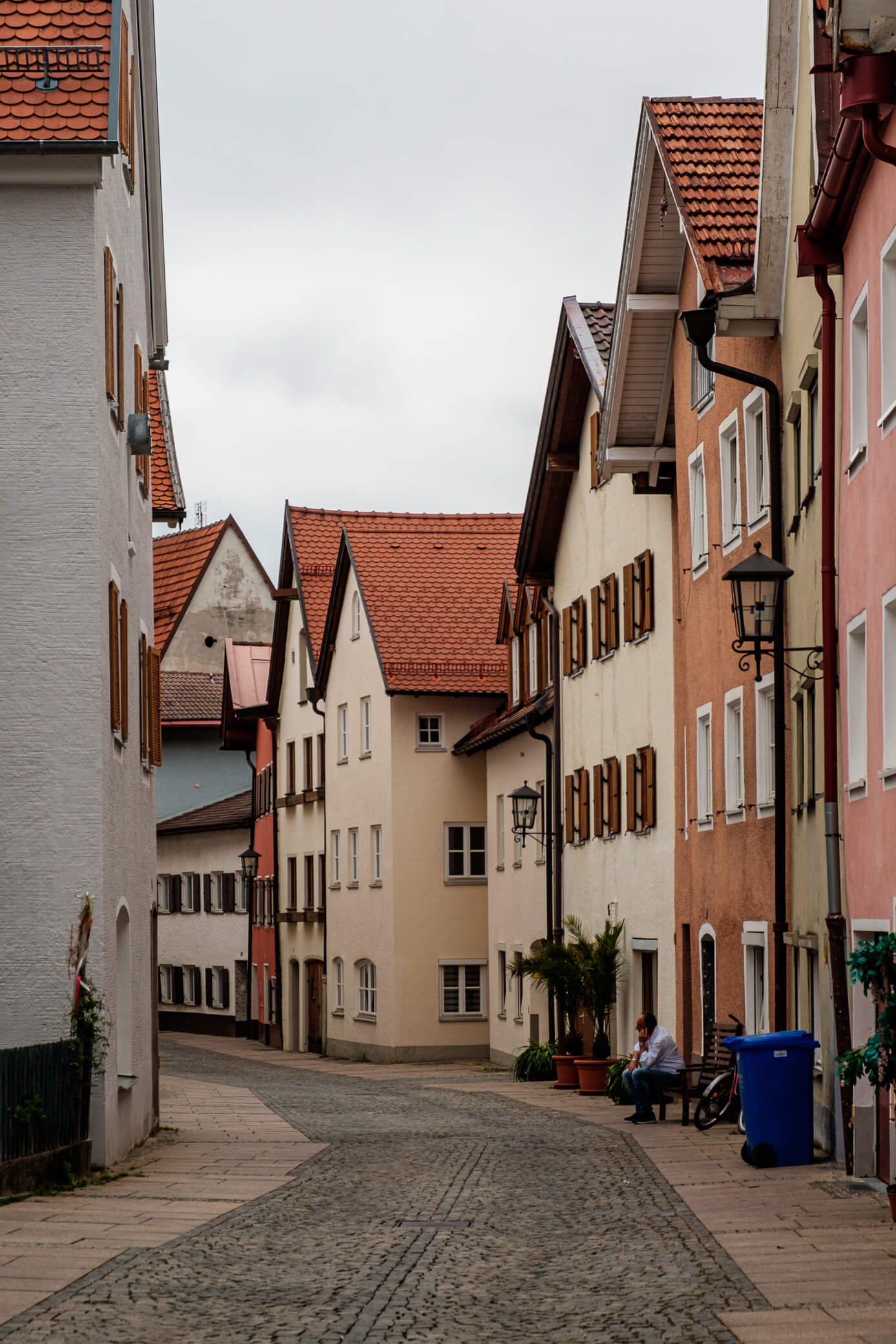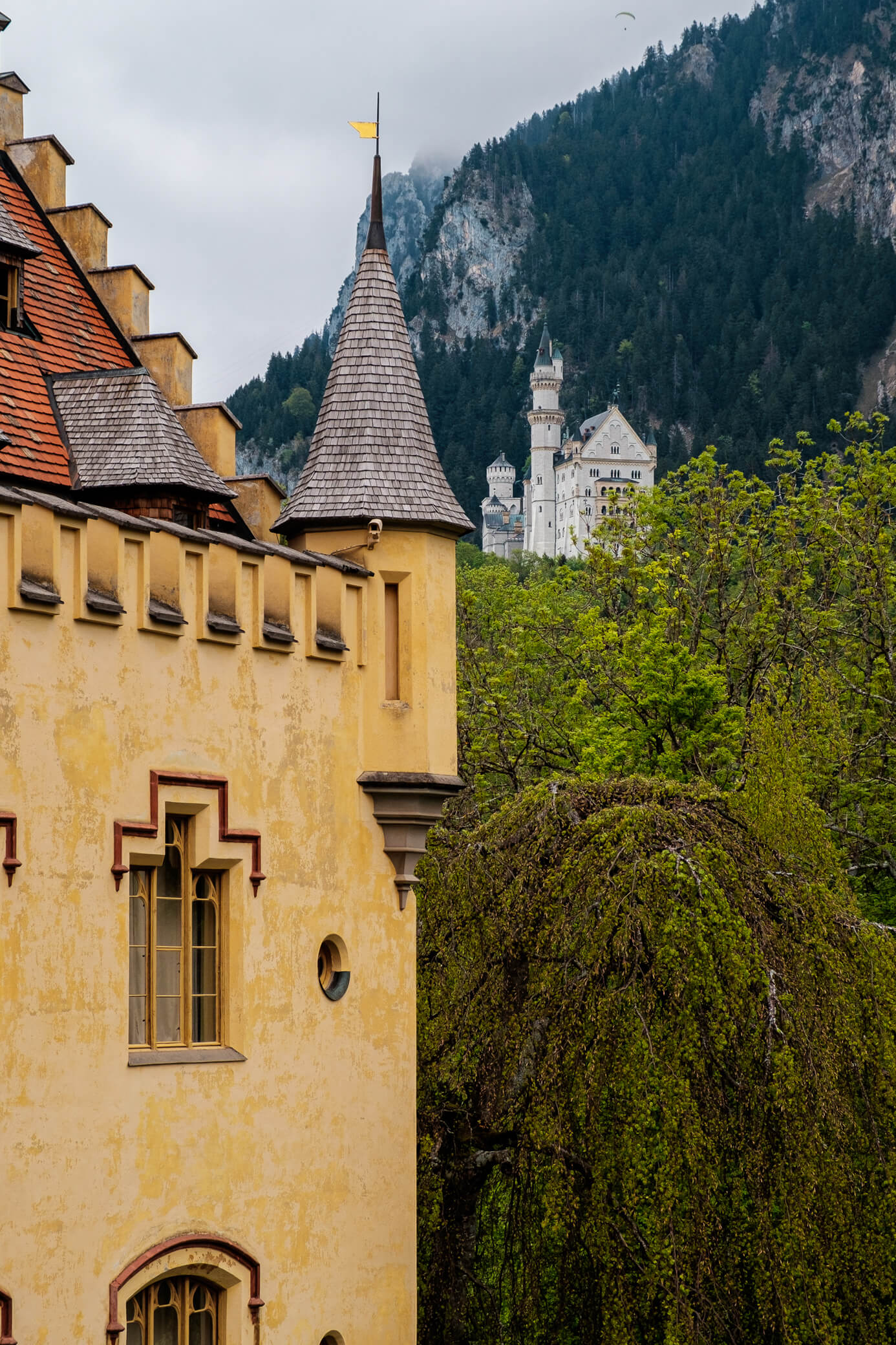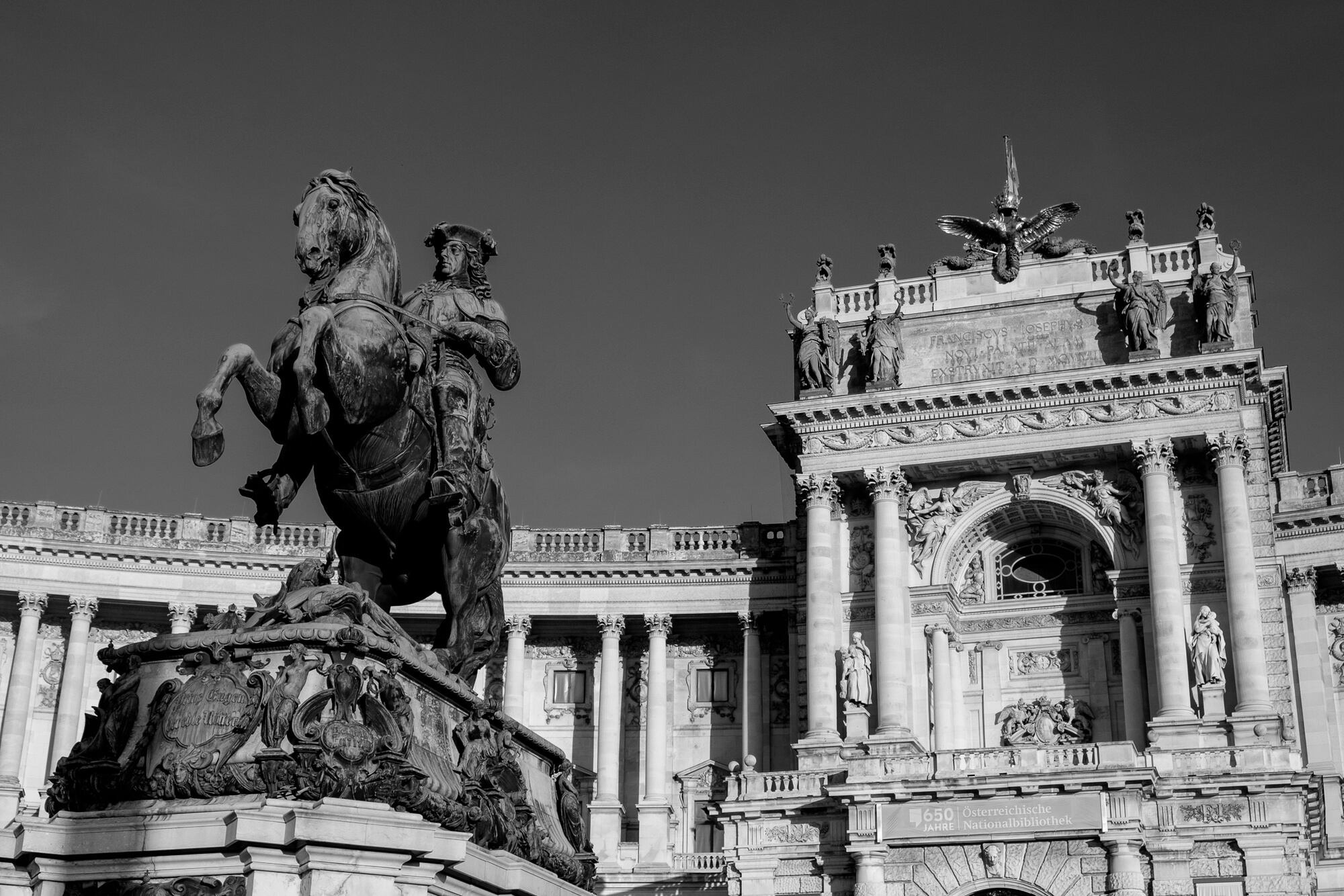This post is also available in Russian 🐻
The Second World War ended 75 years ago. This terrible history must never be forgotten. But we also shouldn’t get stuck in it. Today, I’ll share 75 photos and tell a few stories from my trips through the country that lost and won at the same time.
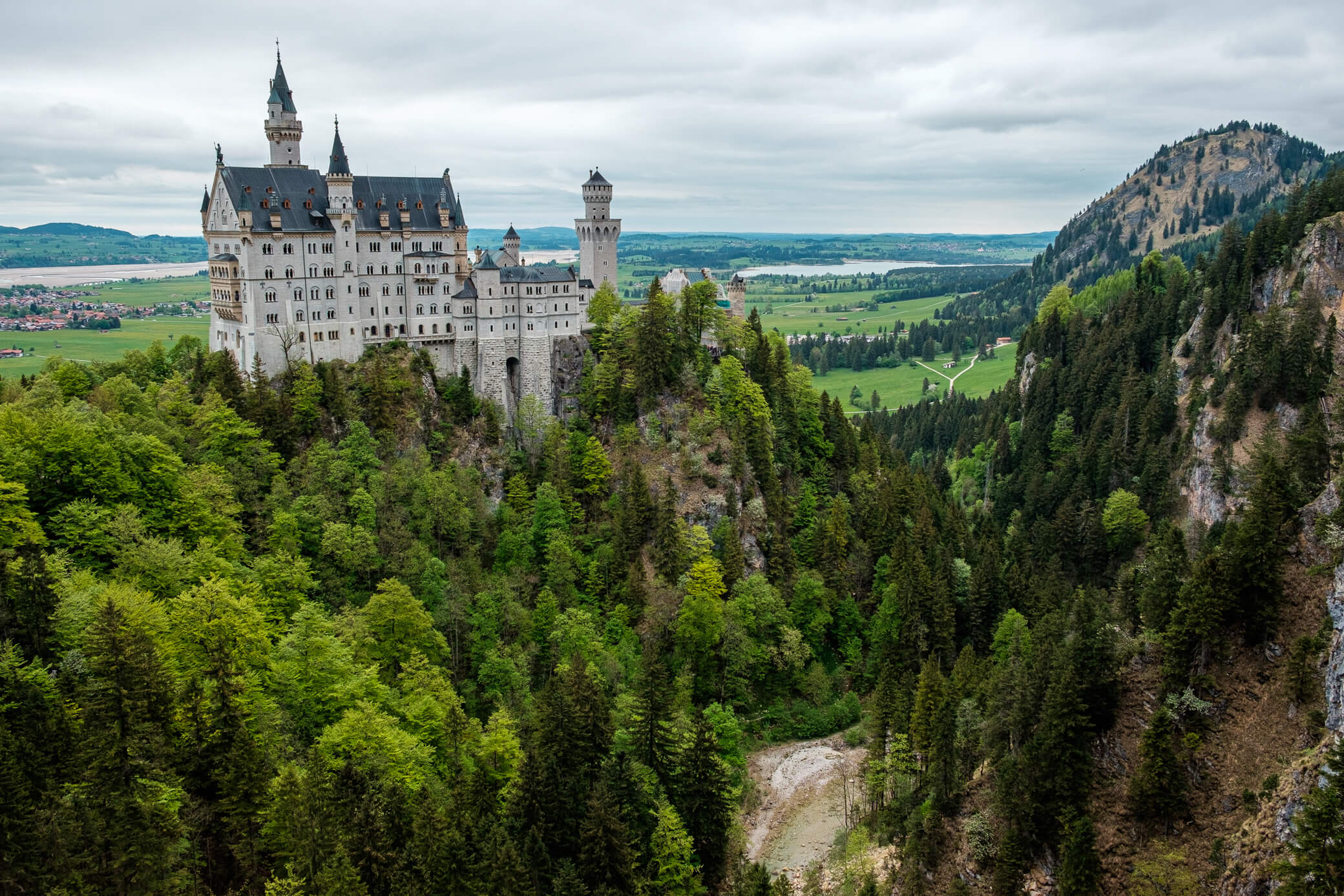
Let’s visit Berlin, Munich, Frankfurt, Nuremberg, Dresden, the fairy-tale Neuschwanstein Castle, and one of the most horrifying concentration camps in Dachau.
Berlin
During my first visit in 2012, Germany’s capital seemed dirty and hostile, but the atmosphere and artifacts of recent history left a strong impression. I brought back tons of photos of the Reichstag, the Berlin Wall, murals, and memorials that I still enjoy looking at.
Over the past two years, I’ve returned to Berlin three times, seeing the city from different angles and changing my feelings about it a lot. Today, it feels like one of the coziest, most comfortable, and interesting places in Europe, where everyone can find a lifestyle and leisure to their liking.

The city is quite clearly zoned. There are areas with non-stop wild parties, quiet suburbs for the middle class, working-class outskirts, and tons of cool public spaces that bring these very different characters together without noticeable segregation.
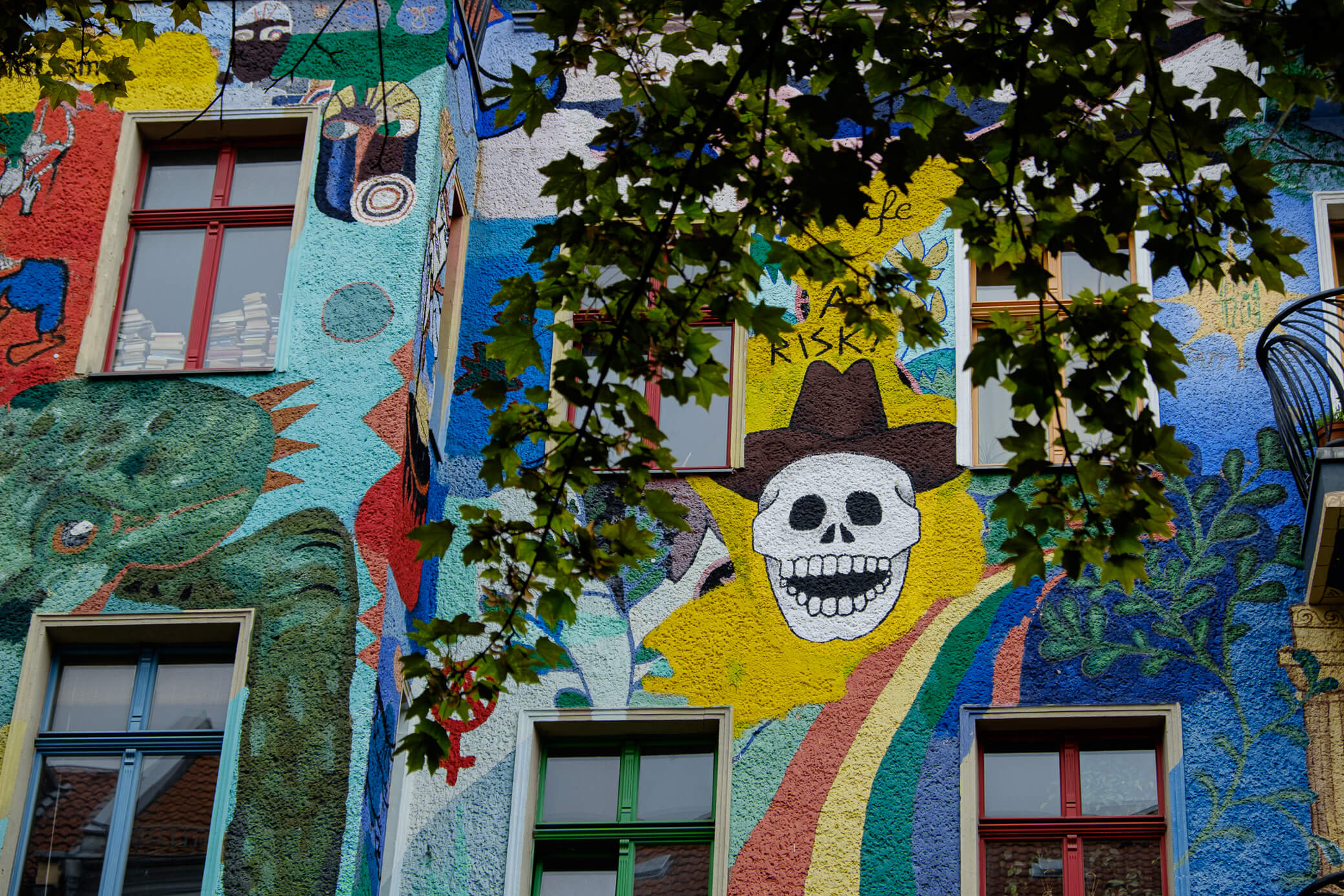
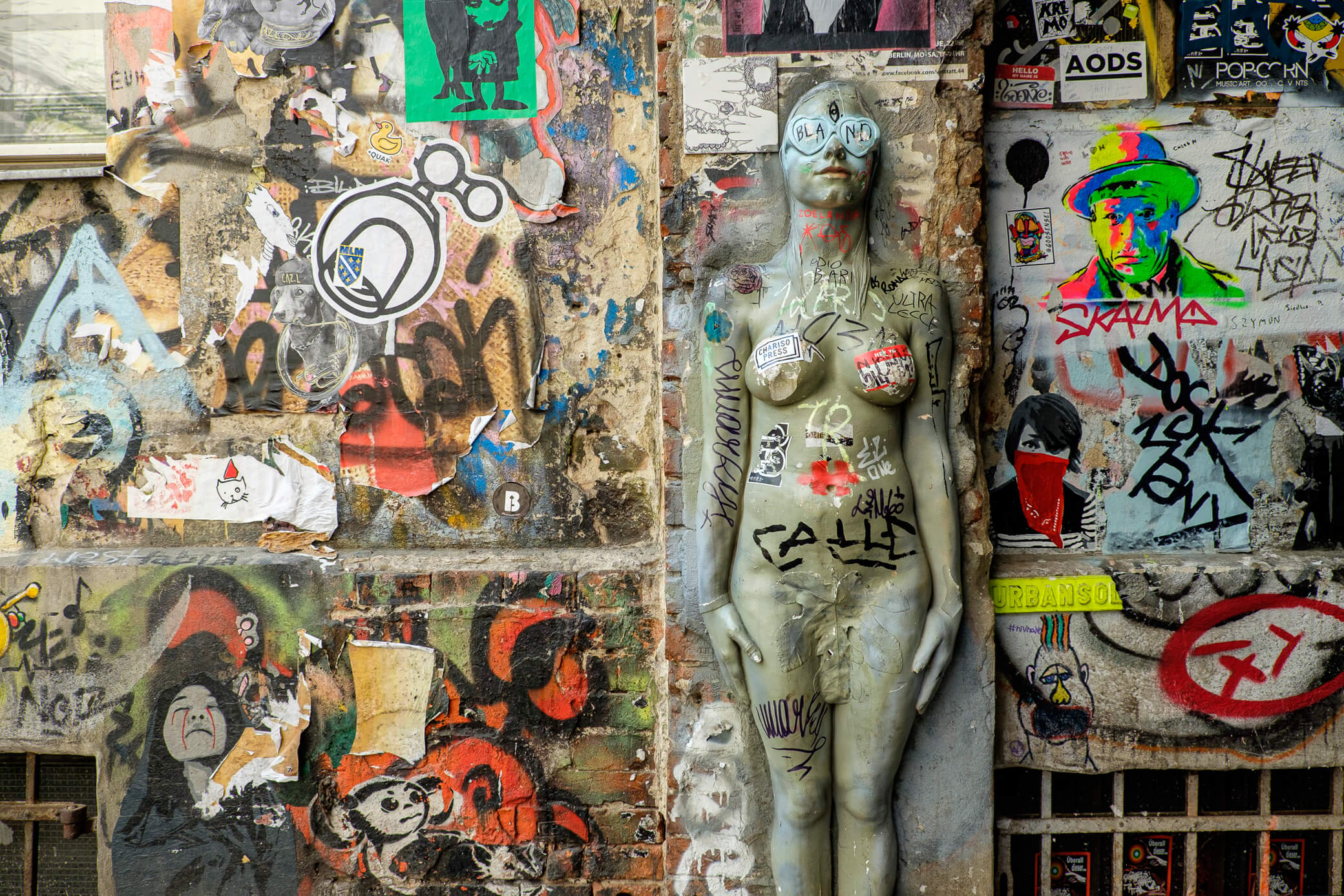
Berlin doesn’t have many ancient artifacts left, but it has an unmistakable atmosphere of a former divided city, contemporary art objects, constant cultural events, a sense of total freedom, and a perpetual creative mess.
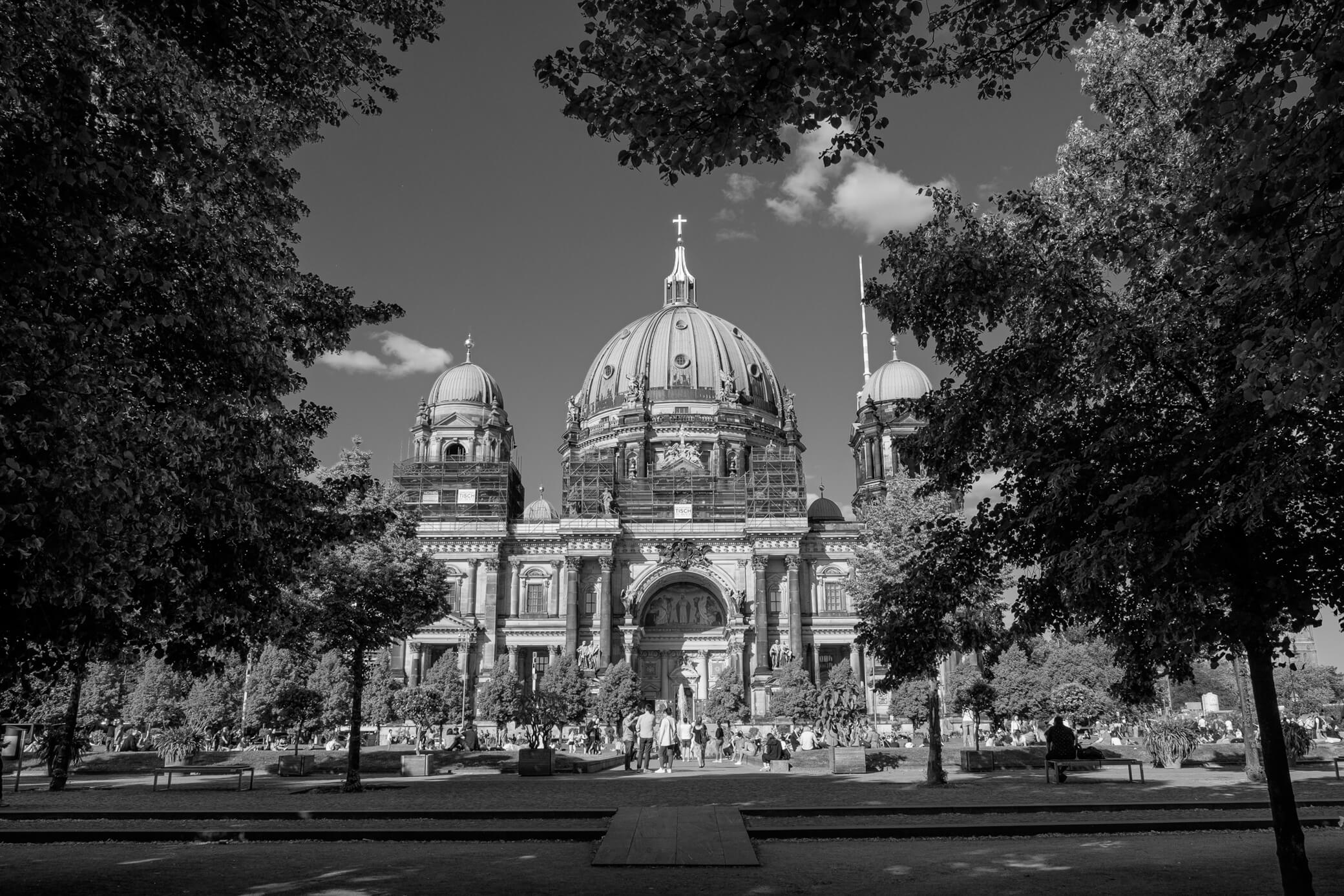
The well-planned urban environment makes walking a pleasant recreational activity. Berlin is huge, but unlike Moscow, it doesn’t weigh you down with an overloaded transport system or the tyranny of glass-and-concrete brutalism.
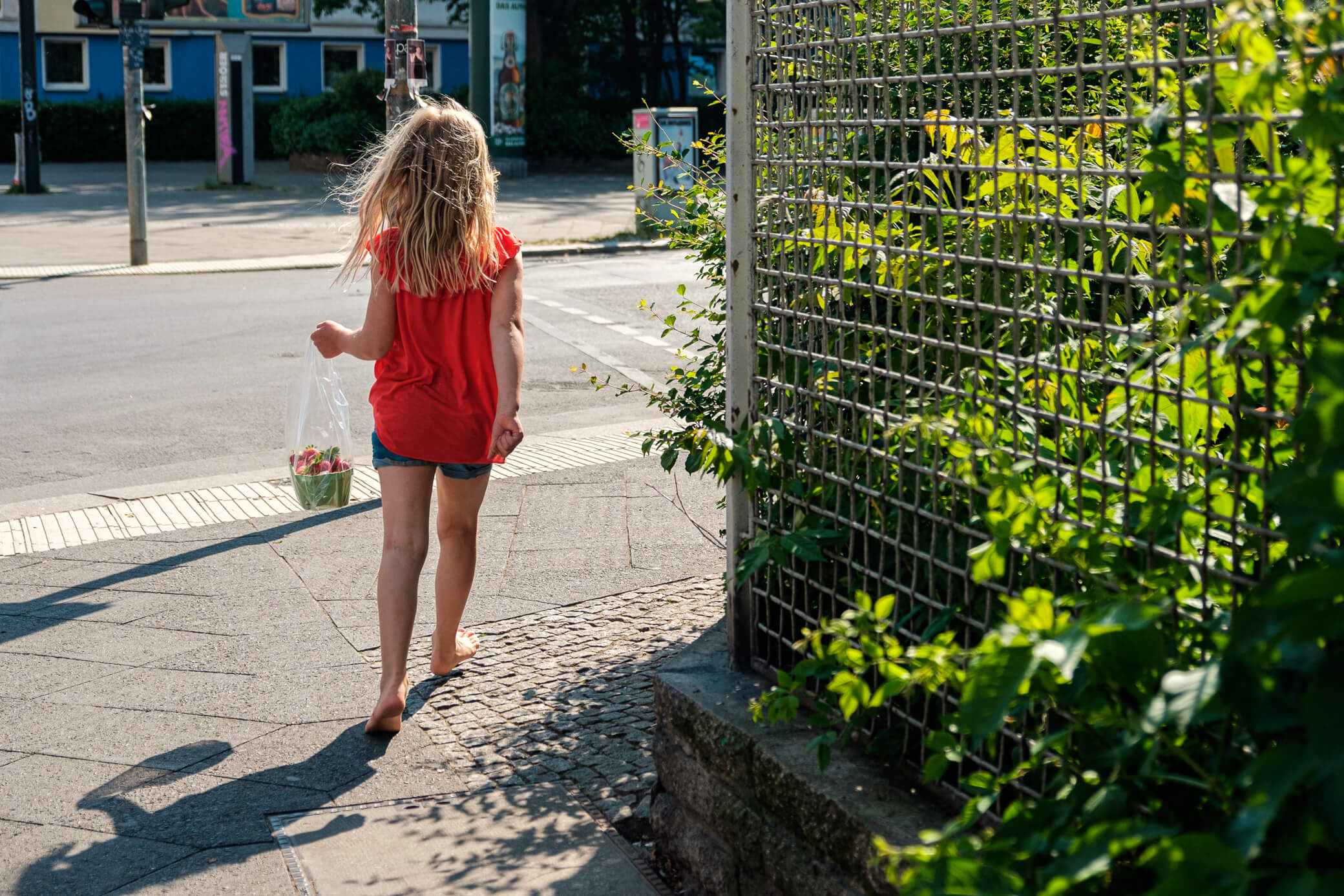
Even the panel-block neighborhoods inherited from the GDR look almost pastoral thanks to decent renovations, generous greenery, and a strict design code. Although the surroundings of Alexanderplatz and some random spots still feel gloomy and unwelcoming.
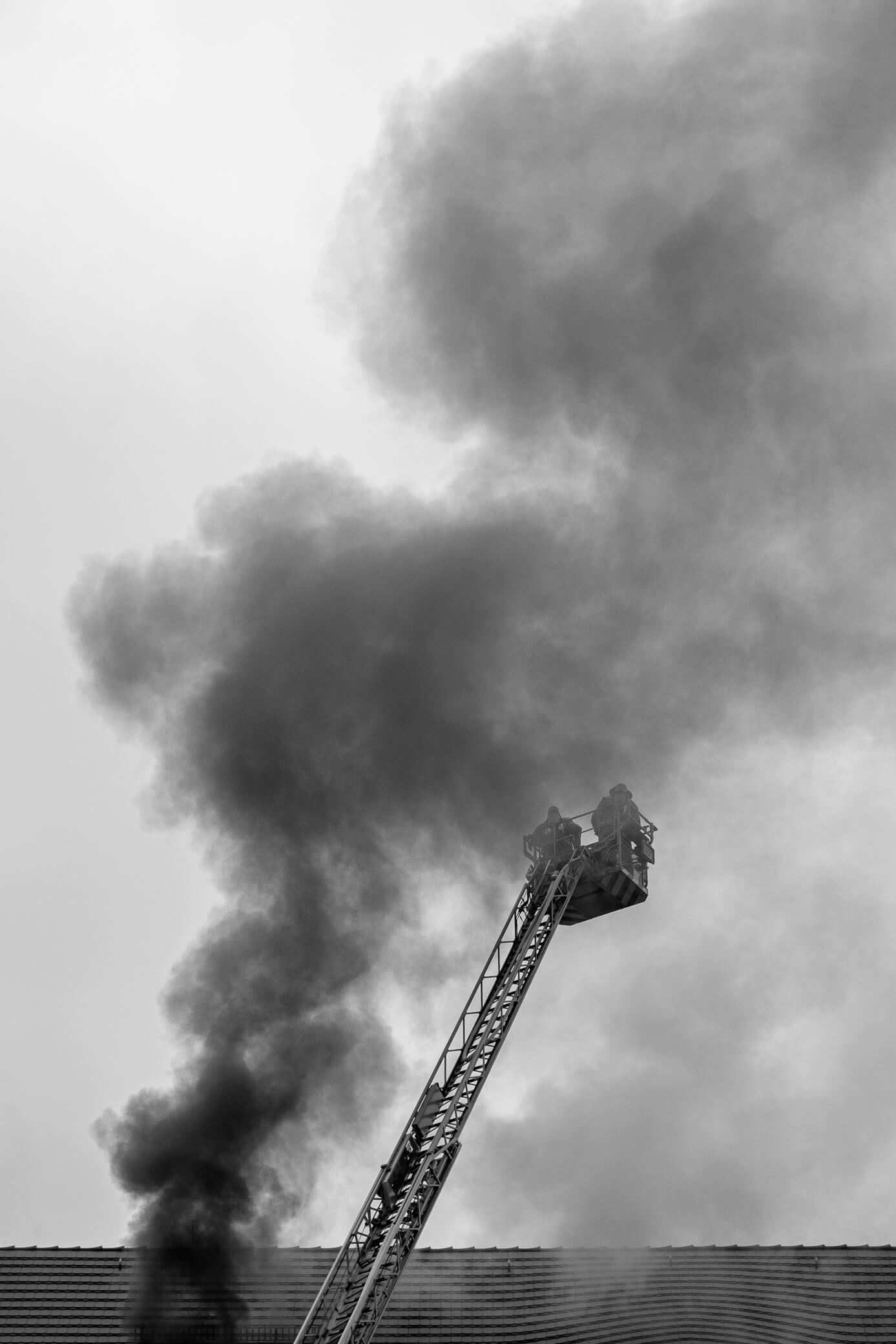
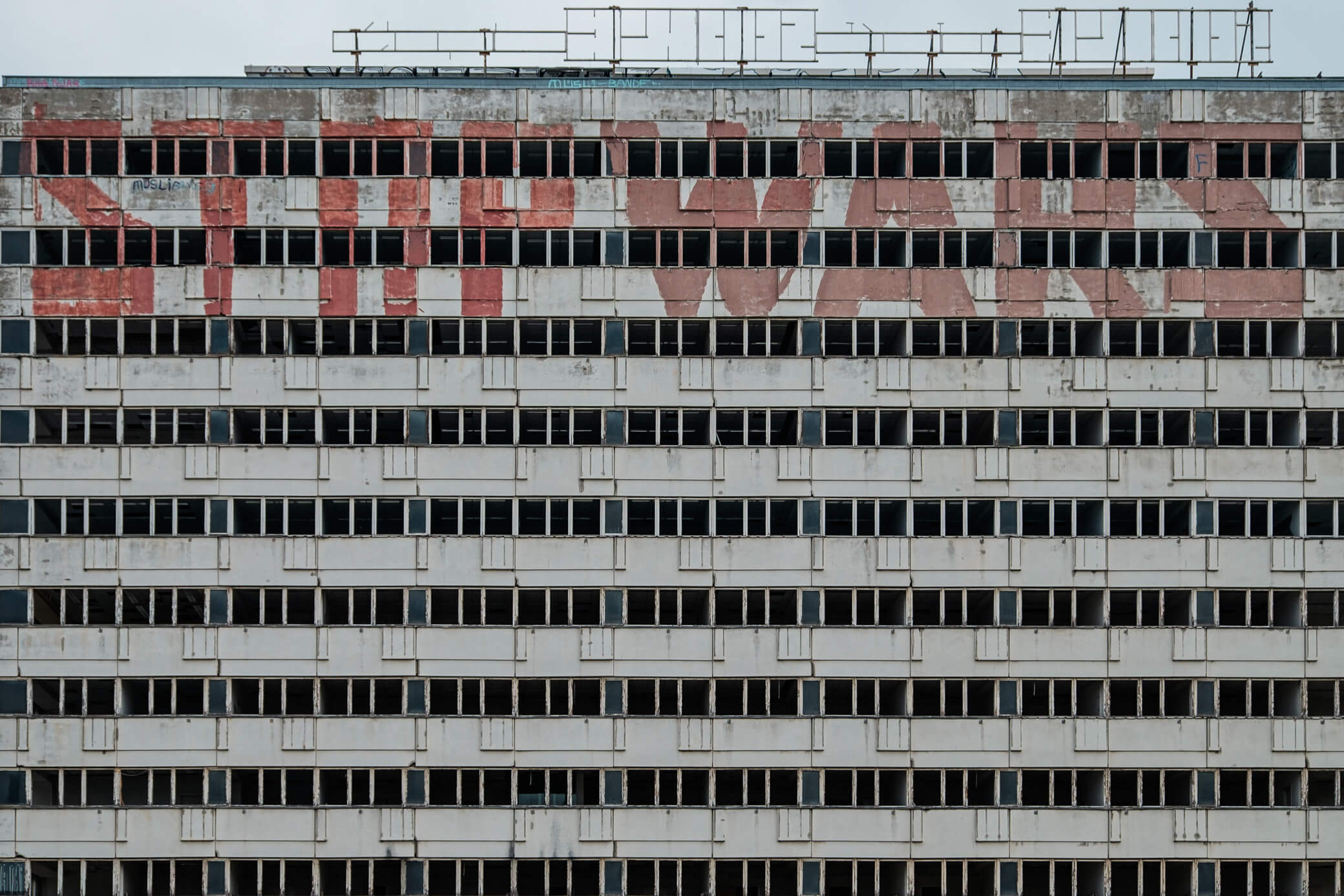
I’m convinced that Berlin is the kind of city Russia’s capital could become if it were freed from the absolute imperative private wehicles and gave its granite spaces back to the people who could make them cozy and truly public.
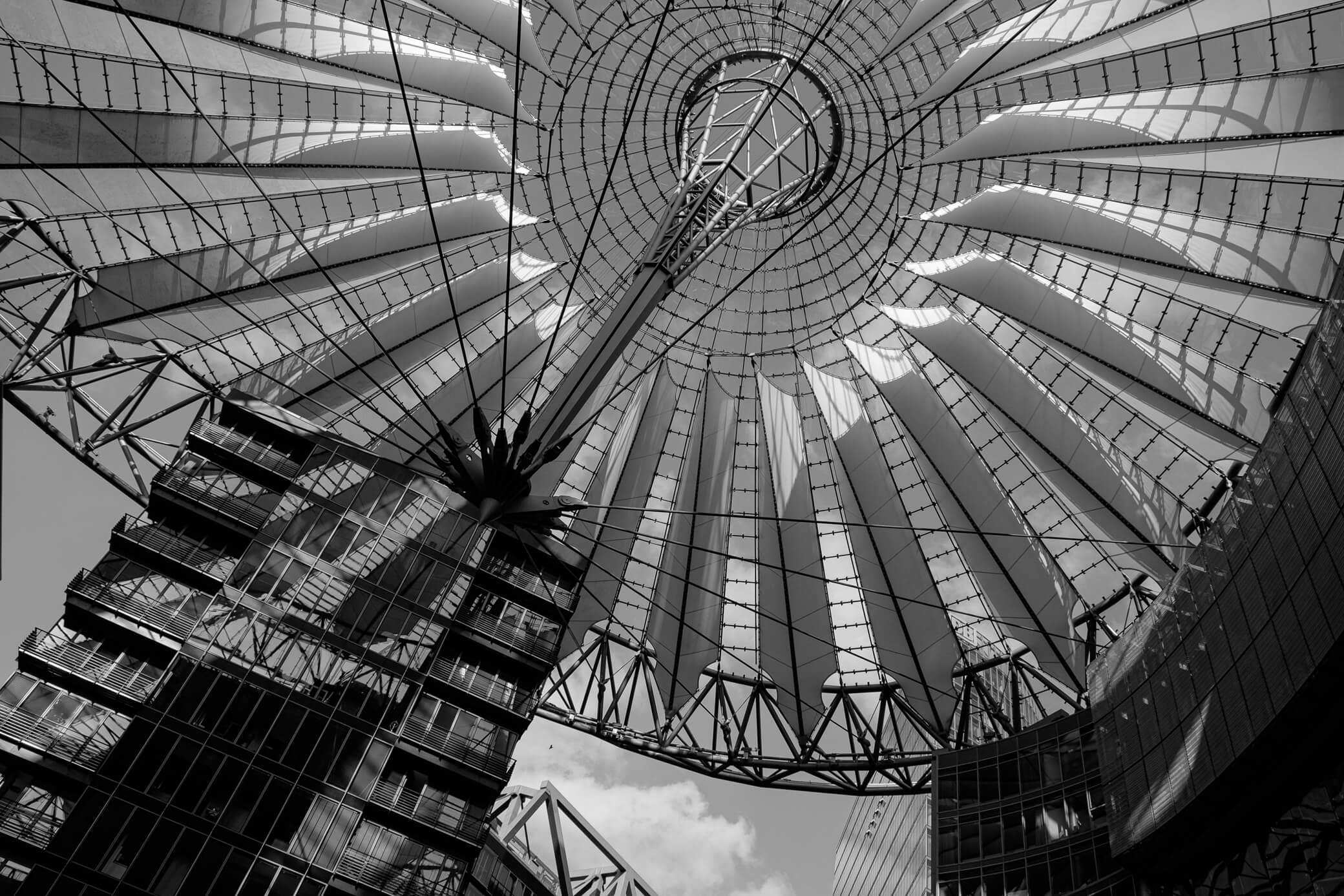

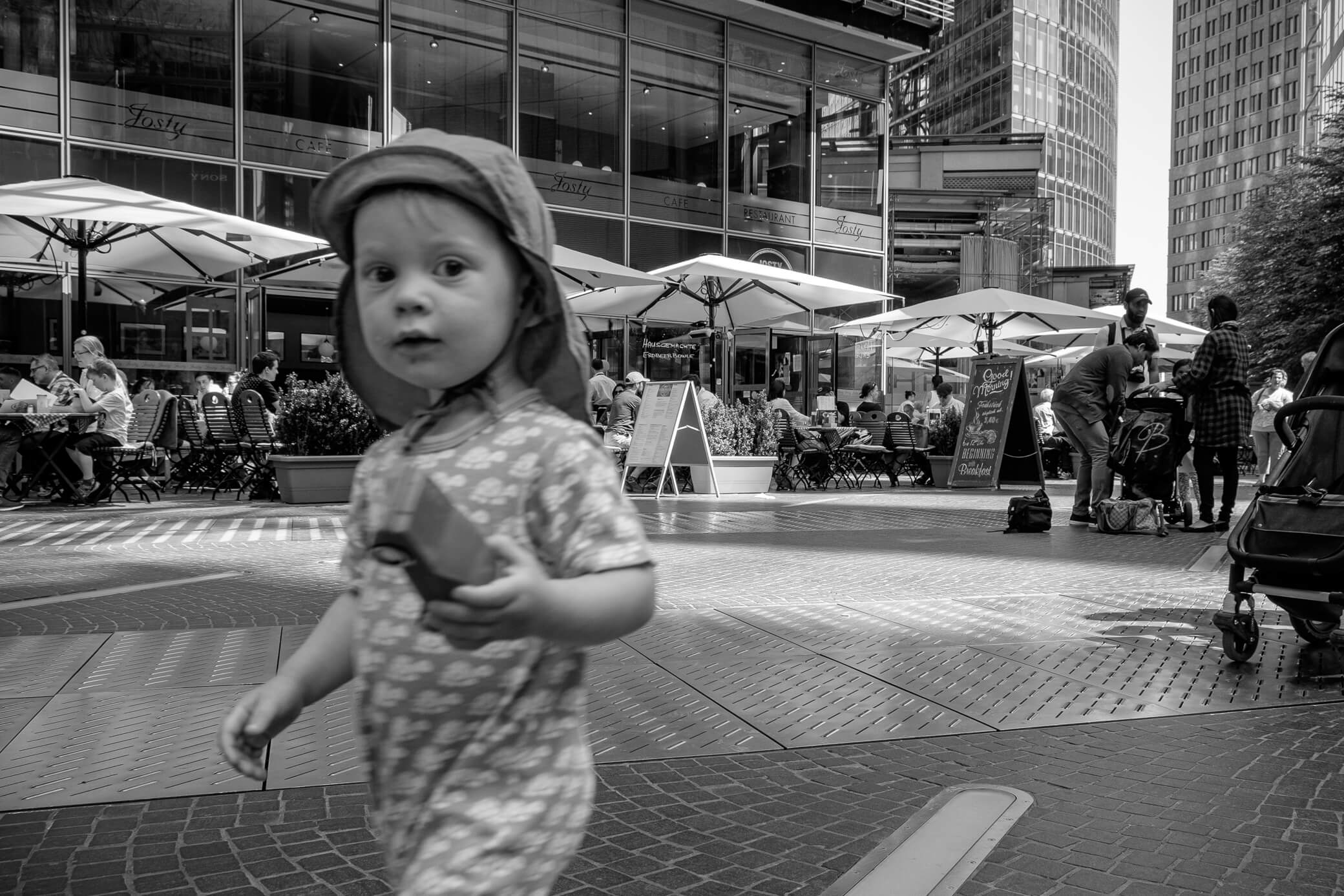
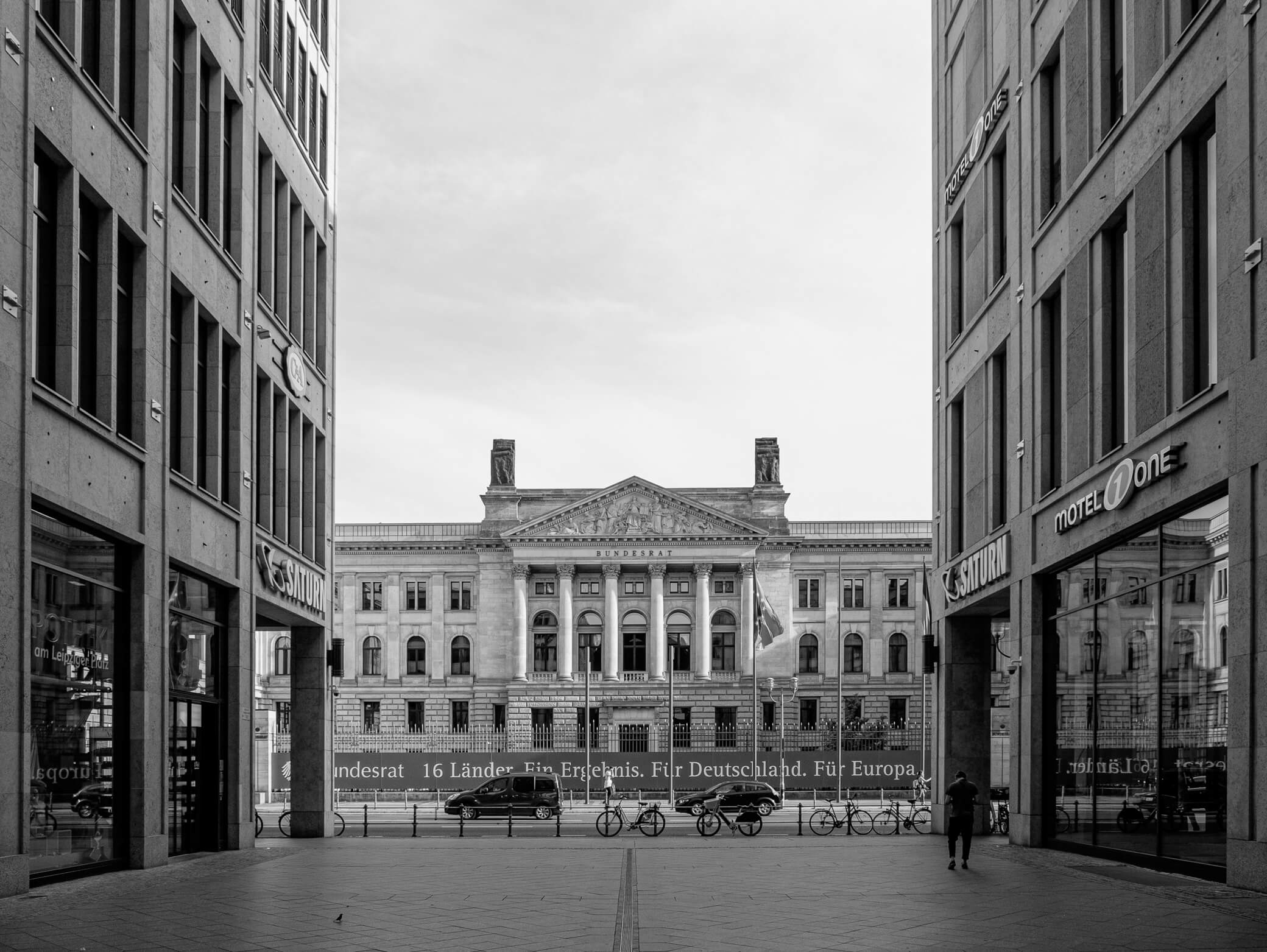
I dare say that today’s Berlin is like Gorky Park combined with Moscow’s Muzeon embankment and art spaces like Flakon — only scaled up to the size of a whole city, with a slight scent of a joint in the air.
Munich
The capital of Bavaria, birthplace of Oktoberfest, Germany’s third city over a million, home to the country’s tech sector, and its most expensive and comfortable metropolis. I visited twice — spring 2013 and summer 2018 — both times with huge pleasure.
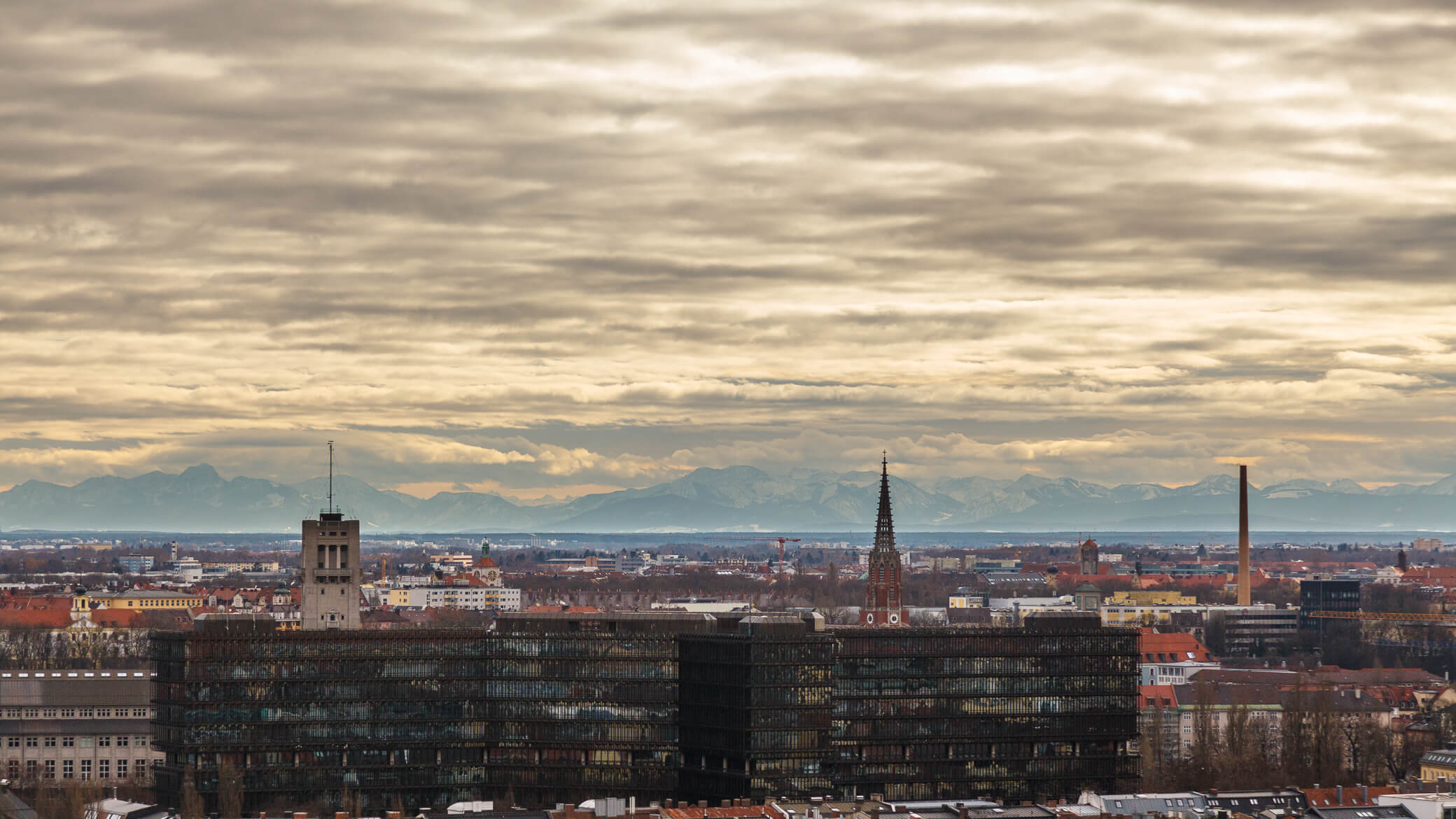
Munich’s history began in the 8th century with a small monk settlement — the origin of the city’s name and its legendary brewing traditions. Also here began the rise of the infamous NSDAP party under the Austrian Adolf Hitler.
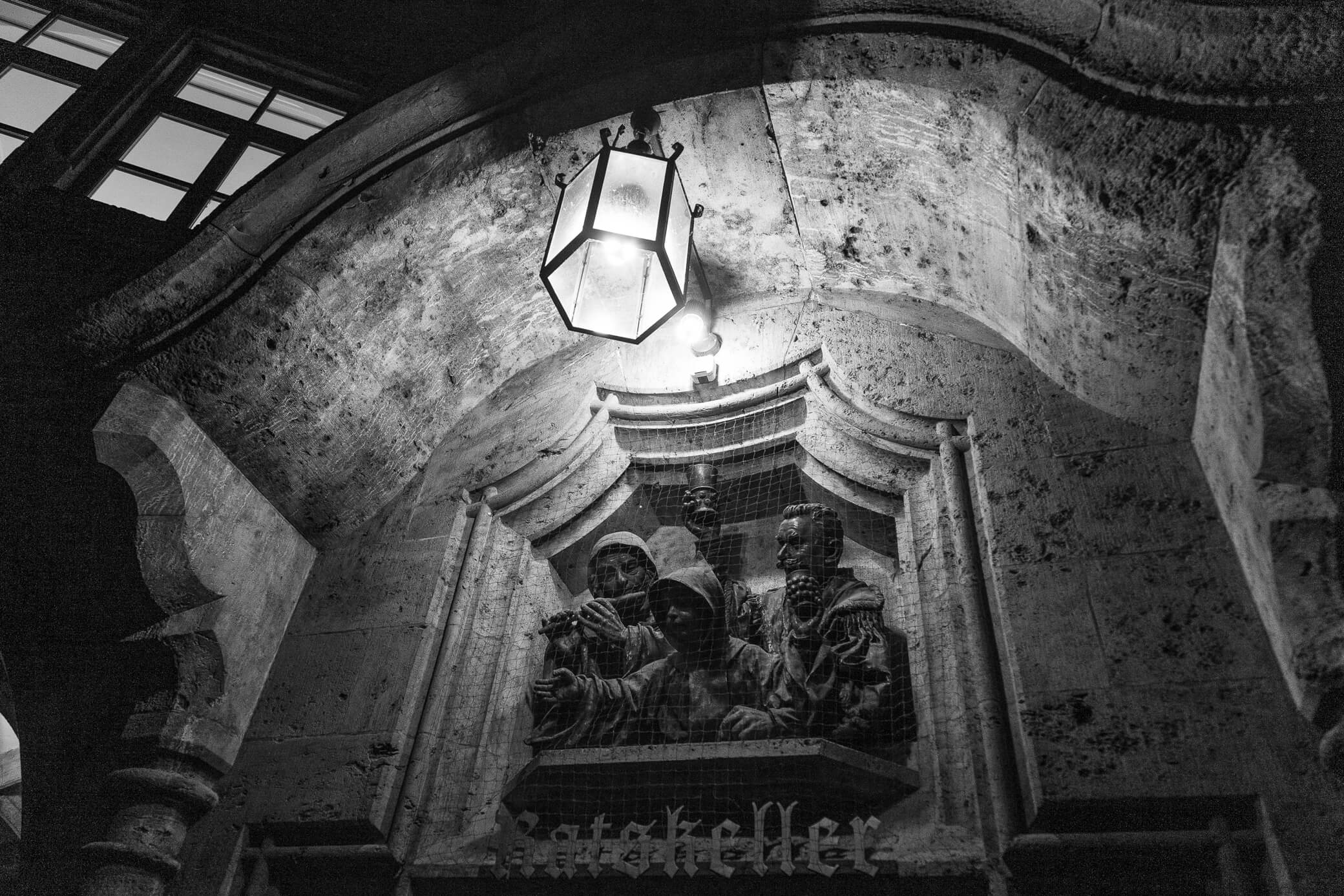
During WWII, the historic city center was completely destroyed. However, the reconstruction plan was the most meticulous and conservative, so all buildings and even street layouts were restored almost exactly as they were before the war.
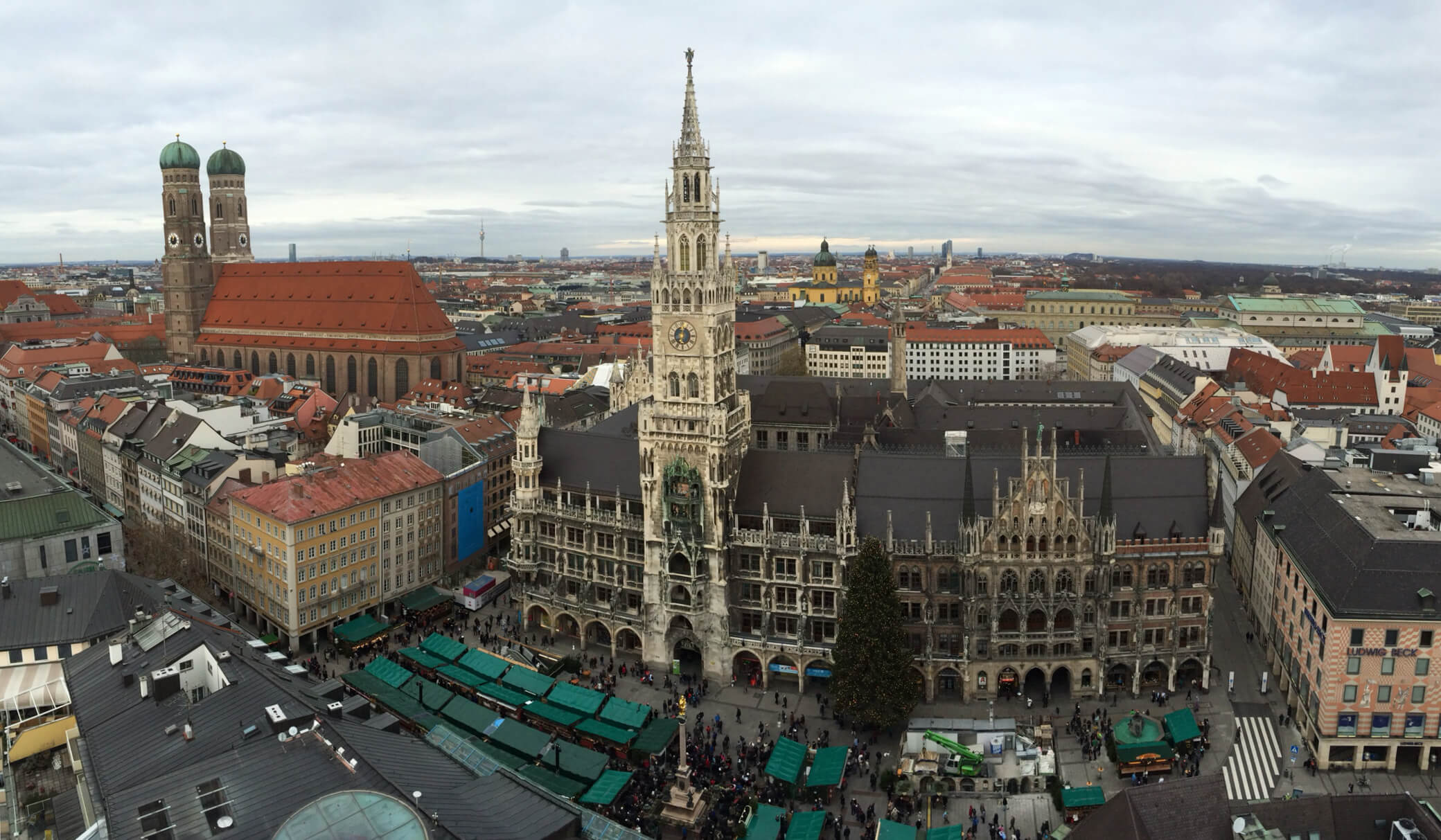
That’s why Munich, unlike Berlin, still has lots of interesting old architecture. The city feels more pompous and “European.” To the point that this melancholic beauty can lull you into a quiet lethargic sleep.

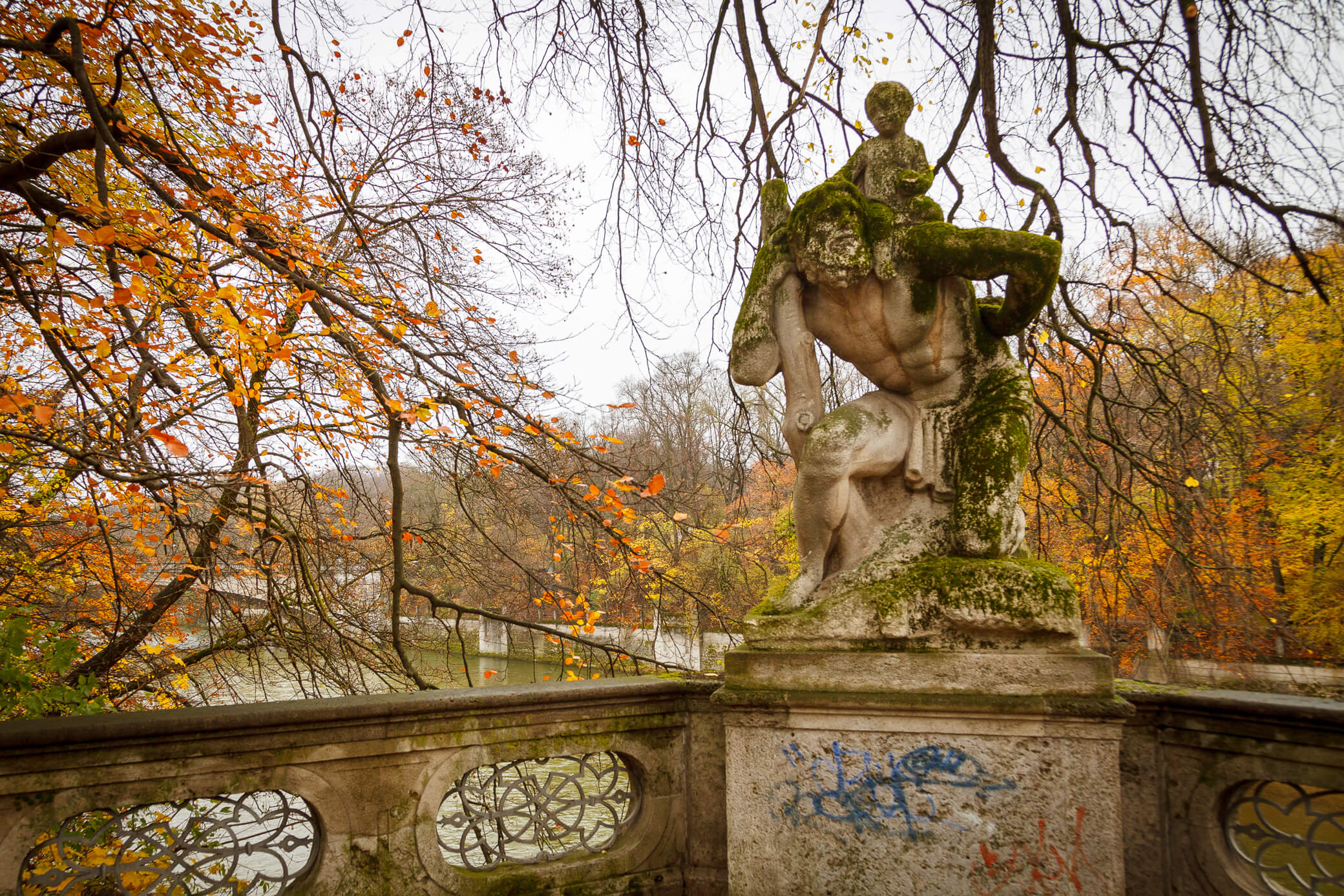
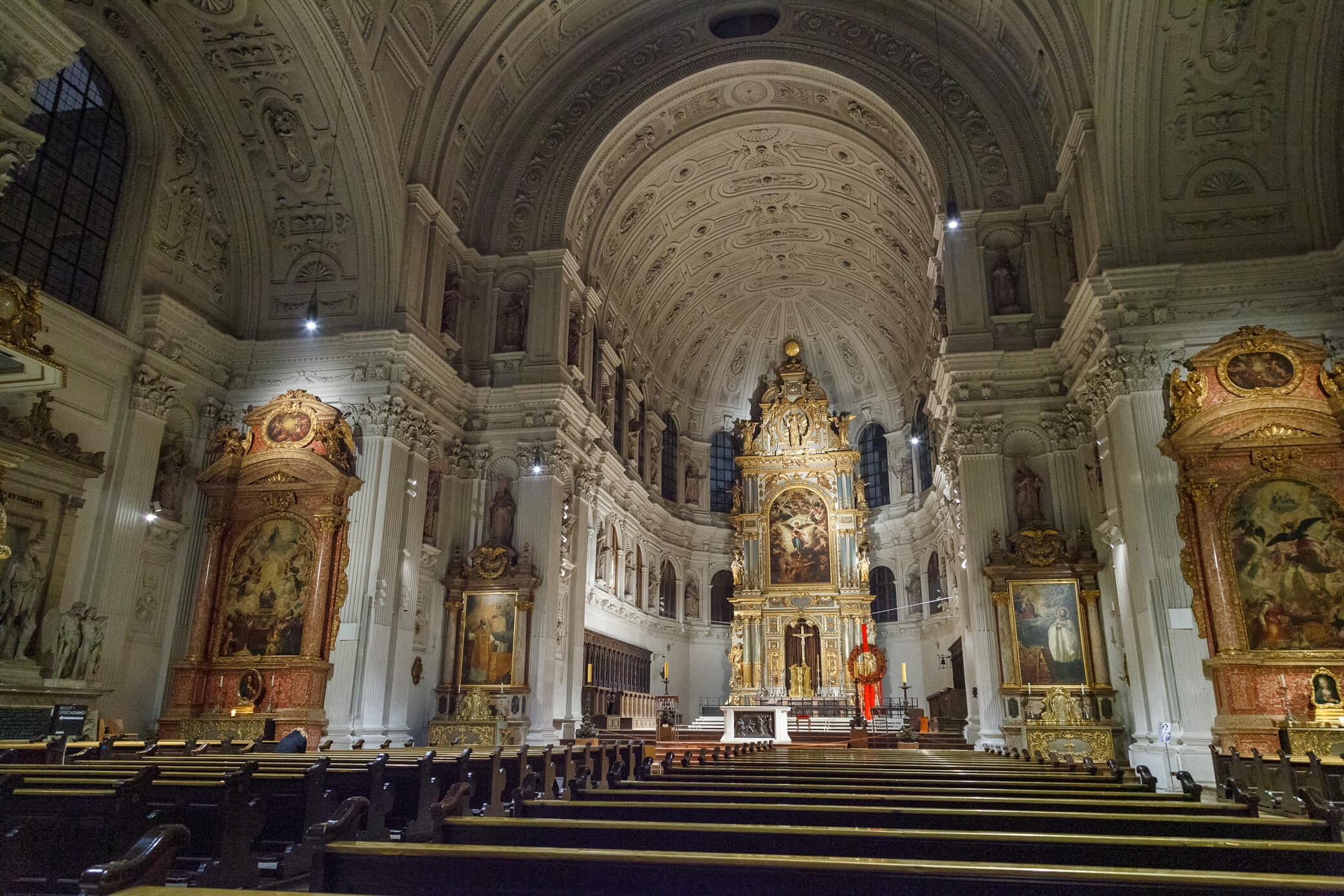
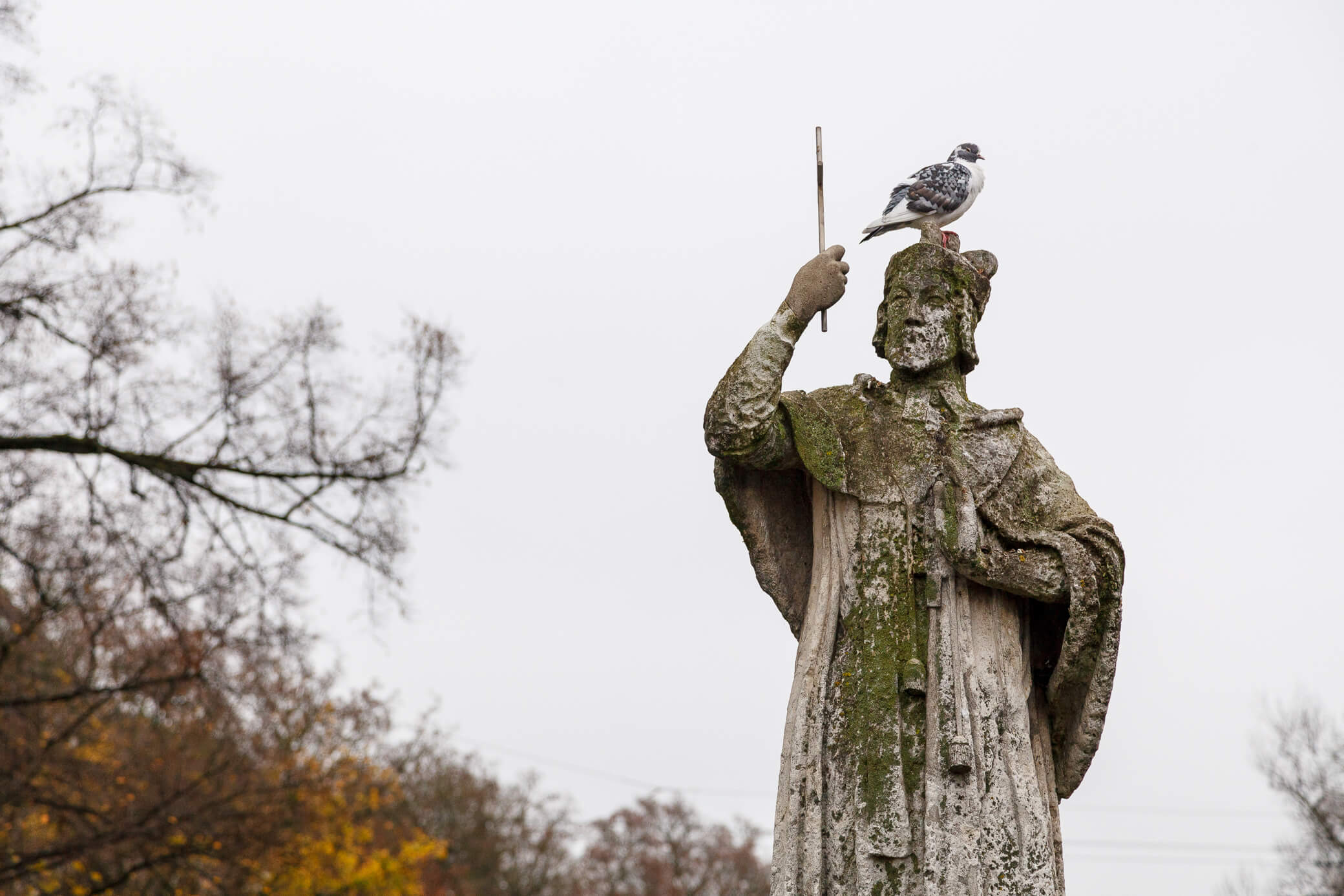
In the postwar decades, Munich became a major center for science and education, gradually turning into Germany’s Silicon Valley, and now regularly ranks in the global top ten cities for quality of life (and other honorable lists).
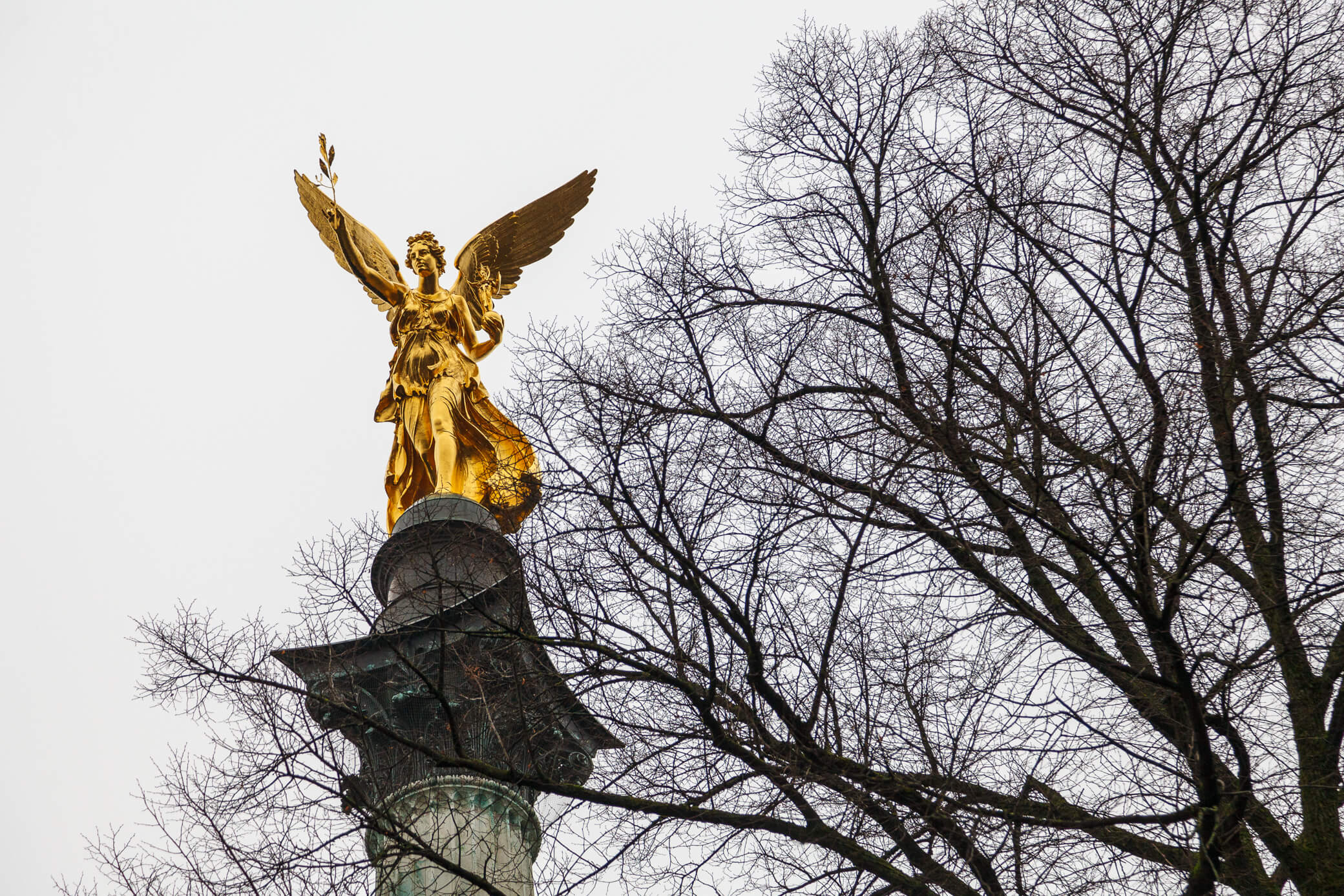
The city sits on the Isar River, whose banks are densely covered with wonderful promenades adorned with delightful sculptures and obelisks. It’s very pleasant to walk or bike around Munich. There’s little car traffic in the city center.
The coolest place in the city is the Englischer Garten — the English Garden. It’s one of the largest urban parks in the world — bigger than New York’s Central Park and London’s Hyde Park. Like any English garden, it’s a blend of nature and landscape design.
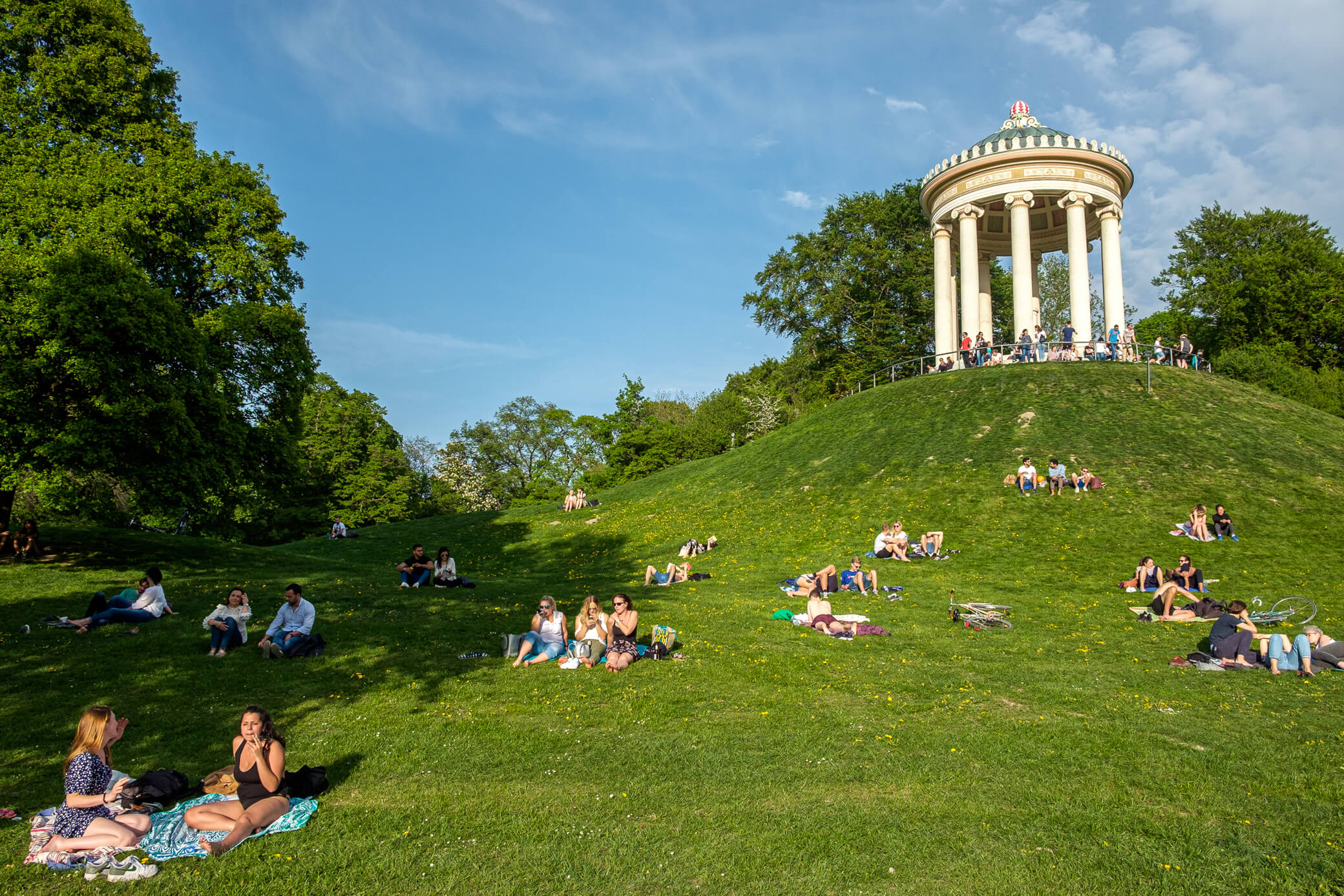
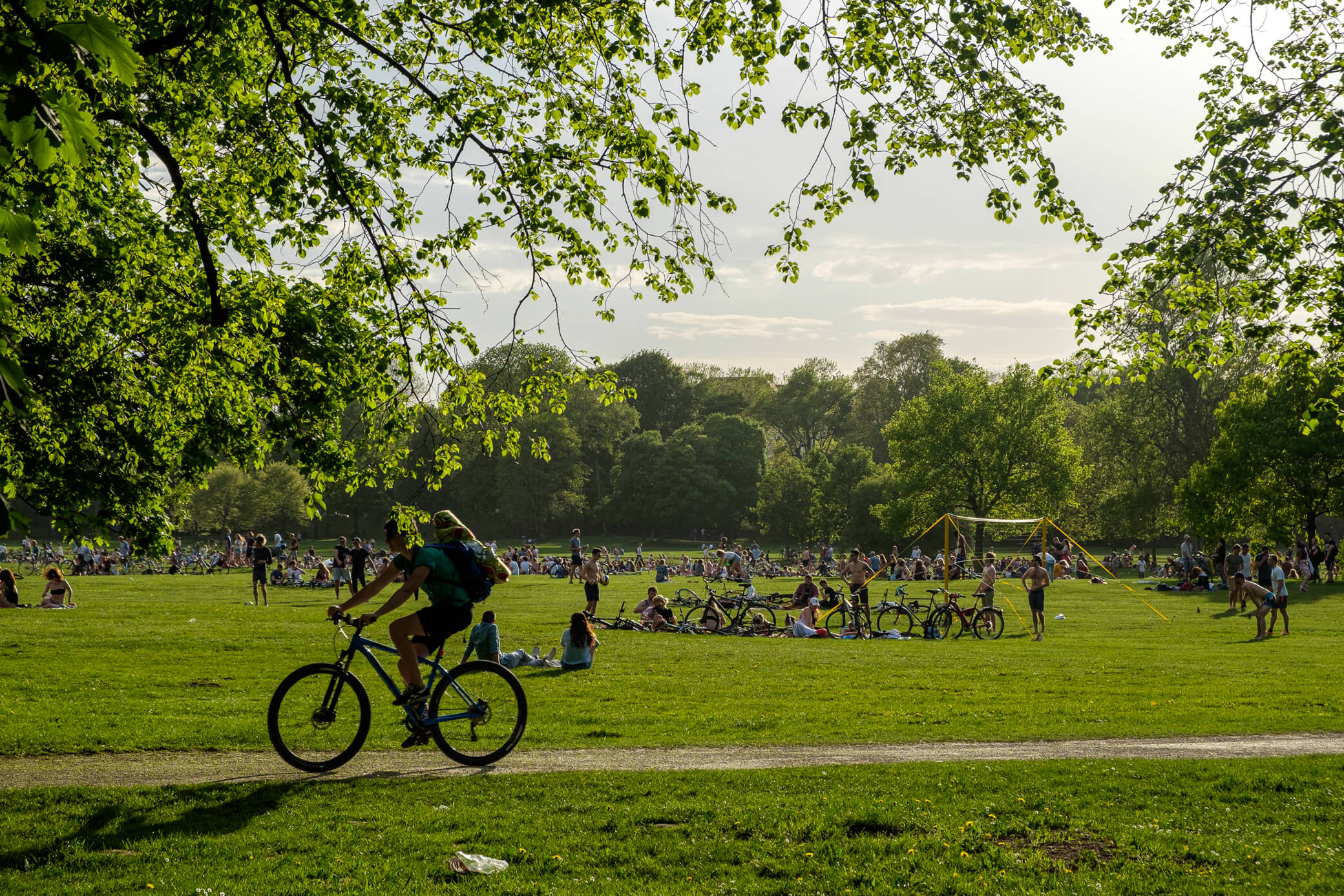
In one corner of the park, there’s a lovely café called Milchhausl, where they serve cold beer in summer and hot glühwein in winter. In another corner, there’s an artificial surf wave (free to use). The rest is a huge meadow with picturesque views and canals.
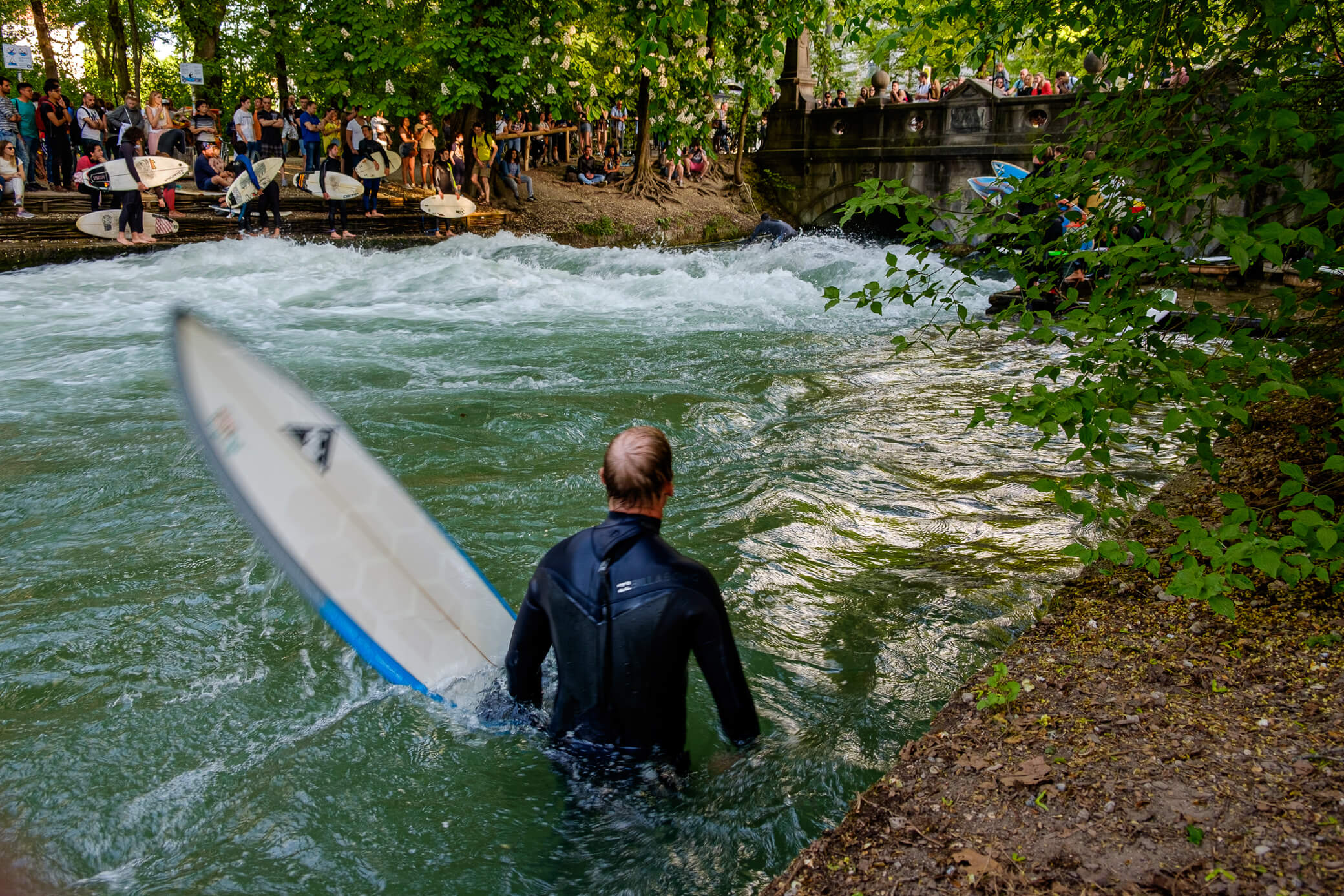
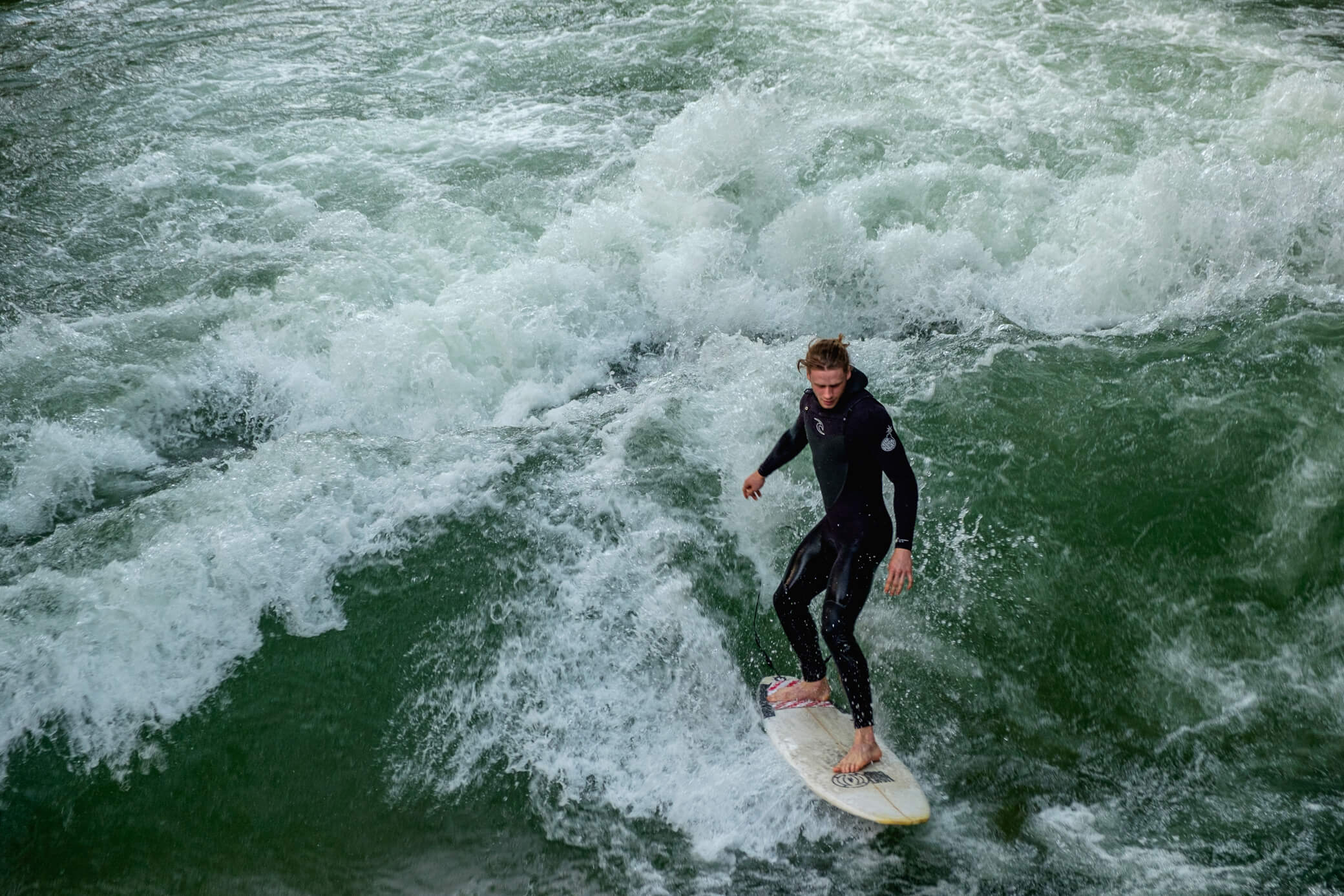
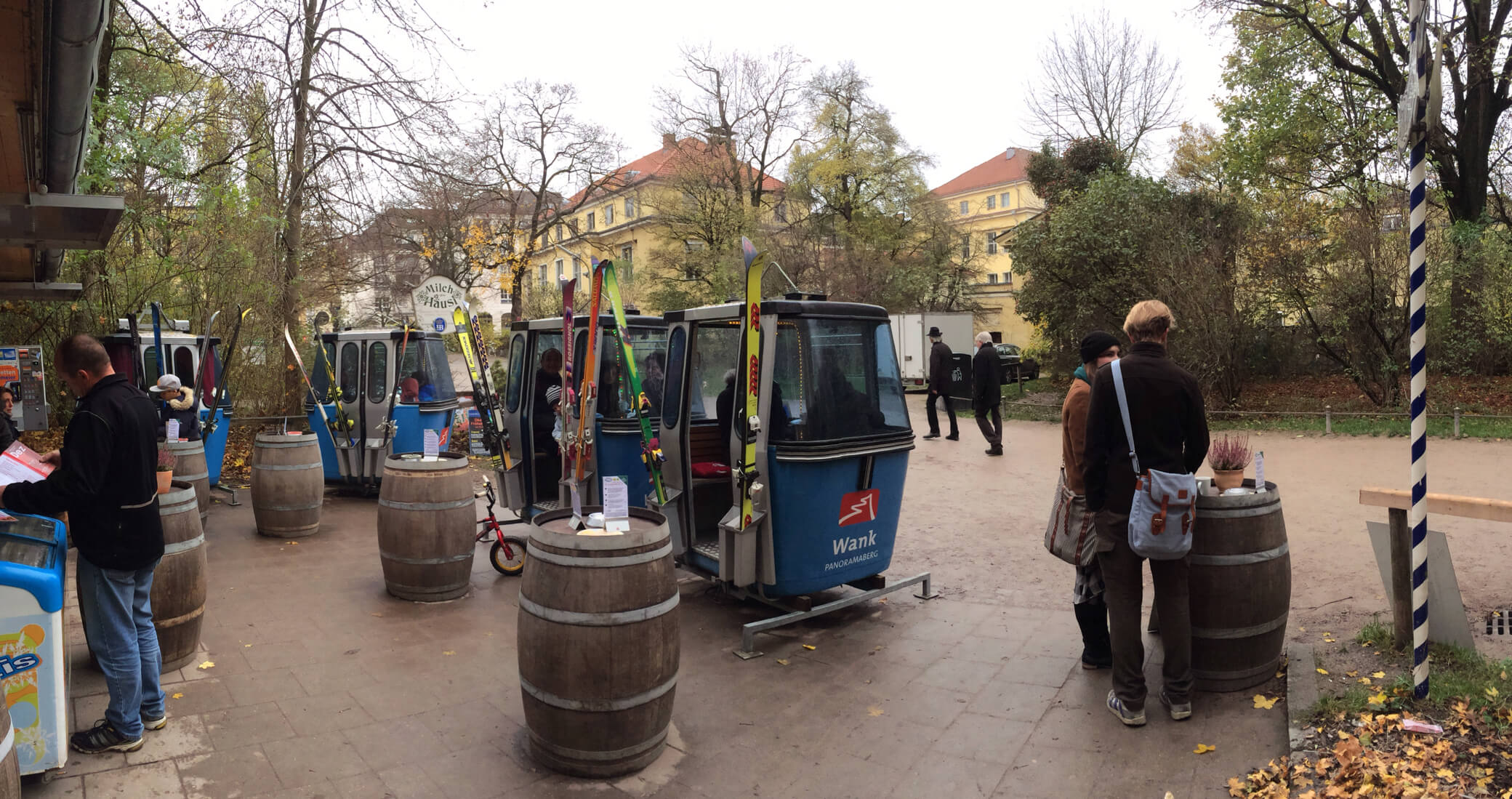
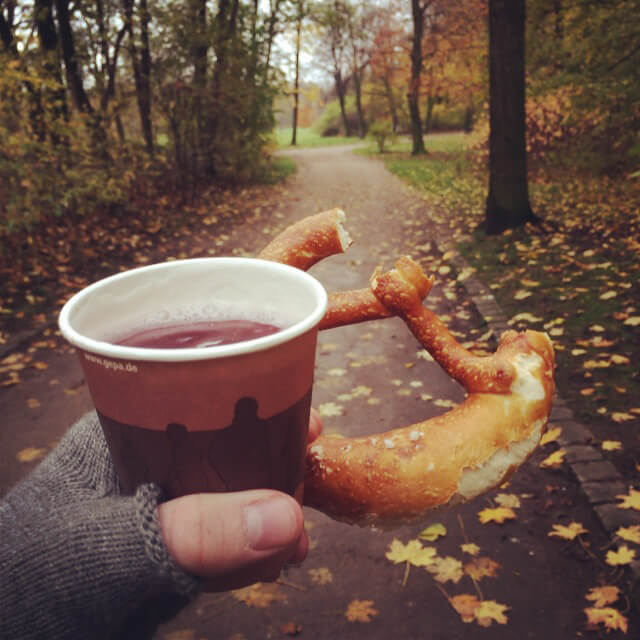
There are tons of other great spots: the gothic Marienplatz, Olympic Park, BMW Museum, Theresienwiese with the huge Bavaria monument. There are nightlife neighborhoods (and night party buses) and simply streets that are endlessly pleasant to stroll.
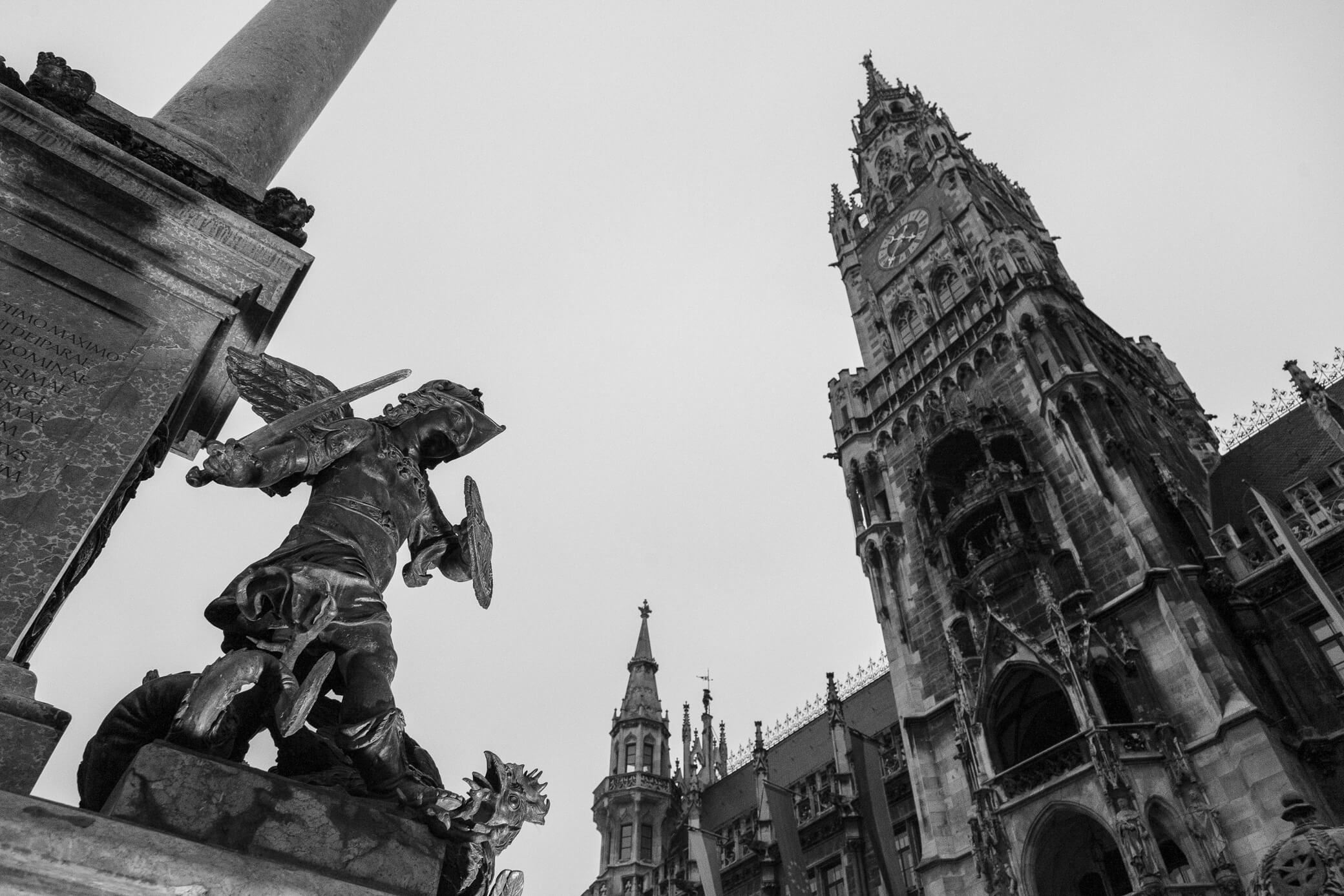
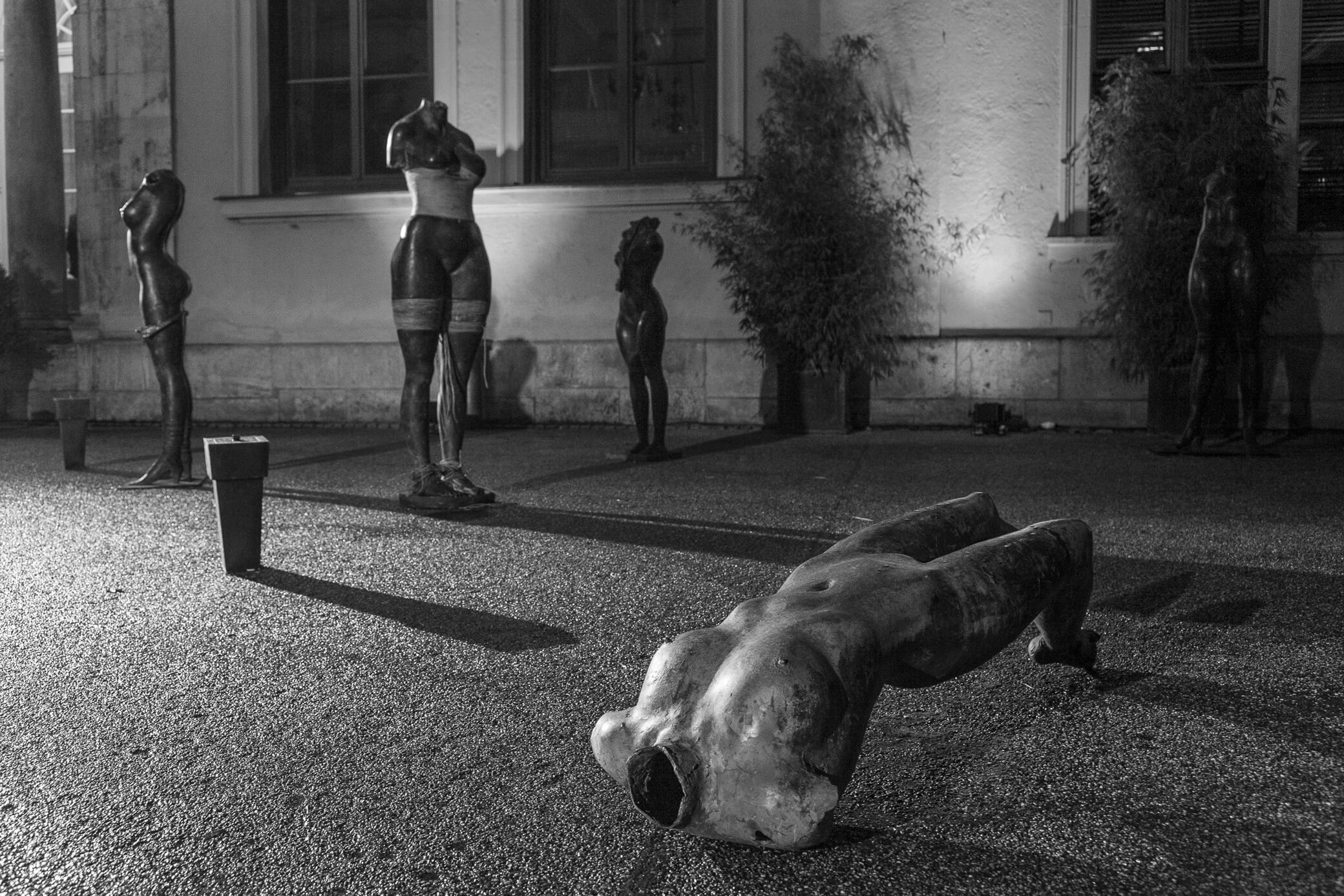
Less pleasant neighborhoods cluster around the station, home to labor migrants and refugees. Those parts of the city feel more like Germany’s capital and provoke less positive feelings. But it doesn’t spoil the overall impression.
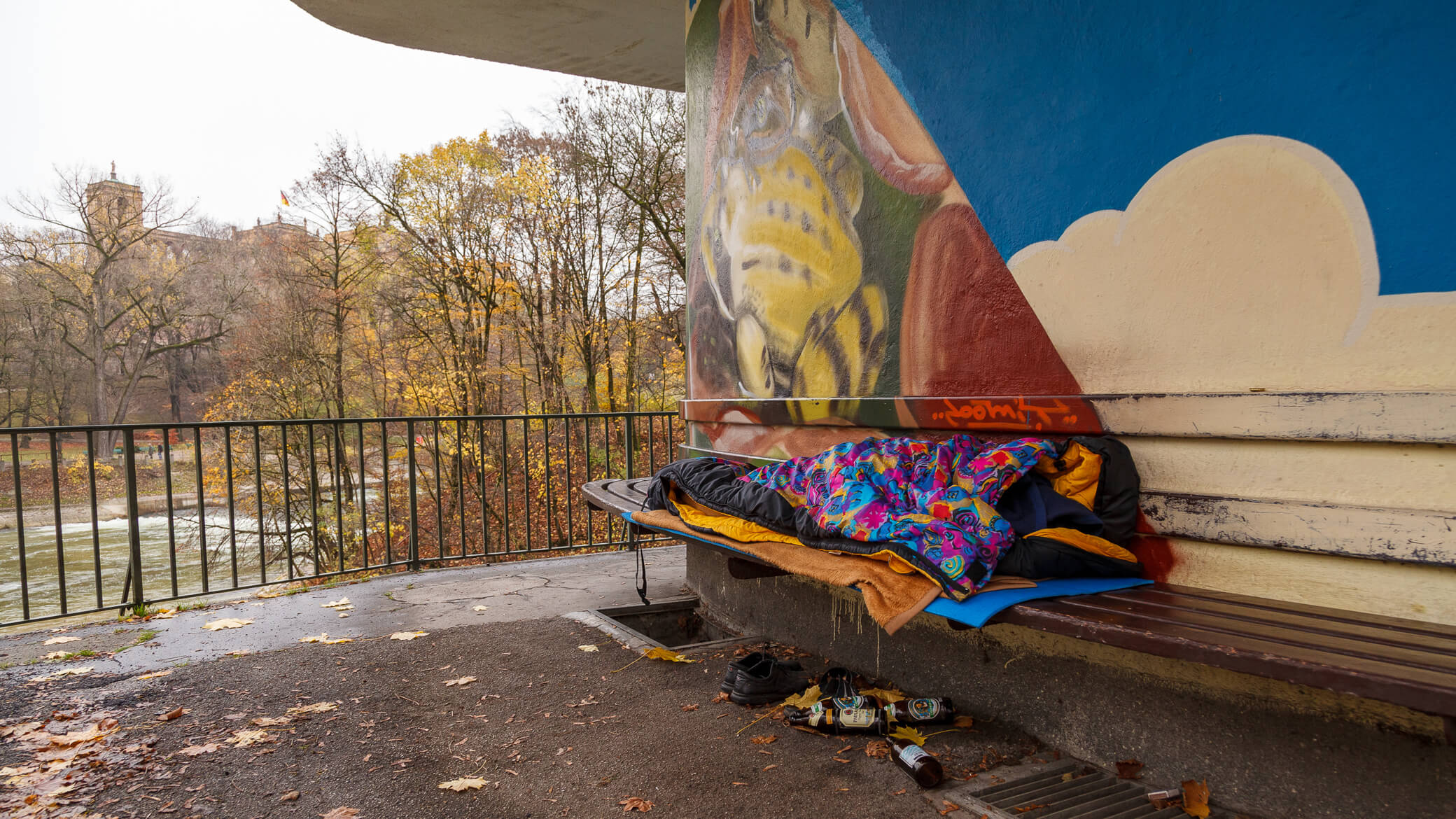
Munich is also excellently planned and equipped. In my opinion, it’s the most balanced among Germany’s large cities.
Dachau
Just half an hour from Munich by suburban U-Bahn lies the pastoral town of Dachau, home to a memorial dedicated to one of the most harrowing concentration camps of Nazi Germany. This place leaves a deeper impression than the infamous Auschwitz-Birkenau convoy in Polish Oświęcim.
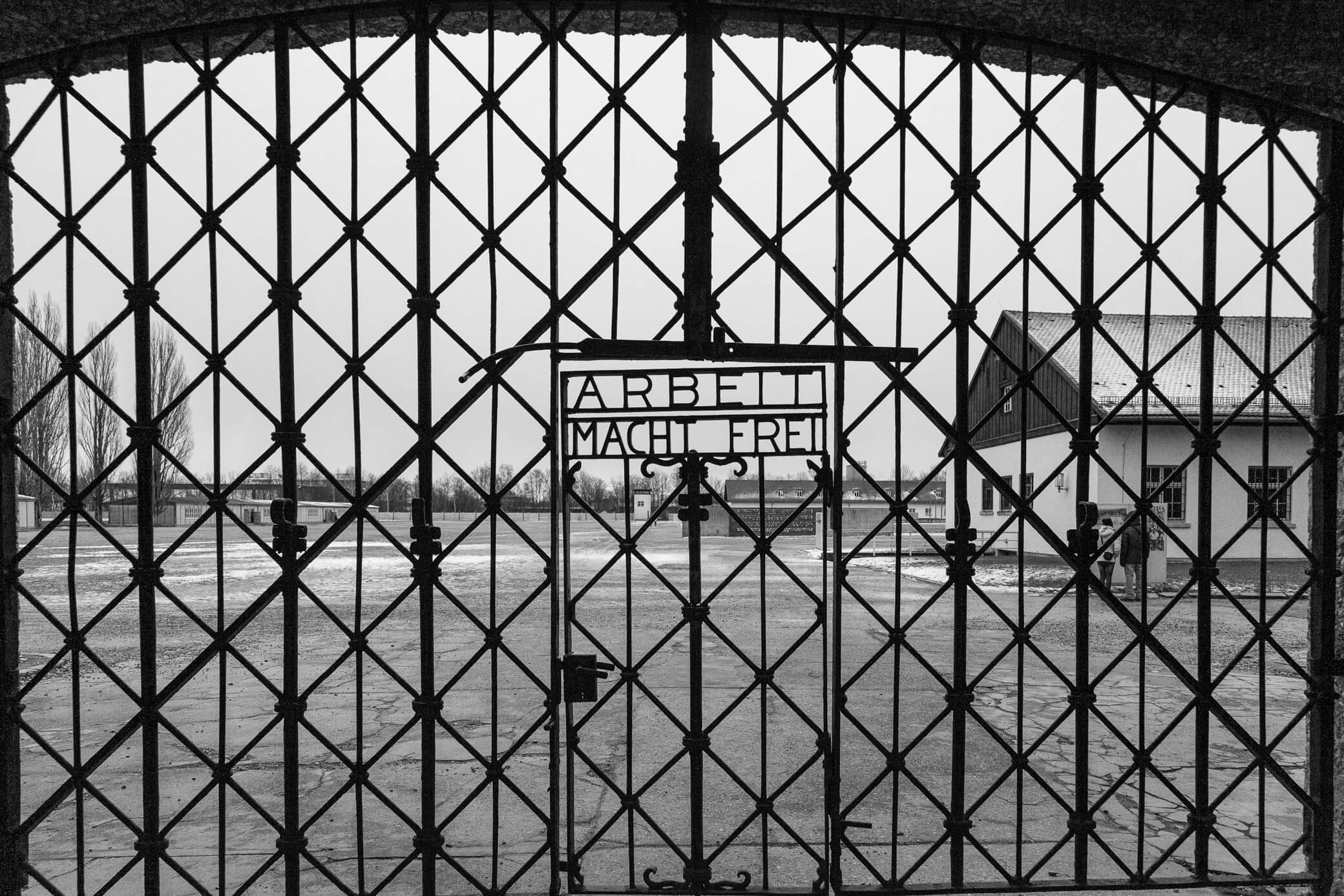
Dachau was one of the very first concentration camps — the model upon which later camps were built. It was constructed back in 1933, well before the war. Initially, it held ideological enemies, communists, Roma people, homosexuals, and criminals.
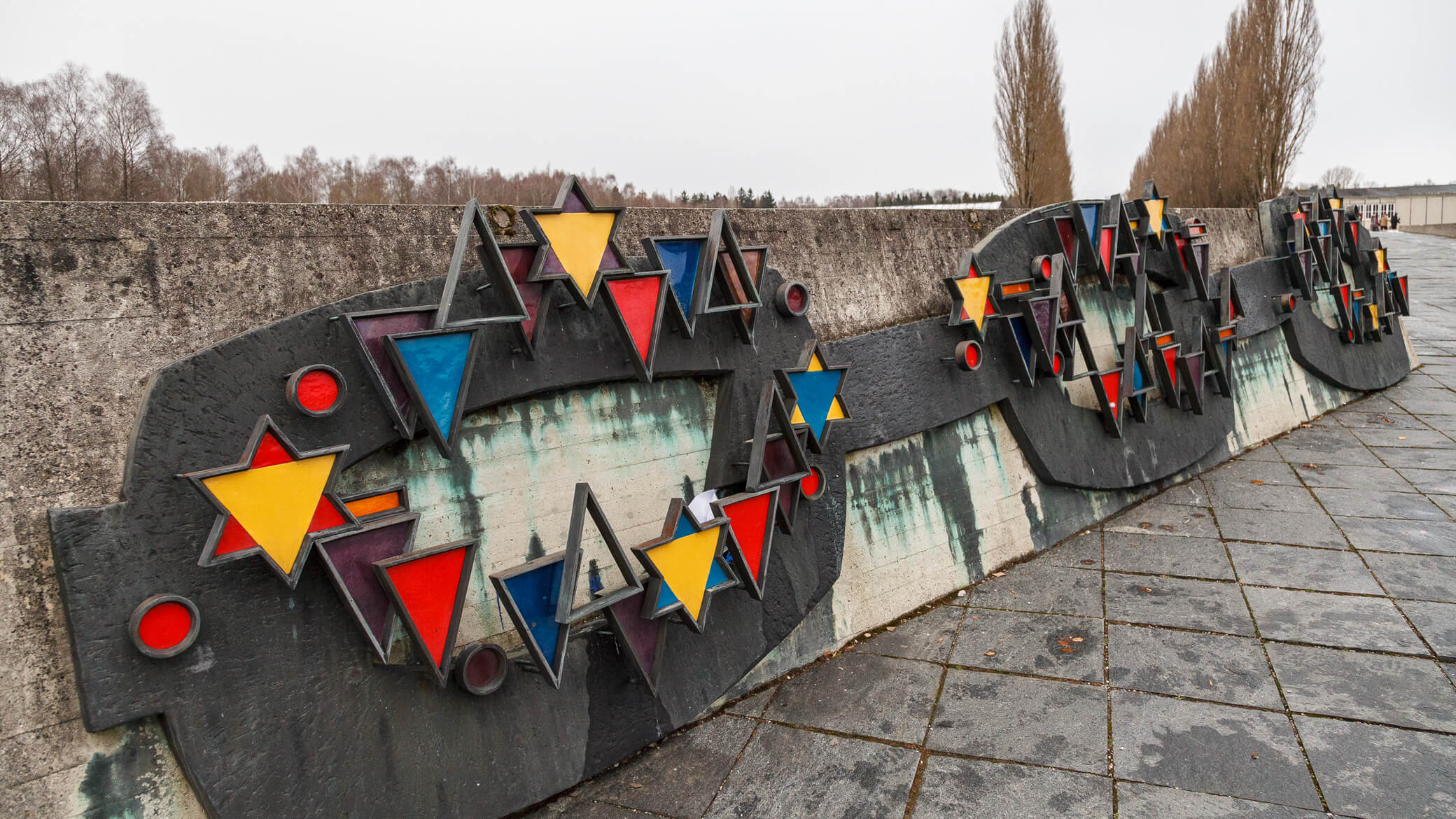
Later came Jews, POWs, and other victims of Nazi terror. In total, nearly 200,000 people were imprisoned here — worn down by hard labor, horrific living conditions, and inhumane medical experiments that often ended in death.
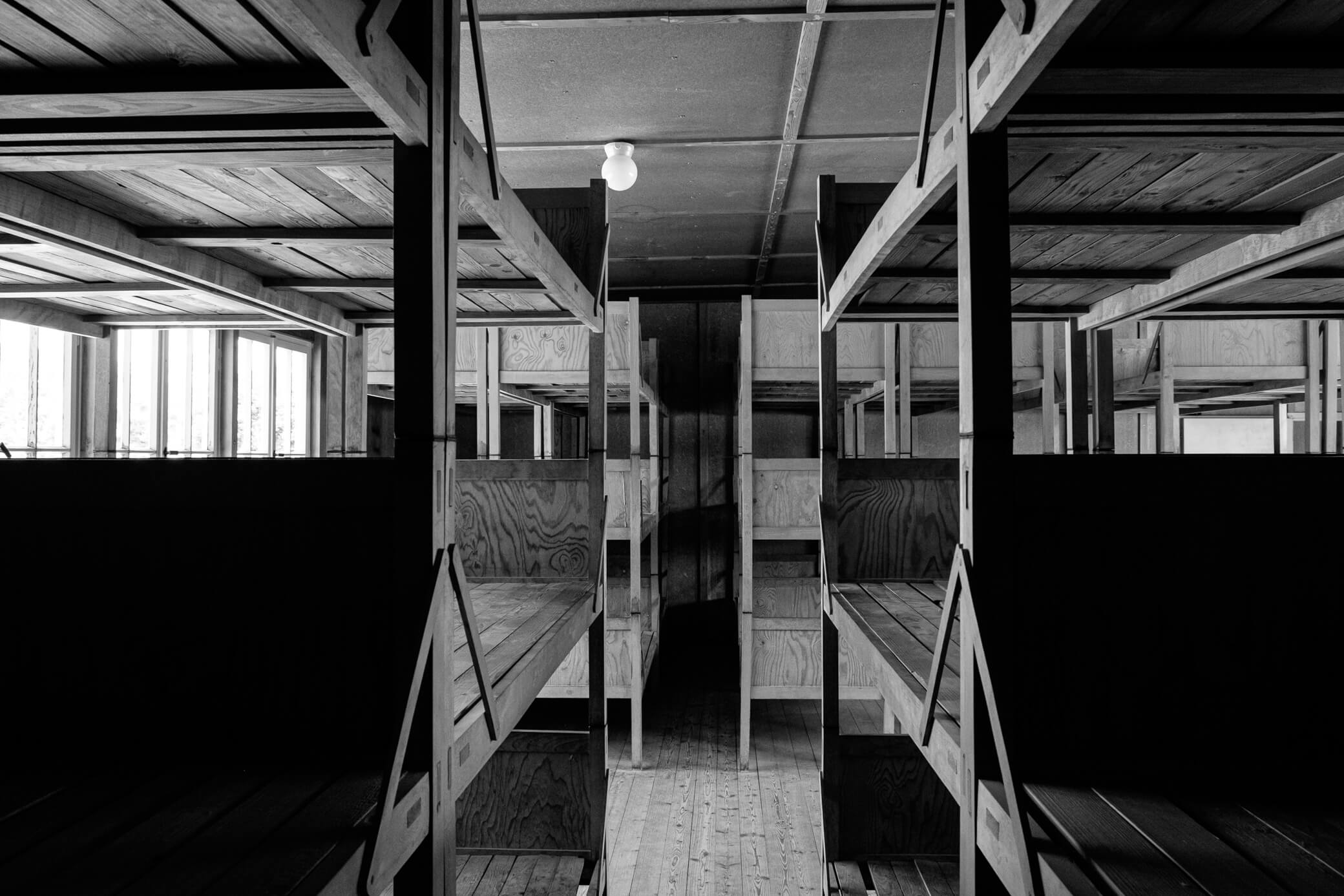
When American forces liberated the camp in 1945, they were so shocked by what they found that they executed over 120 surrendered SS guards. Another 40 were torn apart by former inmates. One of the machine gunners opened direct fire on the captured Nazis with a.30 caliber.
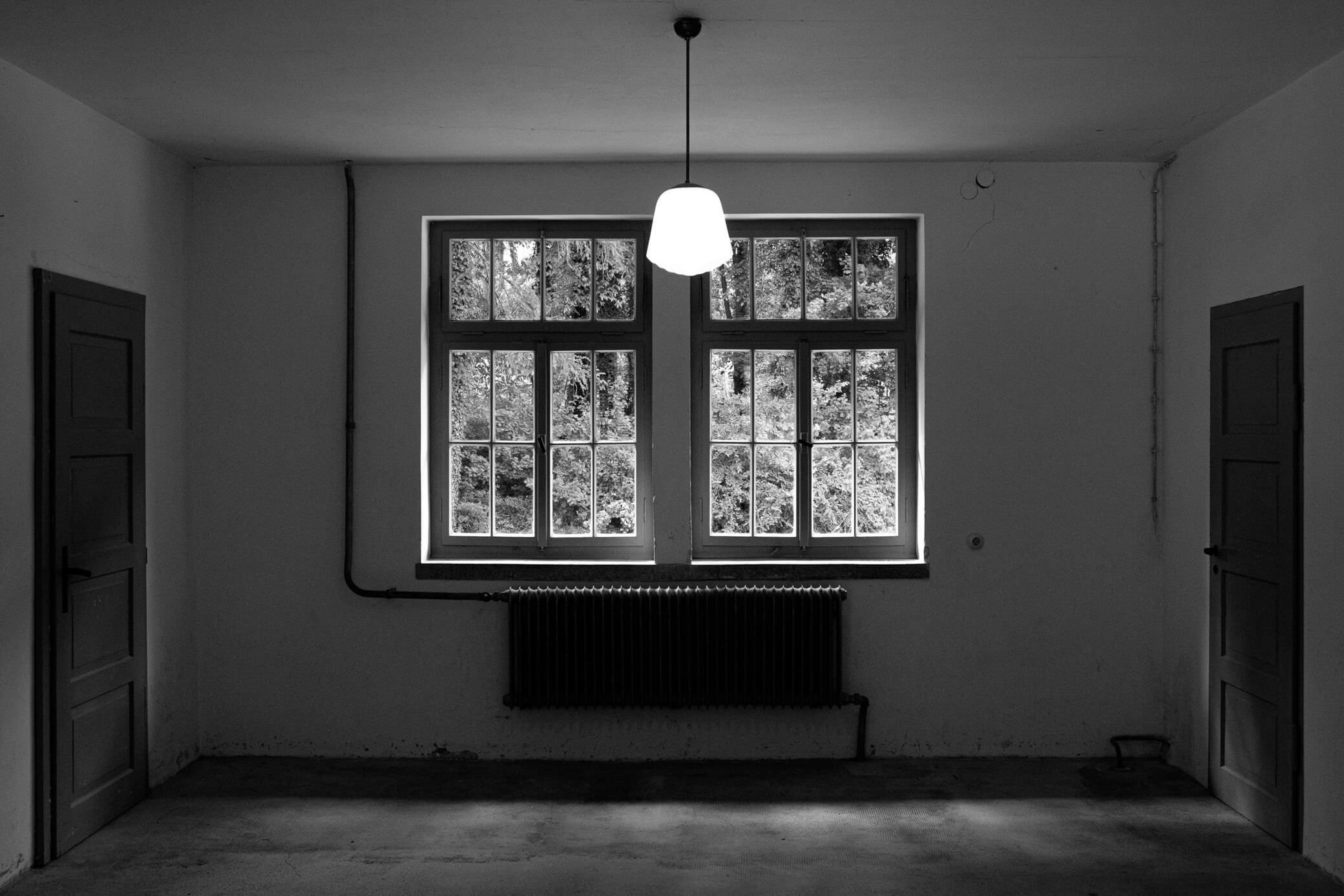
Germany doesn’t shy away from its darkest chapters — the main building hosts a museum that documents every horror of the camp in detail. Two prisoner barracks, the gas chambers, crypts, and the double barbed-wire perimeter are preserved. Entry to the grounds and museum is free.
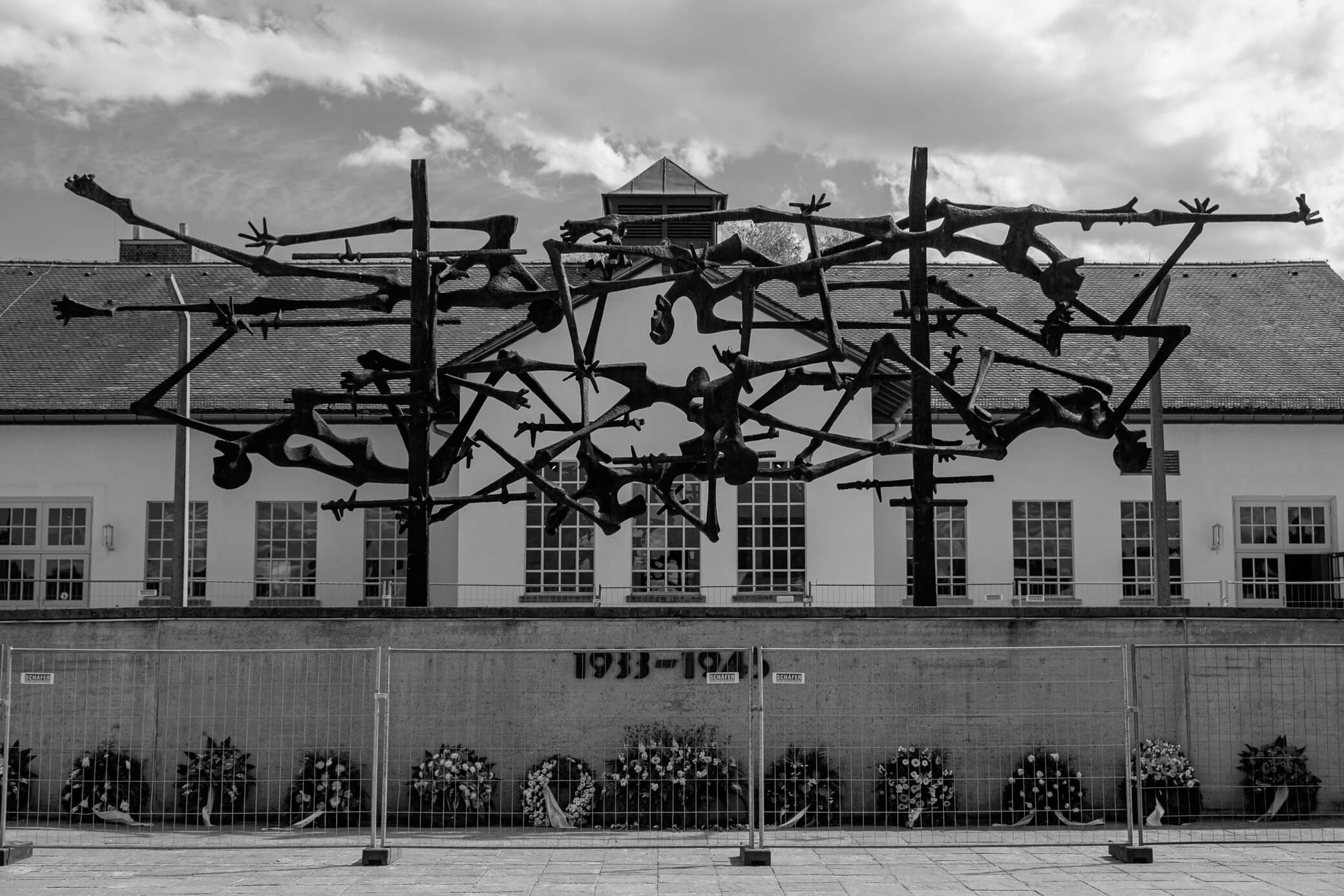
I spent the entire daylight hours in Dachau and left with a bitter taste of helplessness and injustice. I’m not the most impressionable person, but even writing these lines, it’s hard to hold back tears or swallow the lump that’s forever stuck somewhere beneath my Adam’s apple.
Füssen, Schwangau, Neuschwanstein
A completely different experience — a visit to the “Disney” castle of Neuschwanstein. It sits at the foot of the Alps in the commune of Schwangau, near the scenic town of Füssen. You can get there in a couple of hours by direct train from Munich Hauptbahnhof.
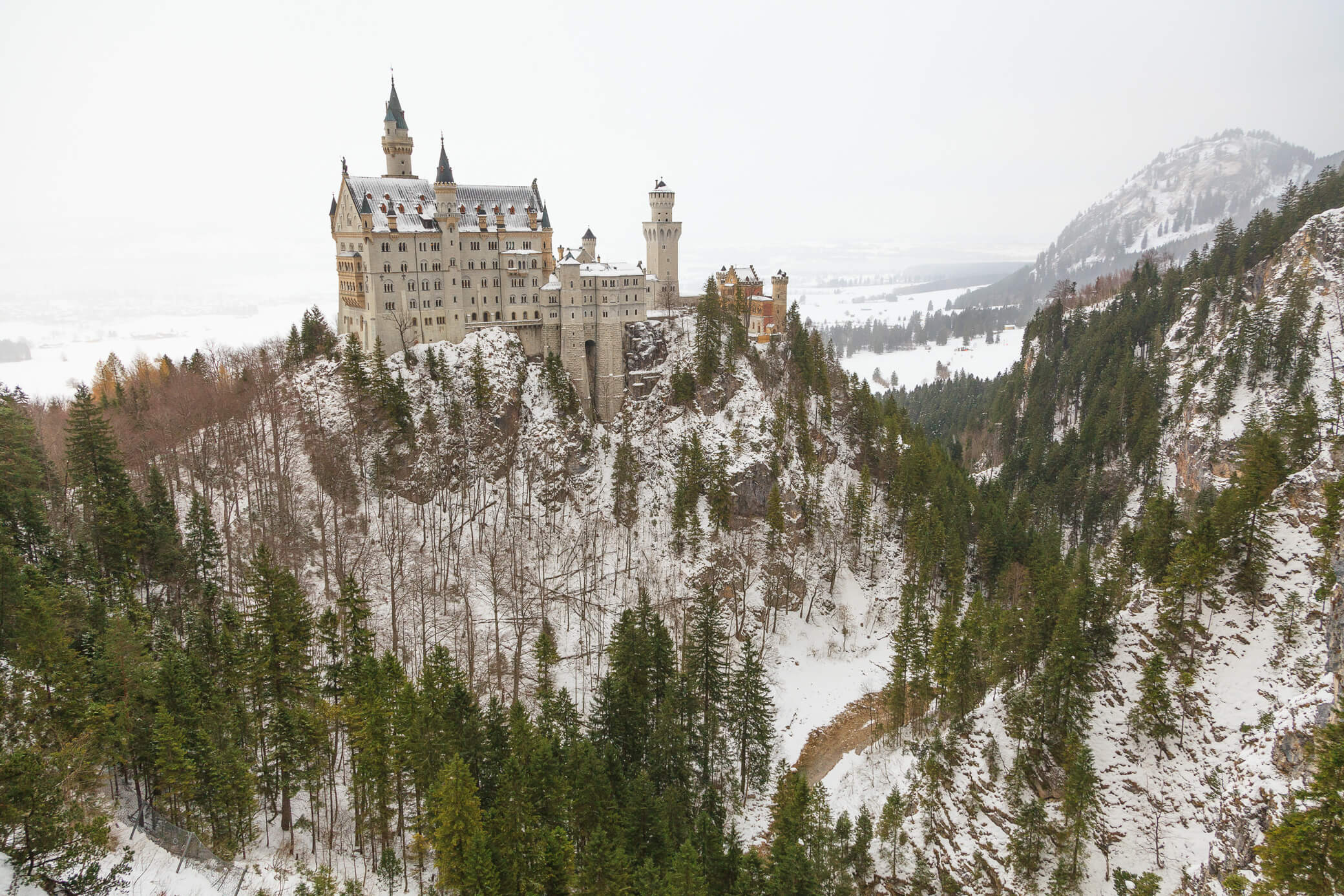
The castle itself is the brainchild of King Ludwig II’s whimsical imagination. There’s not much actual history behind it — it was built at the end of the 19th century on the ruins of two older fortresses purely because the monarch fancied it. Designed in a medieval style filtered through the lens of romanticism.
The king only spent 172 days in the castle before he suddenly passed away. The project was so ambitious it blew through all budgets and deadlines, plunged the commune into debt, and was never fully completed as originally planned.
From afar, the castle impresses with its scale and grotesque architecture set against mountains and waterfalls. But up close and inside, it feels like a plastic theme park replica. The guided tour was the biggest letdown. It’s much better to admire the castle from the narrow Marienbrücke bridge.
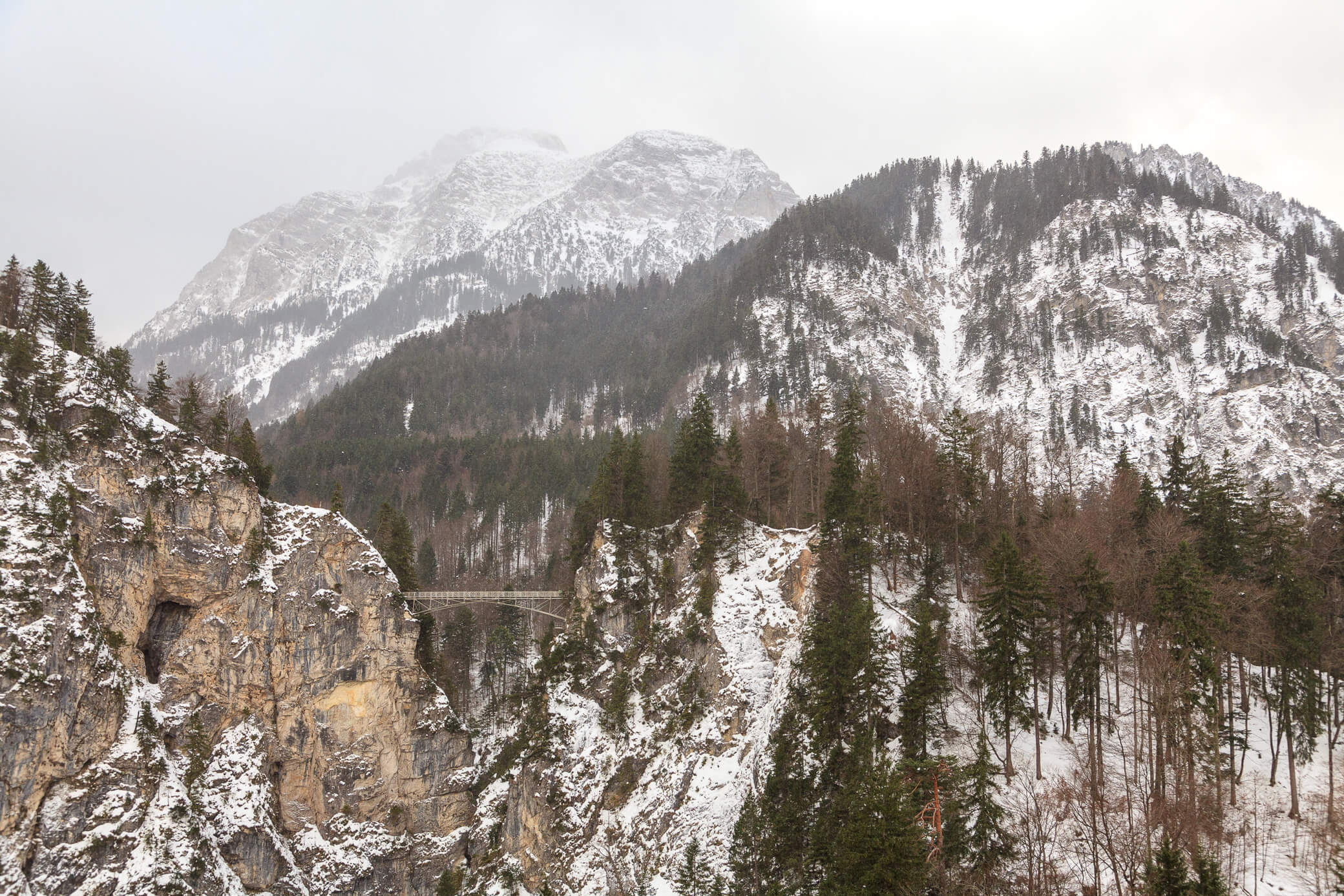

Down in the valley lie the commune of Schwangau, Alpsee lake, and the Hohenschwangau Castle. In the evening, the whole area feels like a fairytale, where the real stars are the alpine hills and ancient pines — laughing in unison at your fleeting existence.
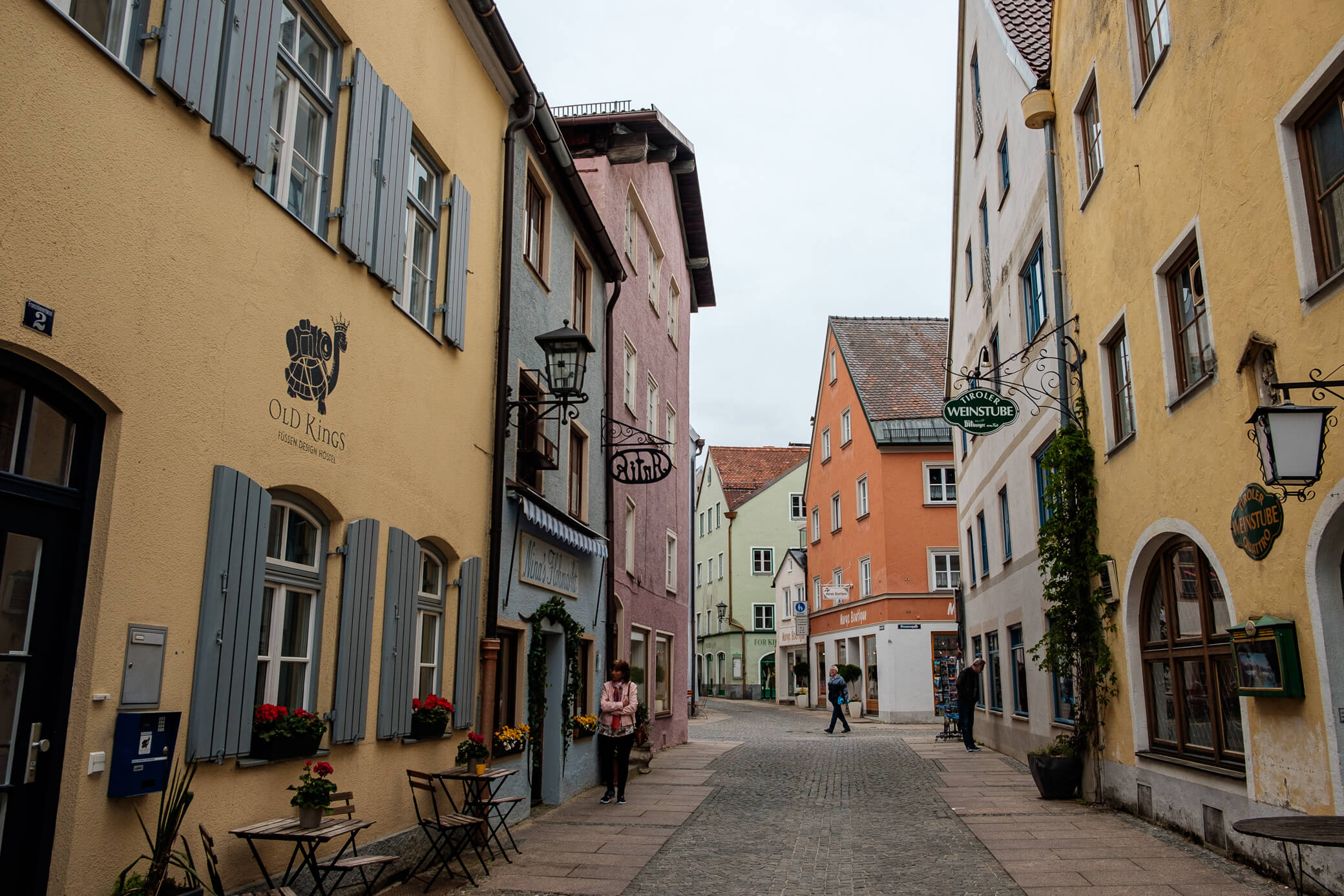
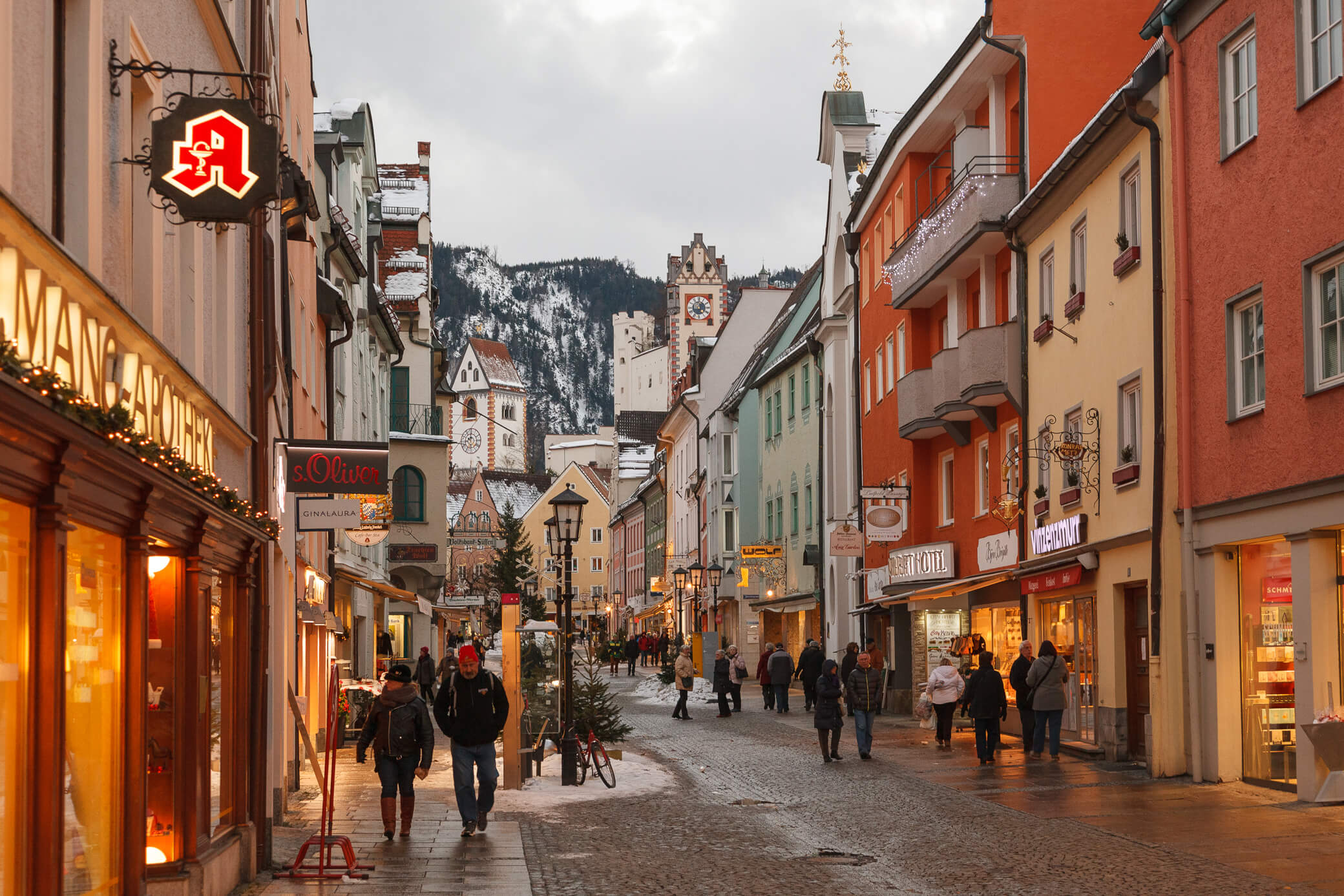

The town of Füssen, where the return train departs, is also painfully beautiful — flaunting its facades decorated with intricate sgraffito. It’s the kind of place that makes you want to stop in your tracks and forget the rhythm modern life has trained you to follow.
Nuremberg
The second-largest city in Bavaria and capital of Franconia. This is exactly how you picture German towns before ever visiting Germany. Red-brick Gothic, timber-framed houses, winding streets, and towers of the old city wall.

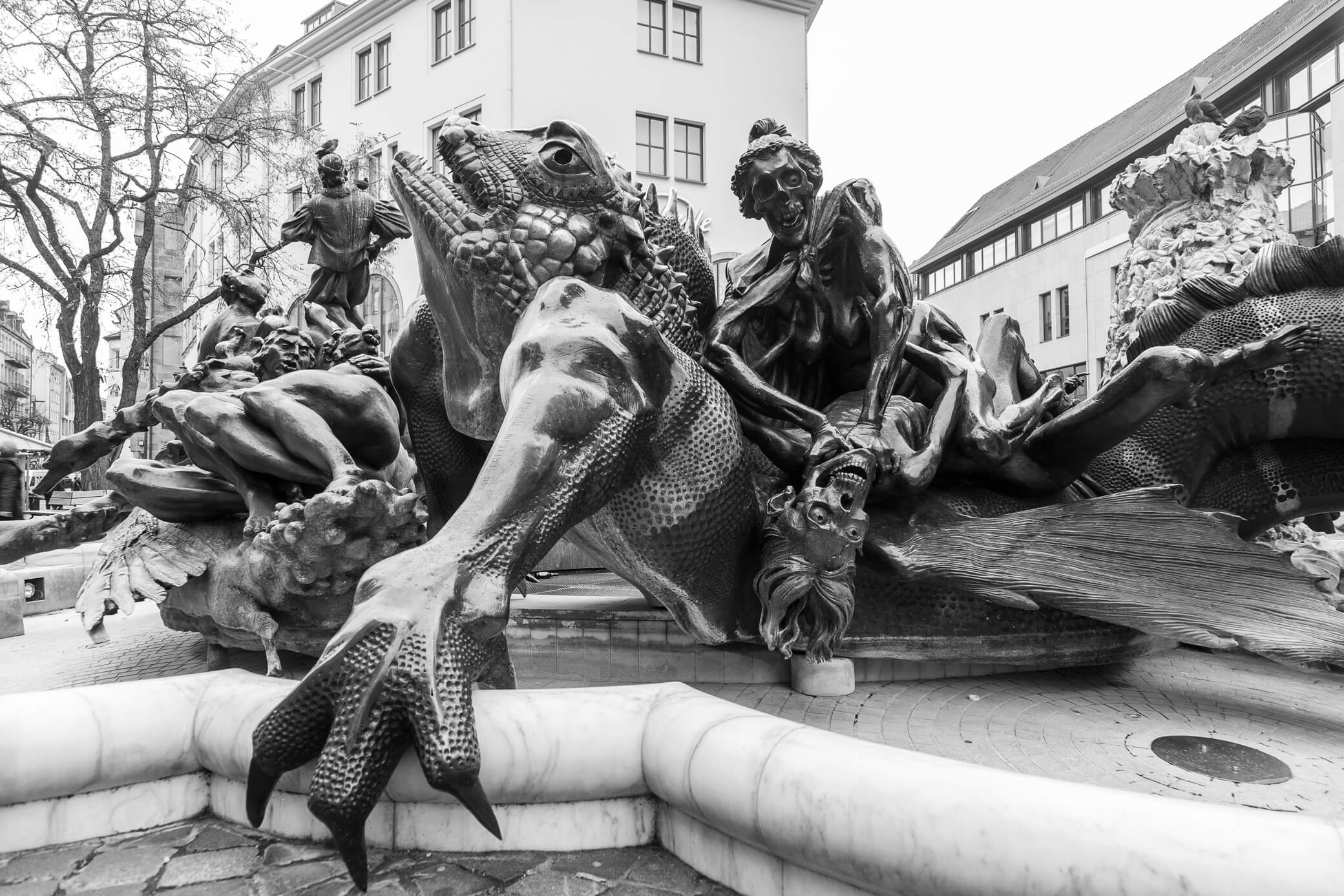
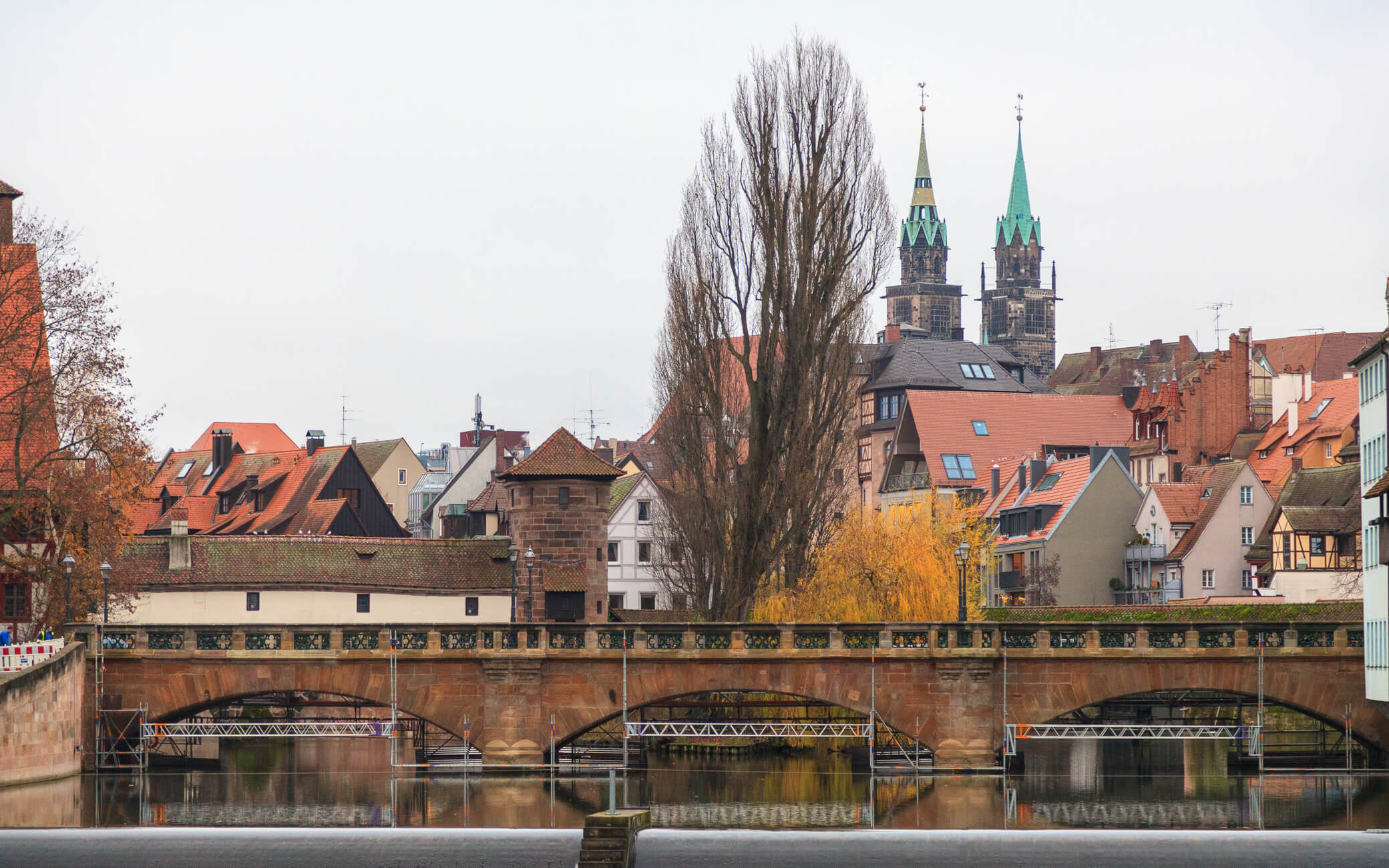
Even Adolf Hitler considered Nuremberg and its architecture a model of German culture. The first NSDAP rally was held here, and it’s also where the infamous Nuremberg Trials took place, sentencing top Nazi war criminals like Göring, Bormann, and Ribbentrop.
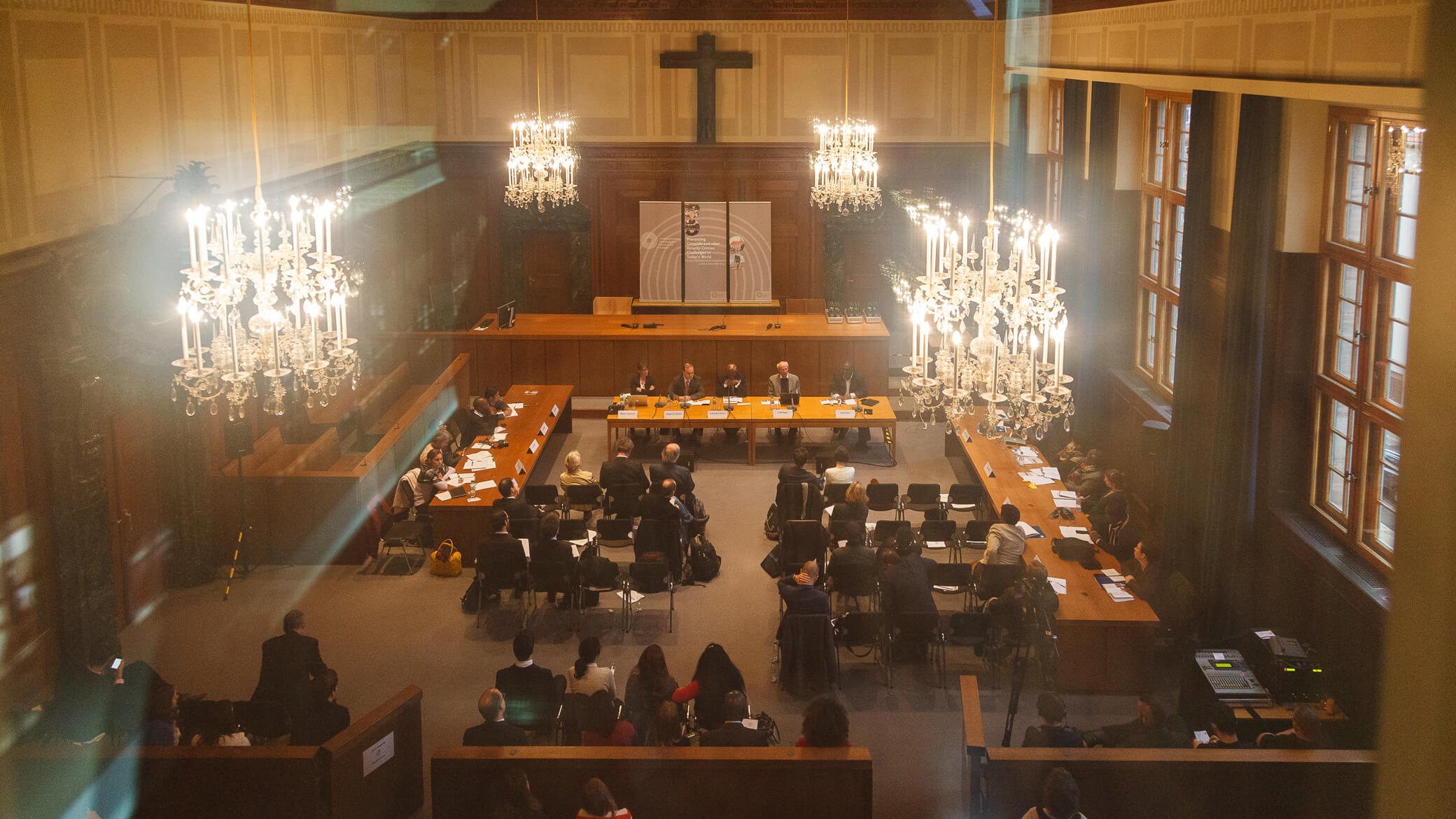
In 1935, under plans by Nazi architect Albert Speer, they began building the massive rally grounds for the NSDAP. The construction was never finished, but even in its incomplete state, the Congress Hall stuns with its scale.
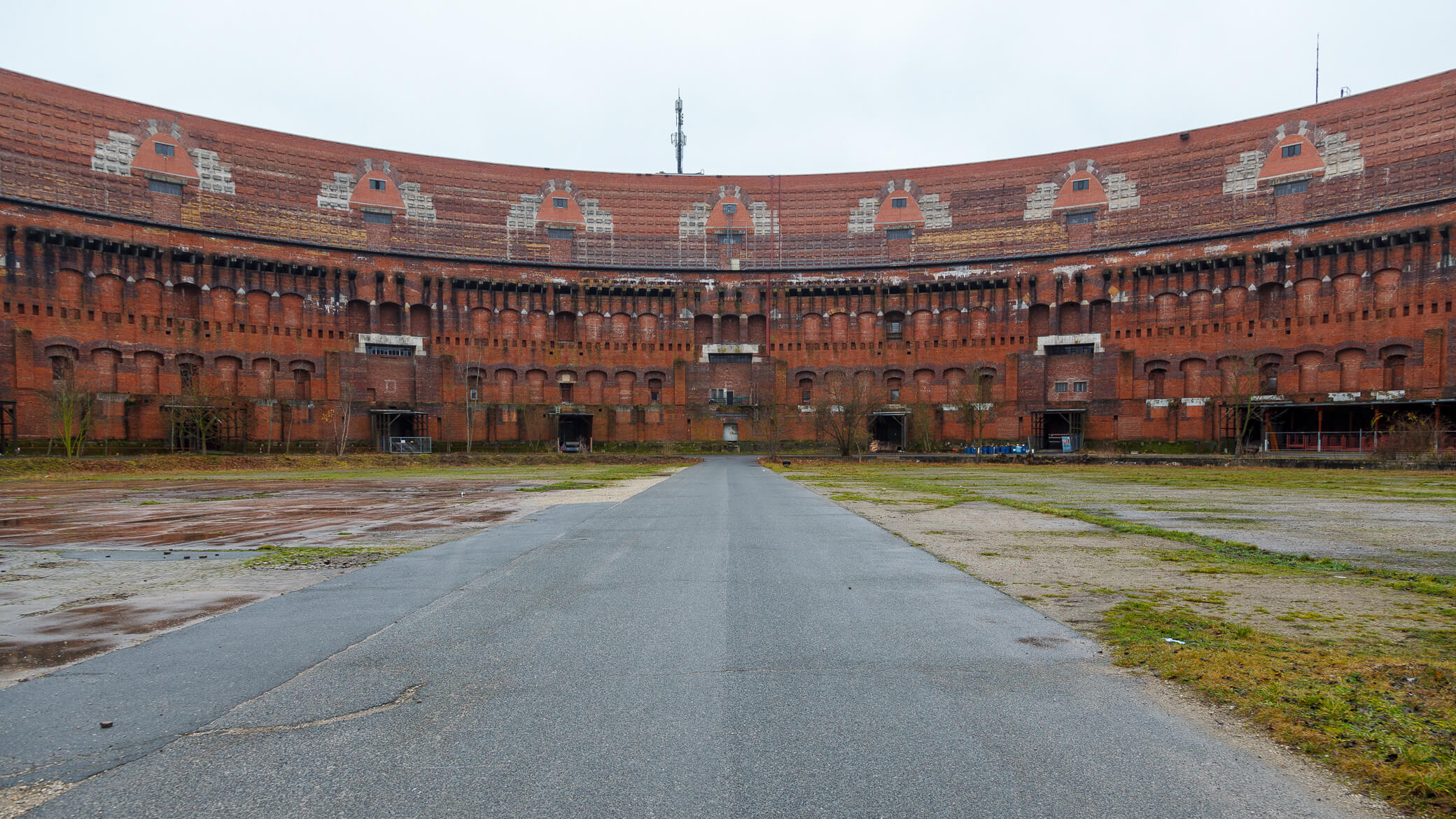
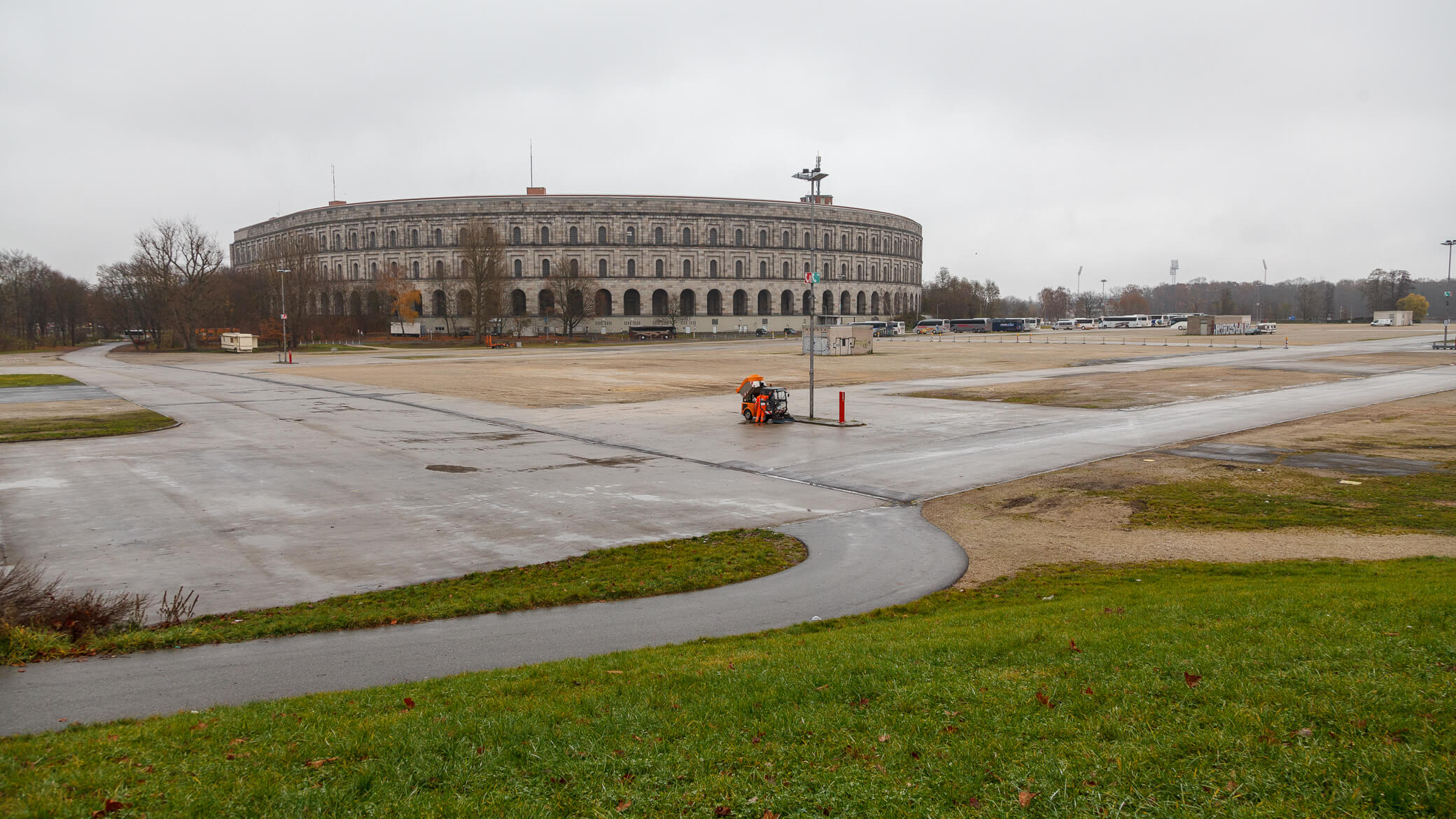
On a much more cheerful note, Nuremberg’s Christmas markets are just as grand in scale — among the biggest in Germany. Every year, over two million visitors flock to them. And it feels like they all end up at Hauptmarkt.
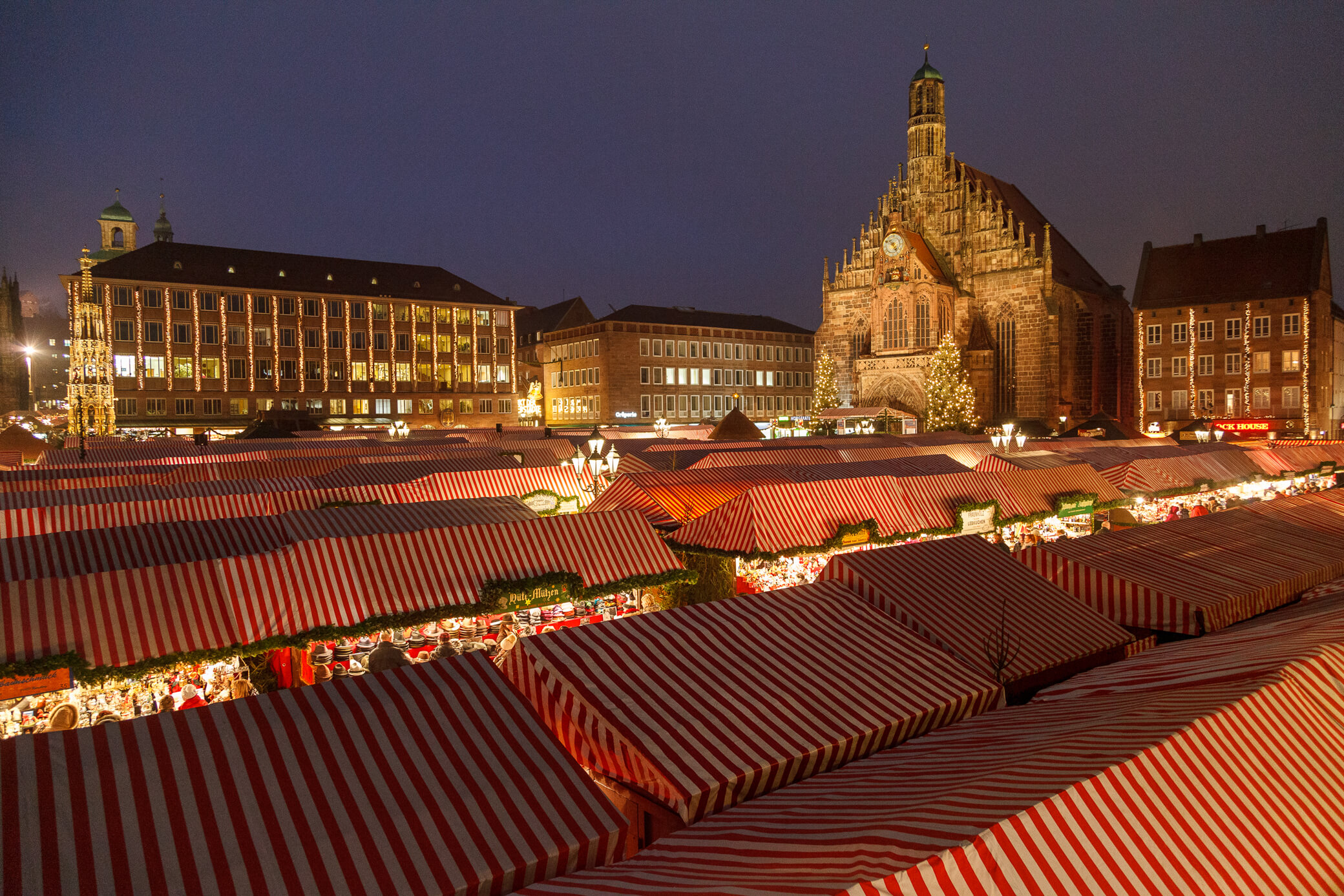
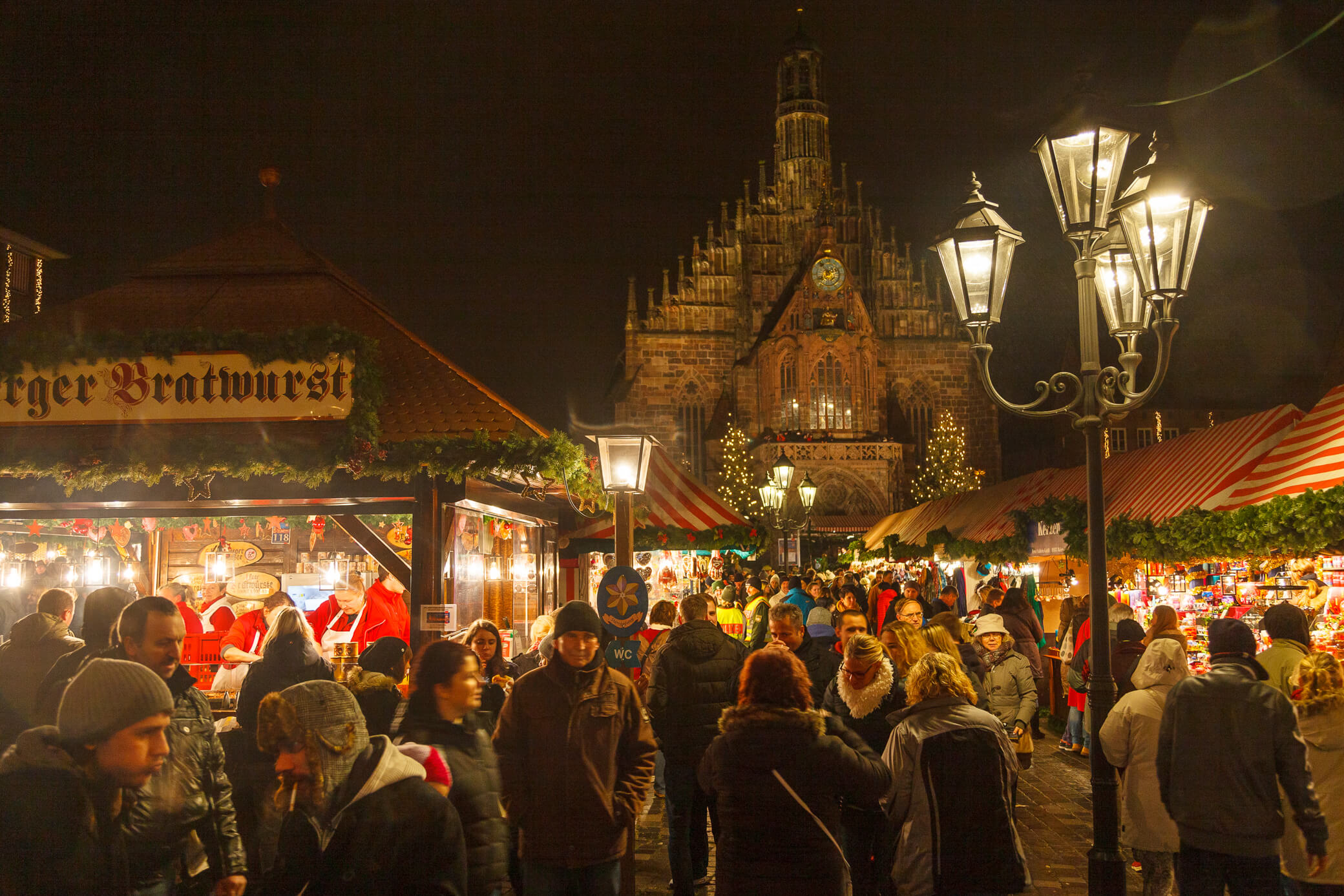
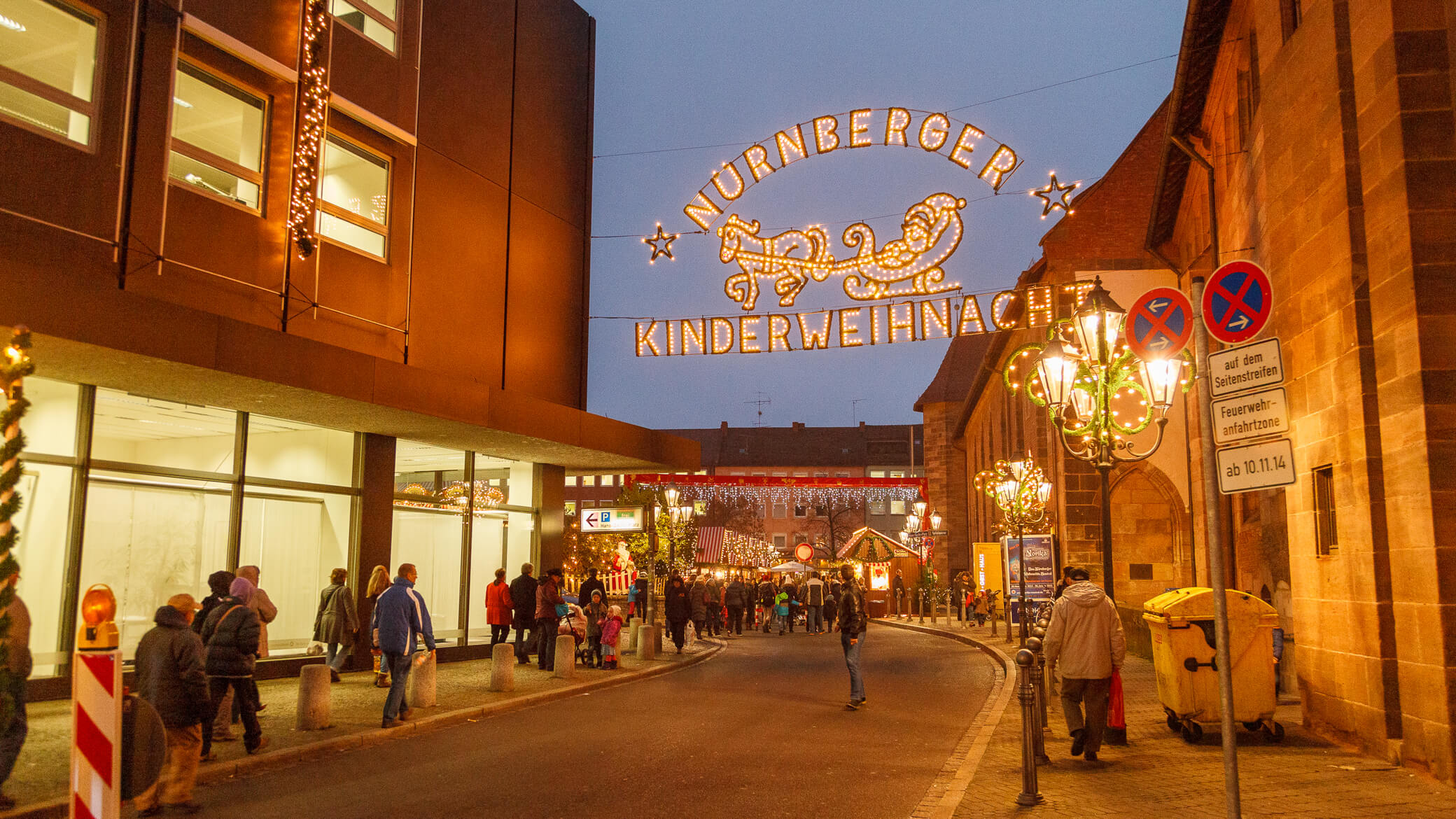
For some reason, Nuremberg left a less vivid memory than other German cities — it didn’t leave a clear impression. But it’s still very much worth visiting.
Frankfurt am Main
Unlike Nuremberg, Frankfurt stuck in memory — though not in the best way. Germany’s fifth-largest city, one of Europe’s major transport hubs, a city of bankers, skyscrapers, and luxury cars. And at the same time — the crime capital of Germany.
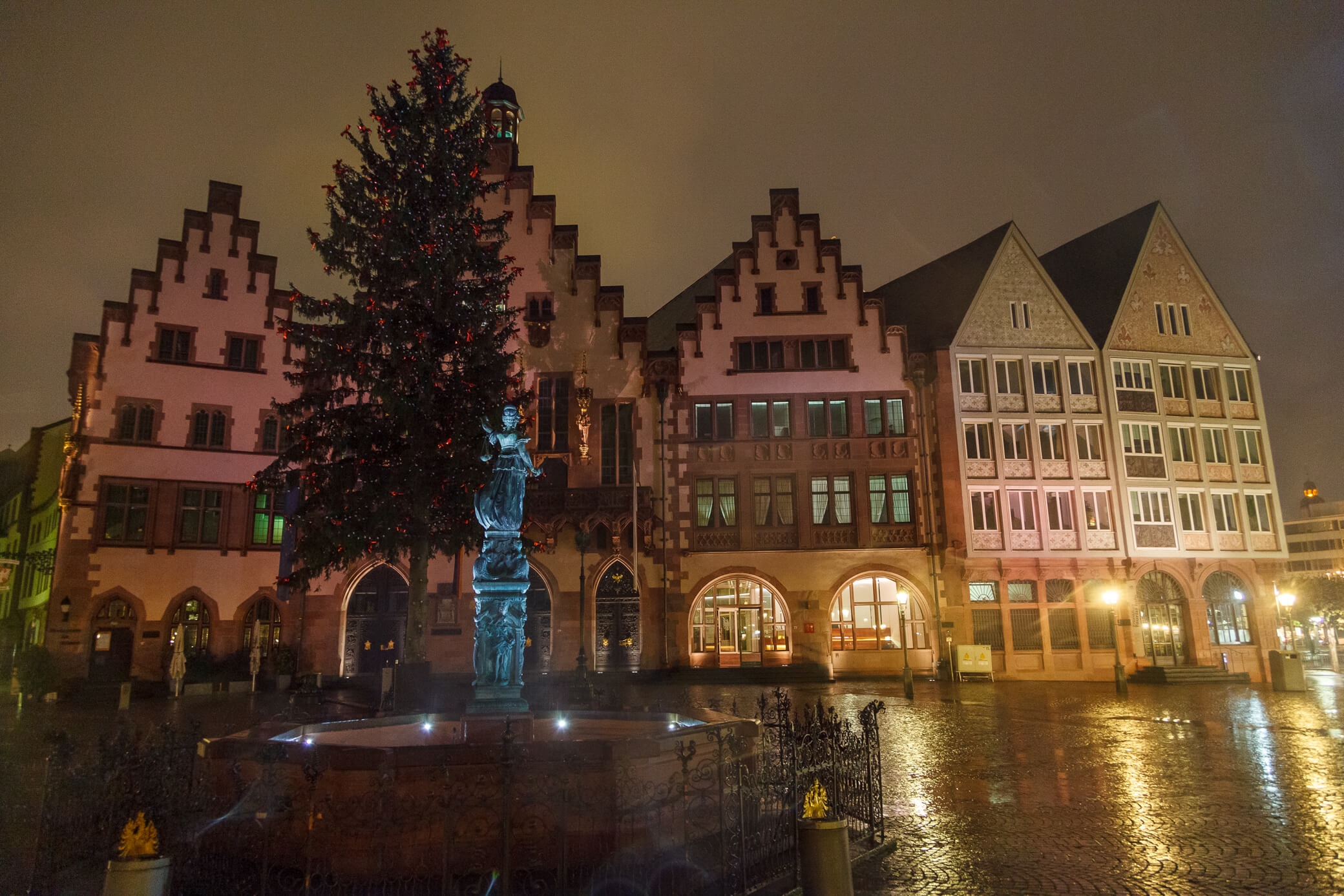
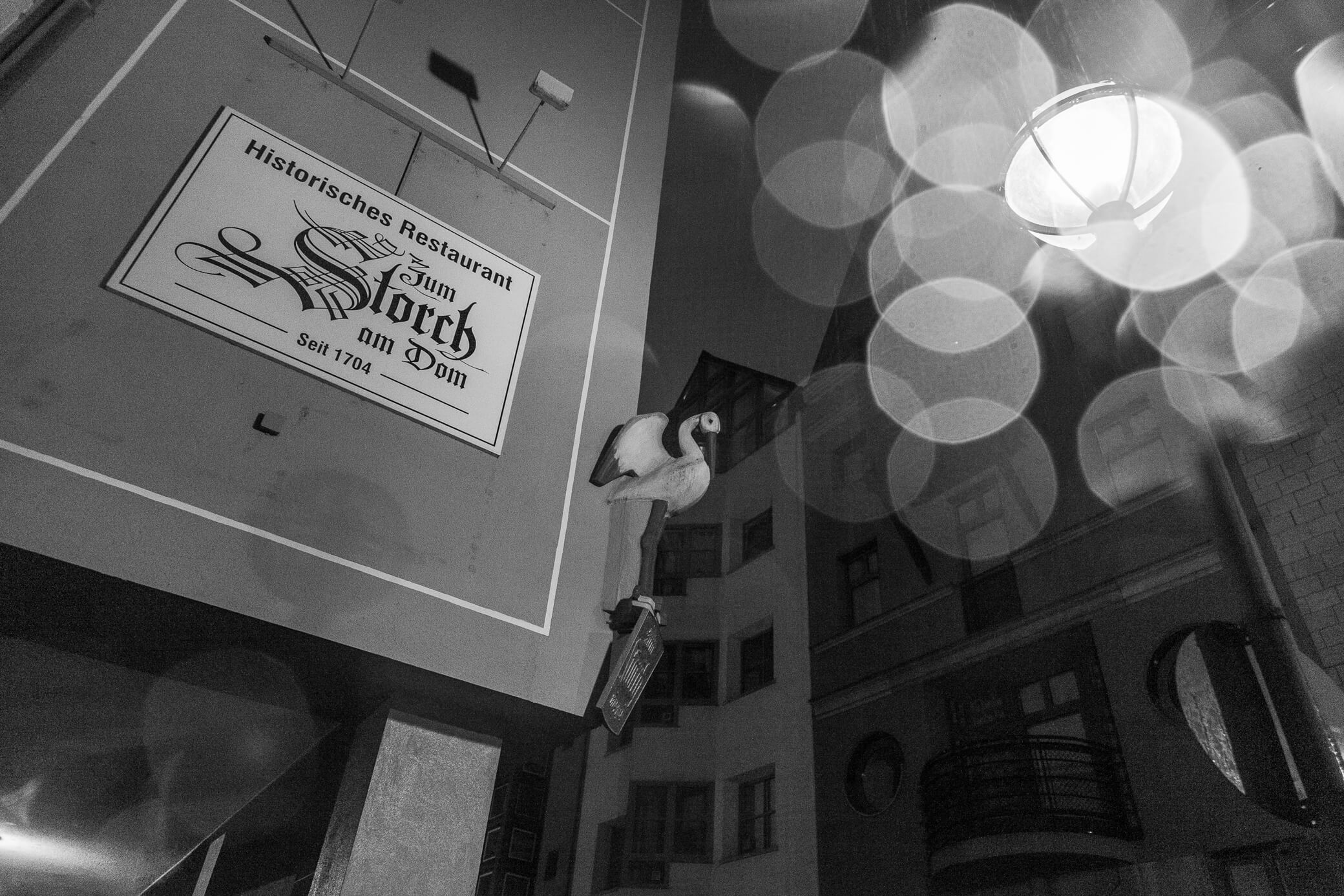
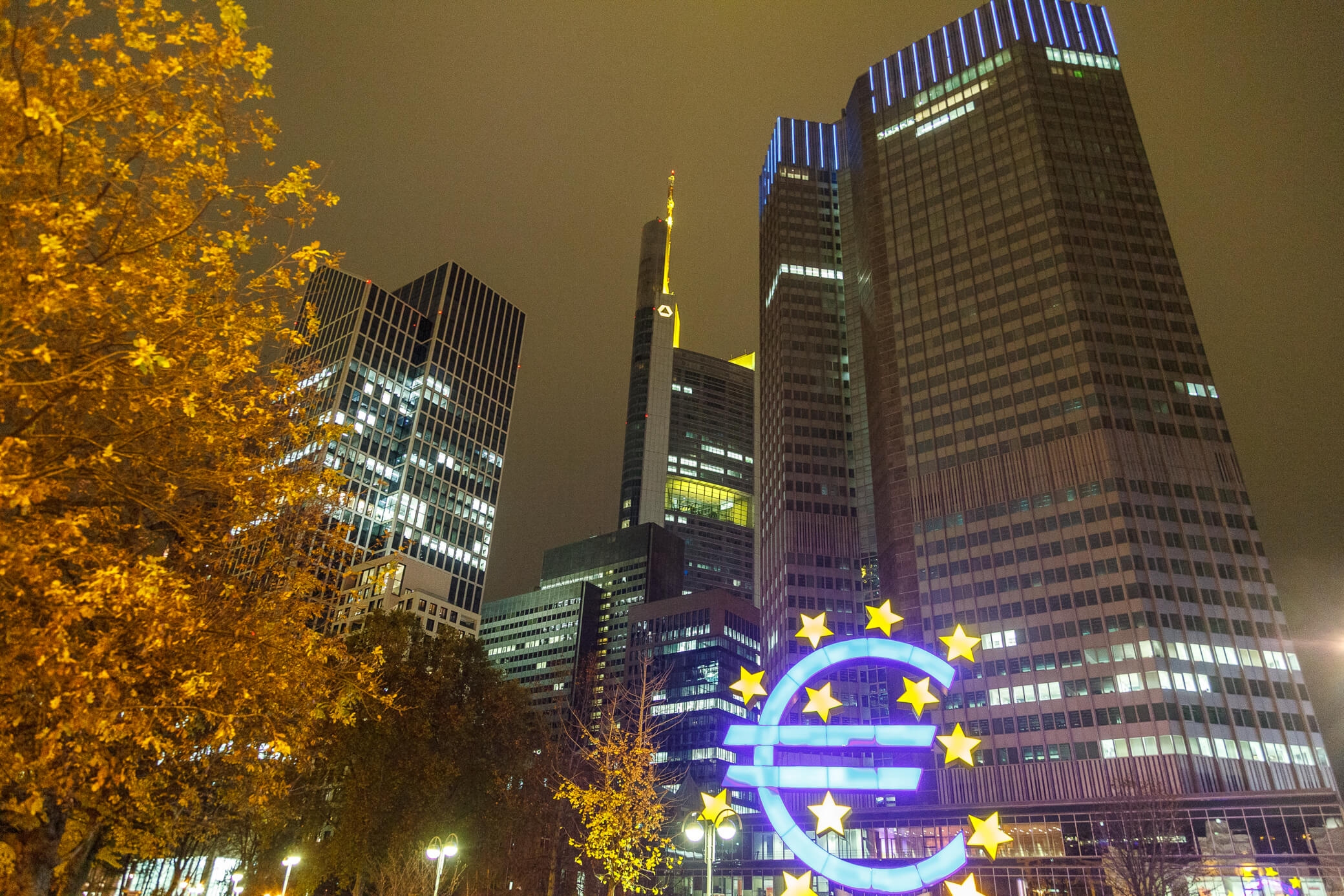
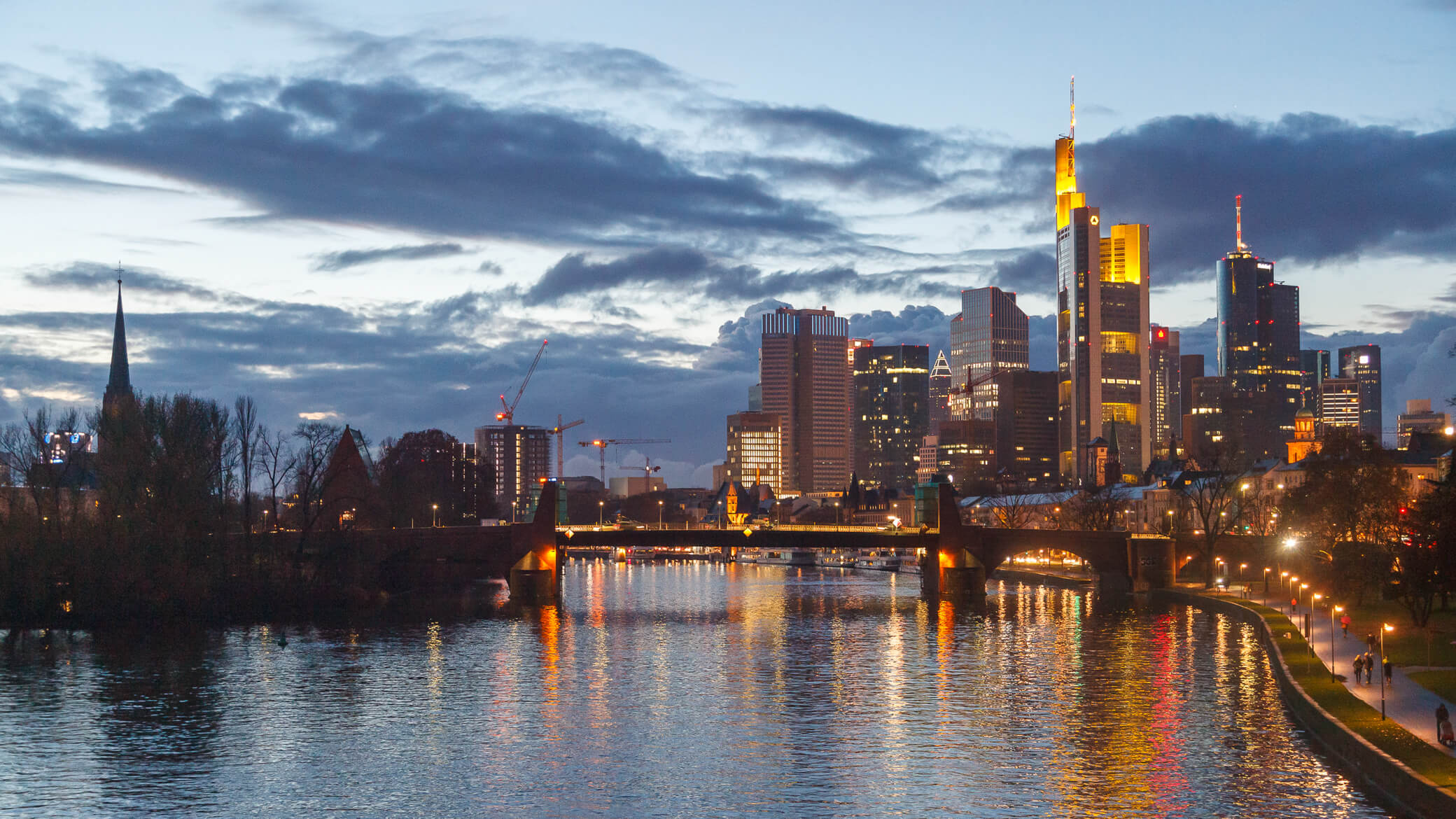
After the war, Frankfurt was almost completely destroyed. But unlike Munich, the authorities chose to restore only a few historical buildings. The rest was built up with high-rises, earning the city the unofficial nickname “Mainhattan” — Manhattan on the Main River.
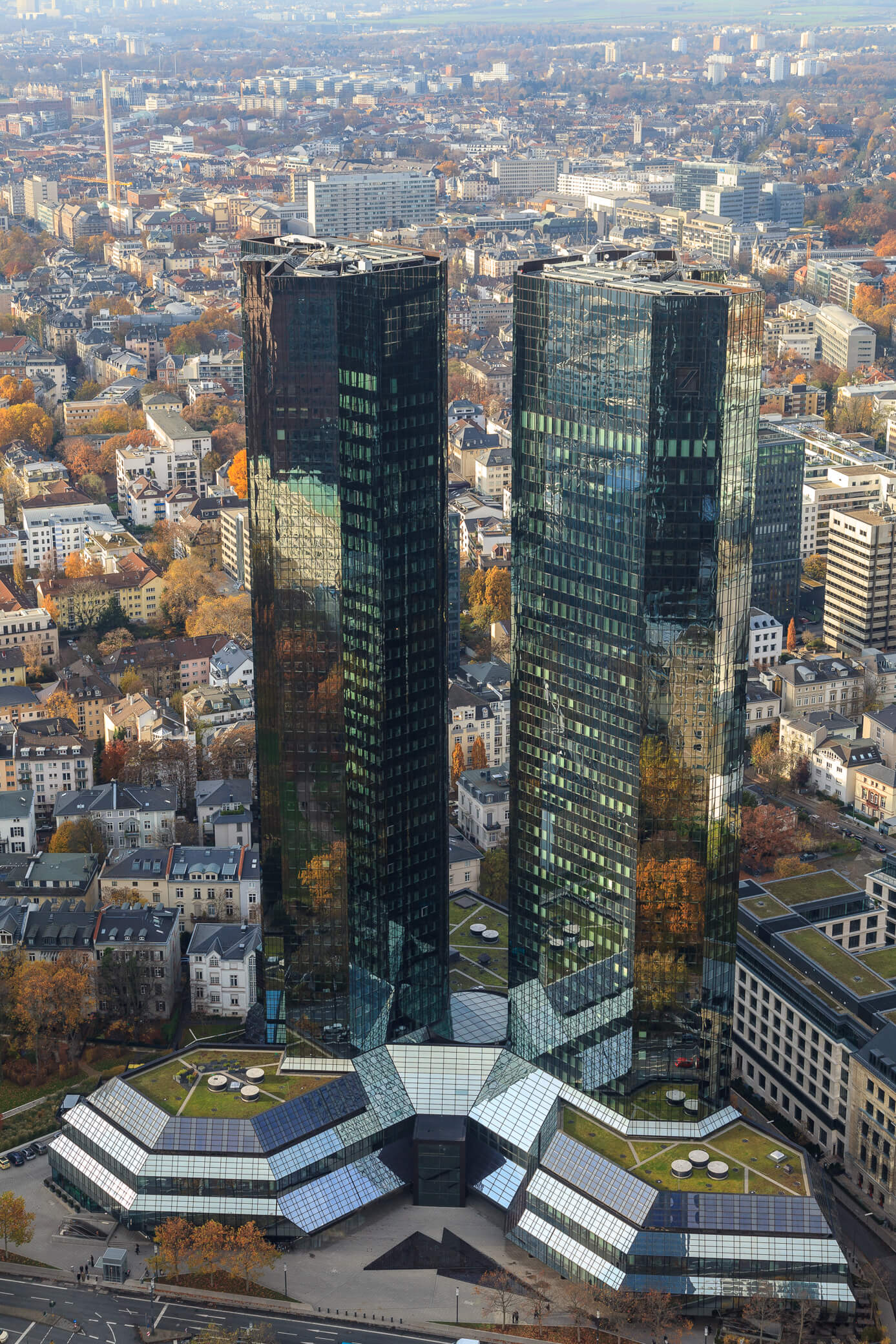
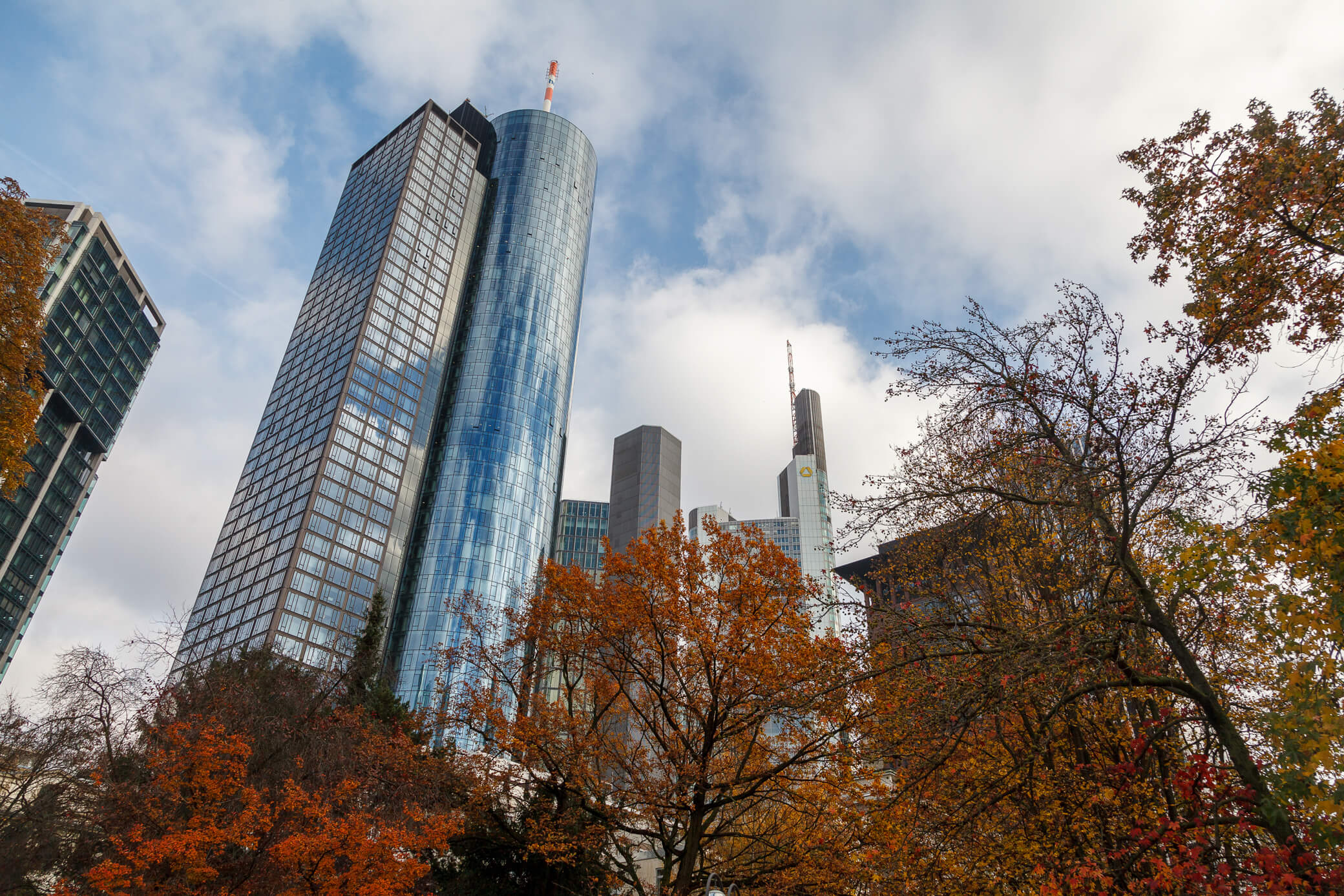
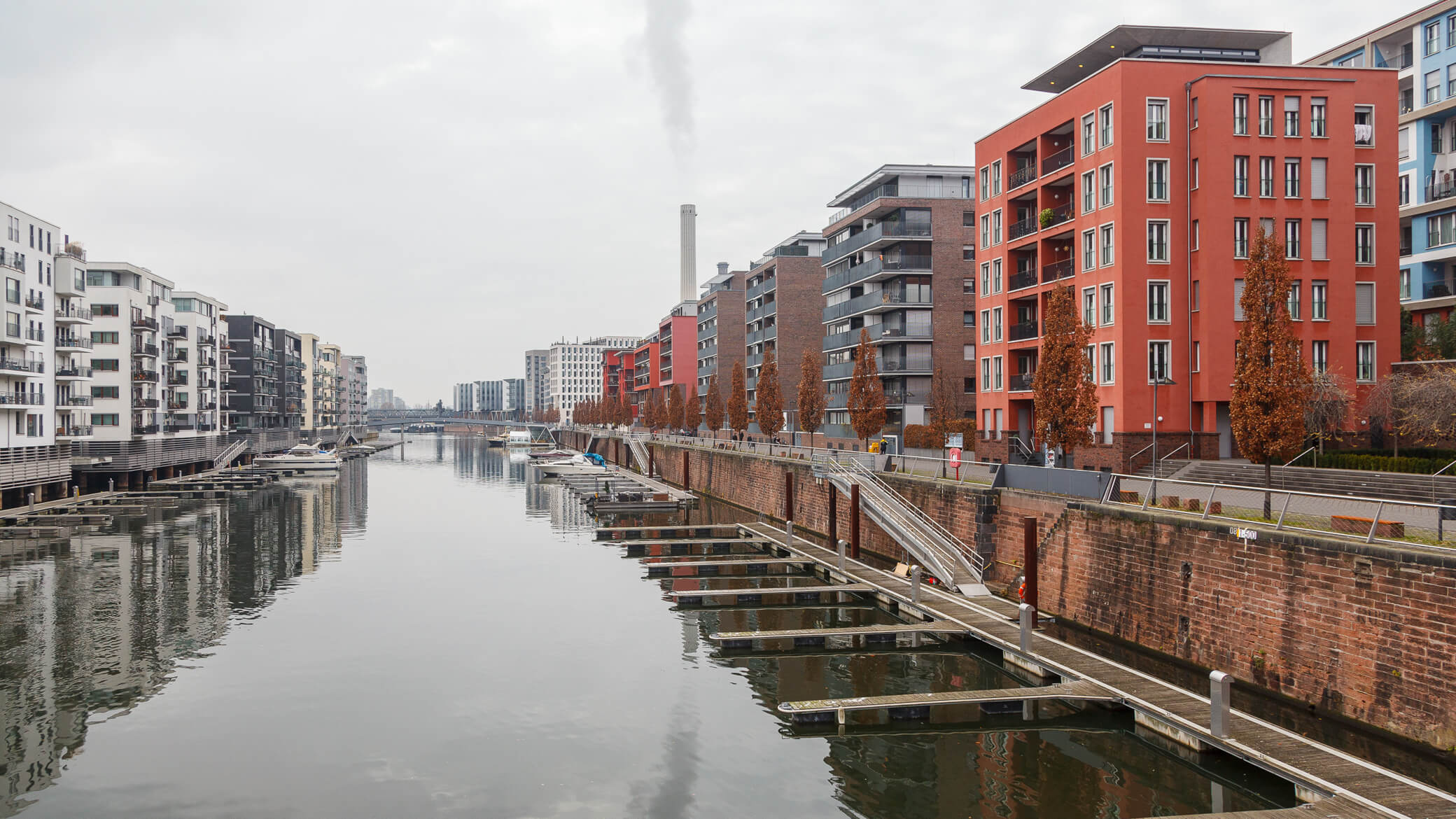
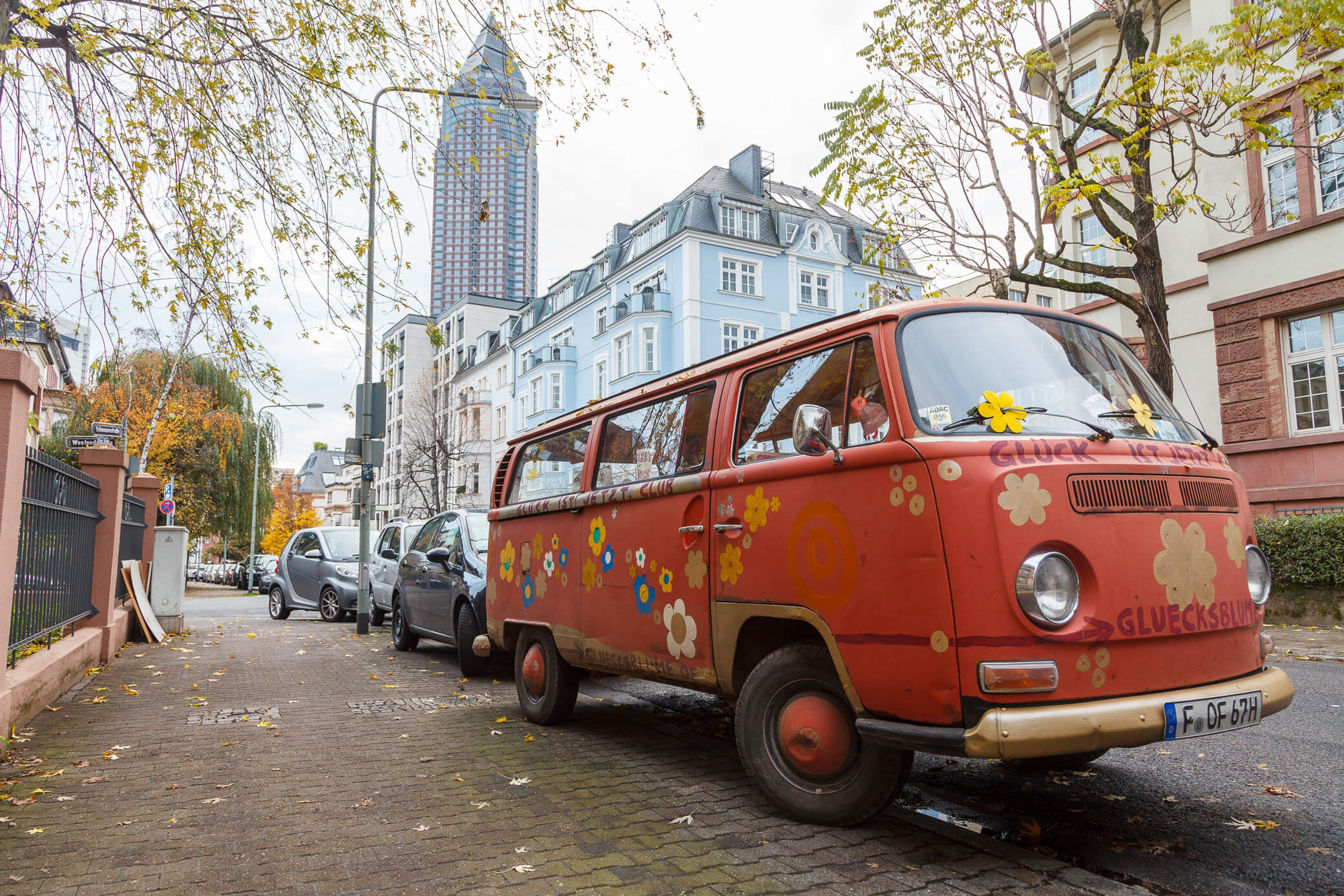
The tallest skyscraper is the Commerzbank Tower, standing at 259 meters. For a panoramic view, you can go up Main Tower — a 200-meter glass giant with elevators that shoot up at an ear-popping speed of 7 meters per second.
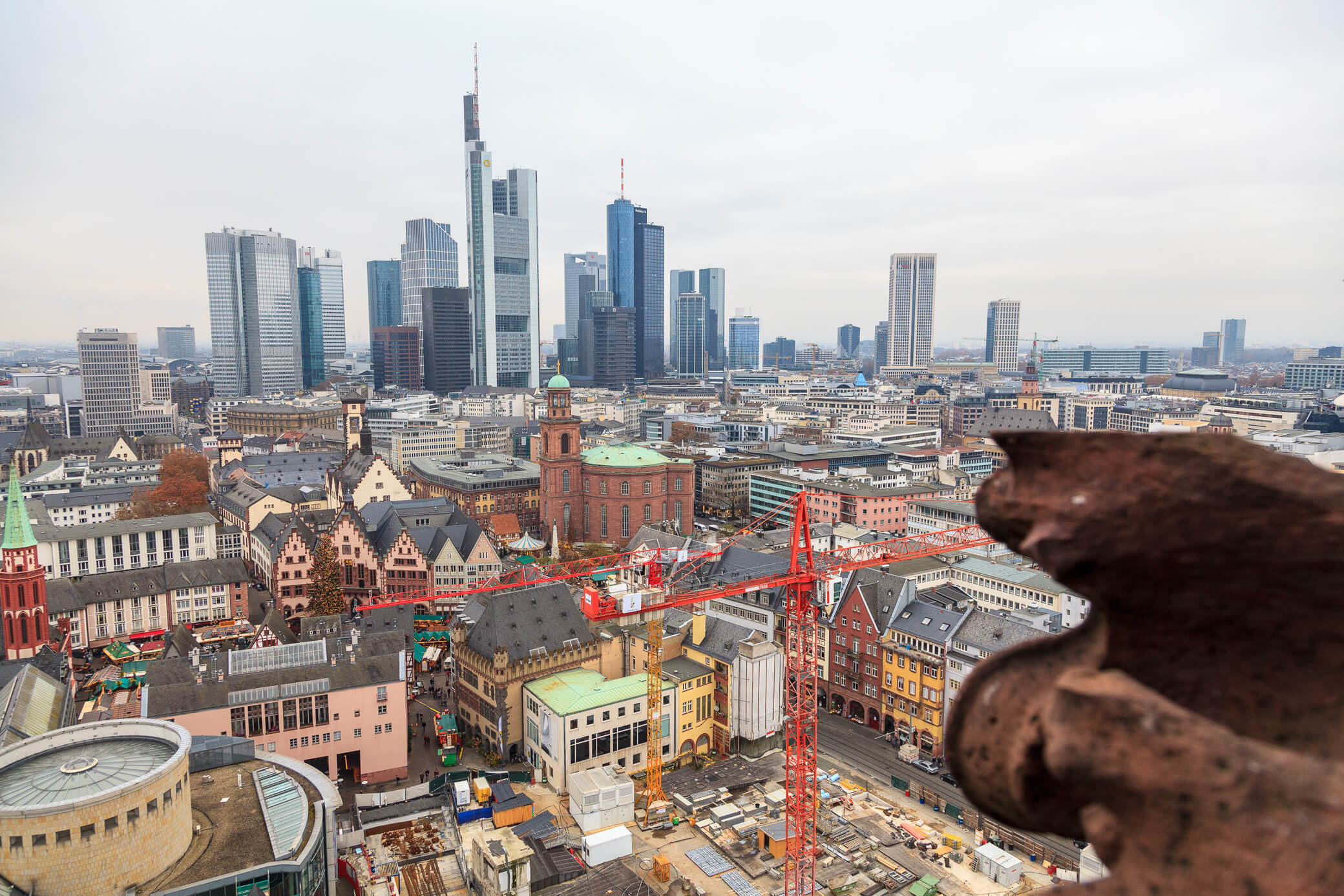
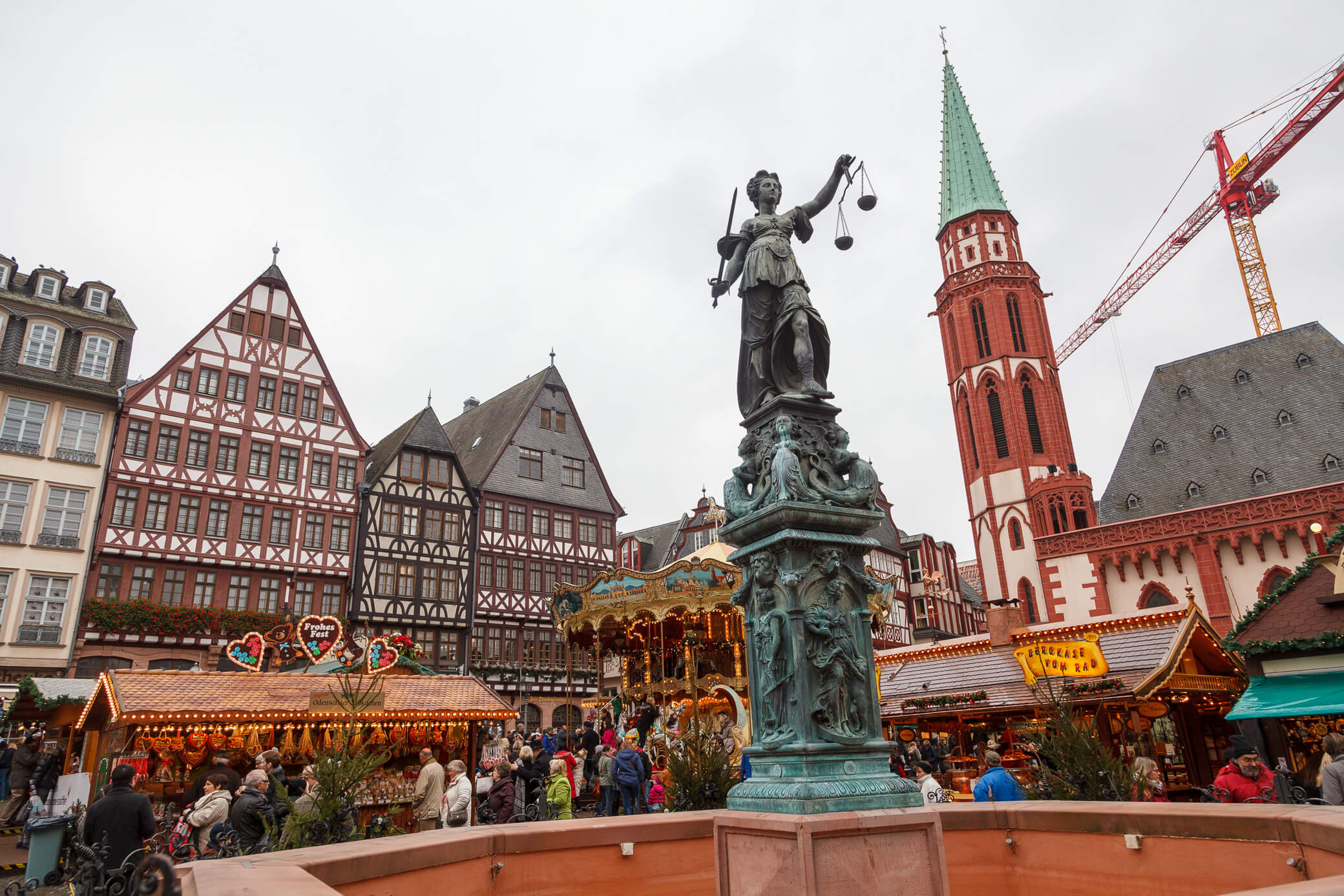
The city lives off banking and logistics. After the war, the authorities focused heavily on improving transport infrastructure, and turned Frankfurt into Europe’s logistics capital. The high crime rate is mostly tied to the huge volume of smuggled goods passing through.
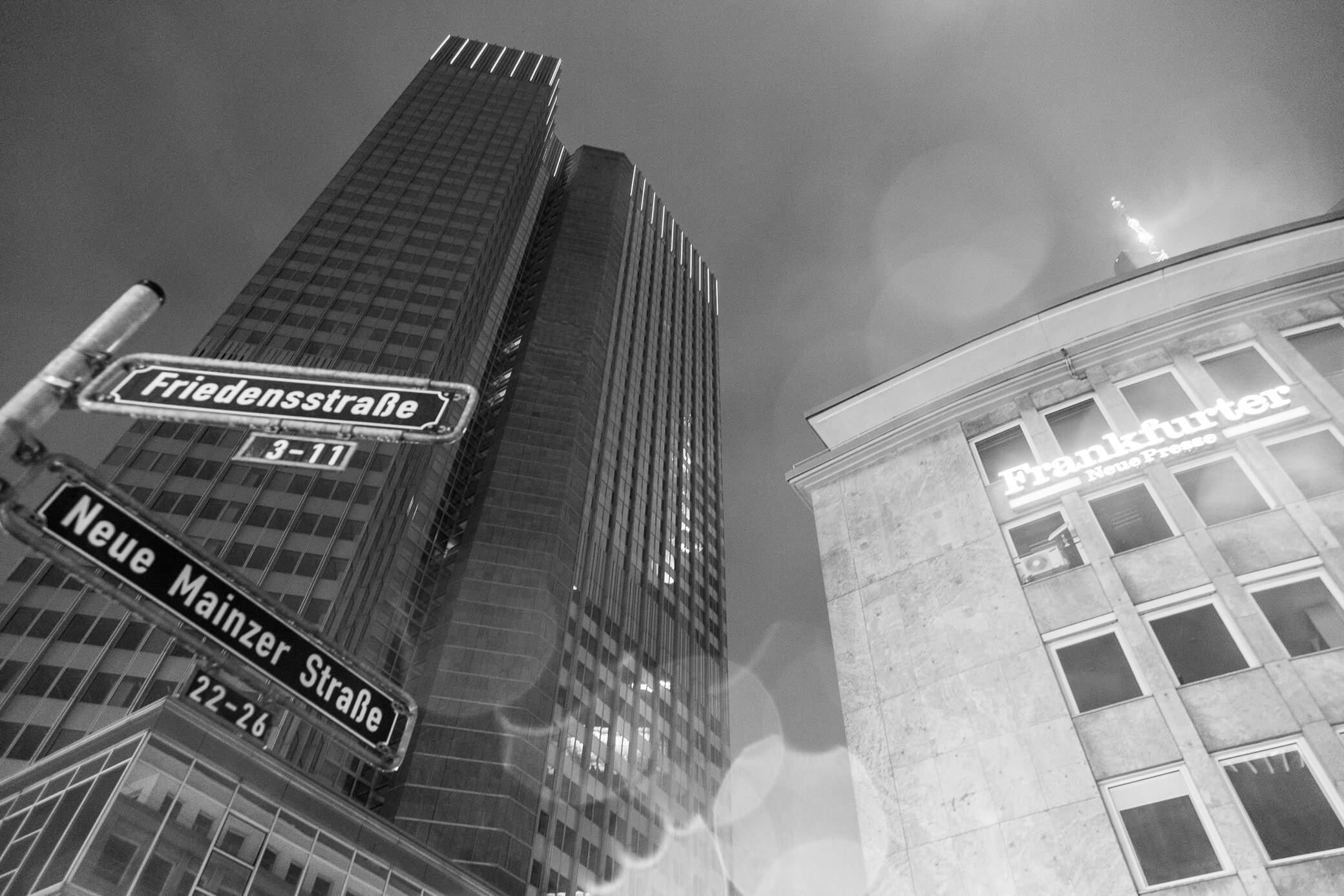
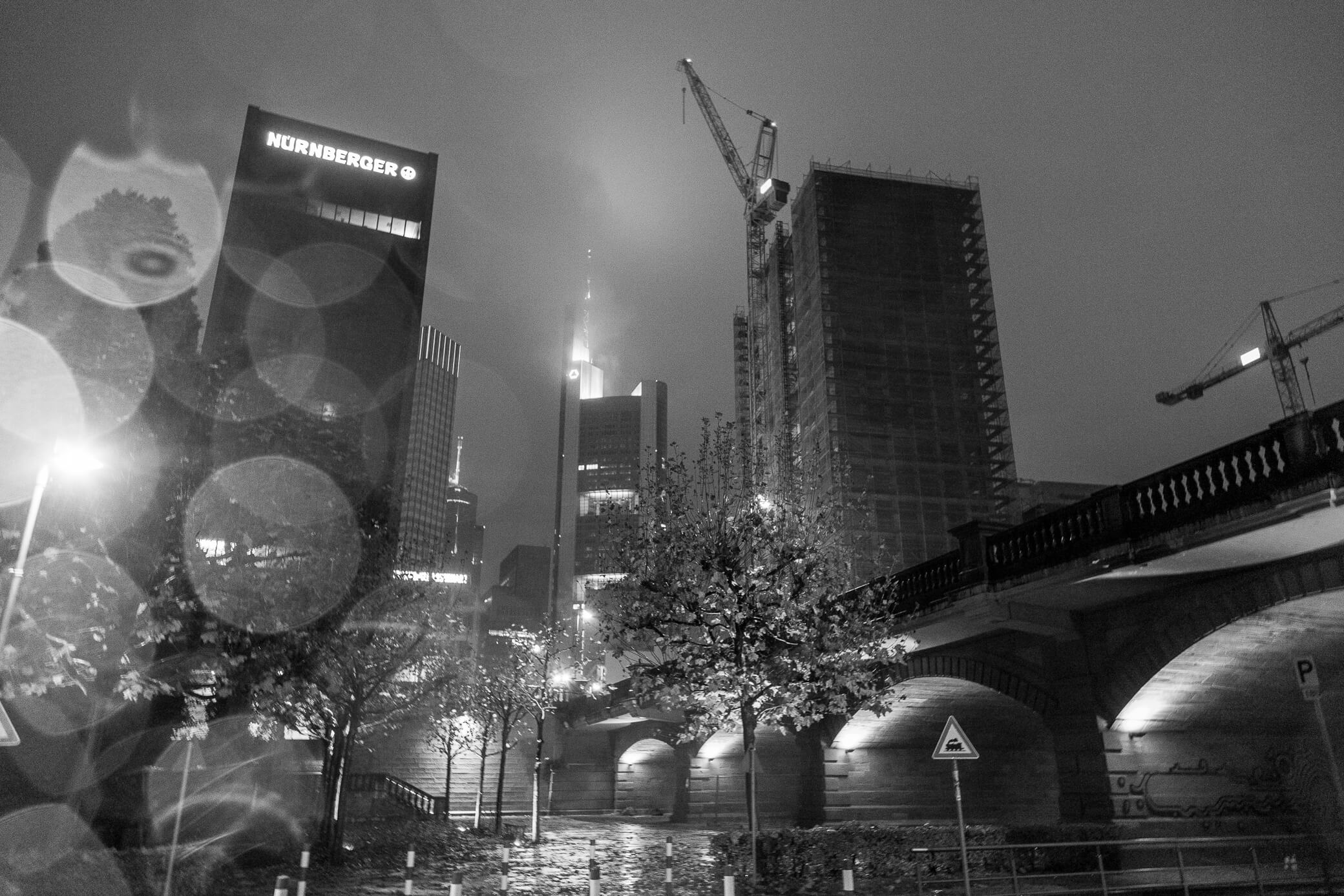
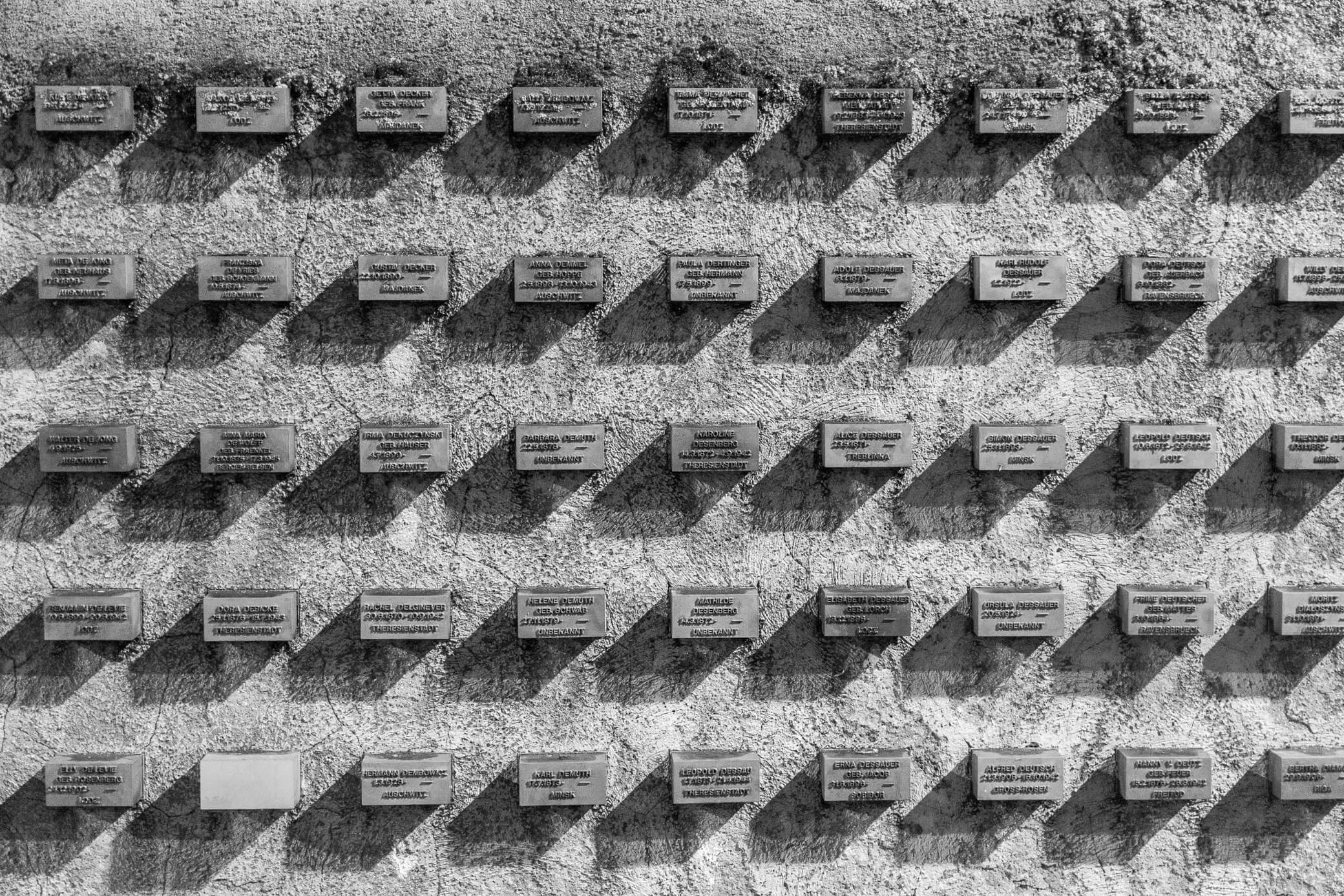
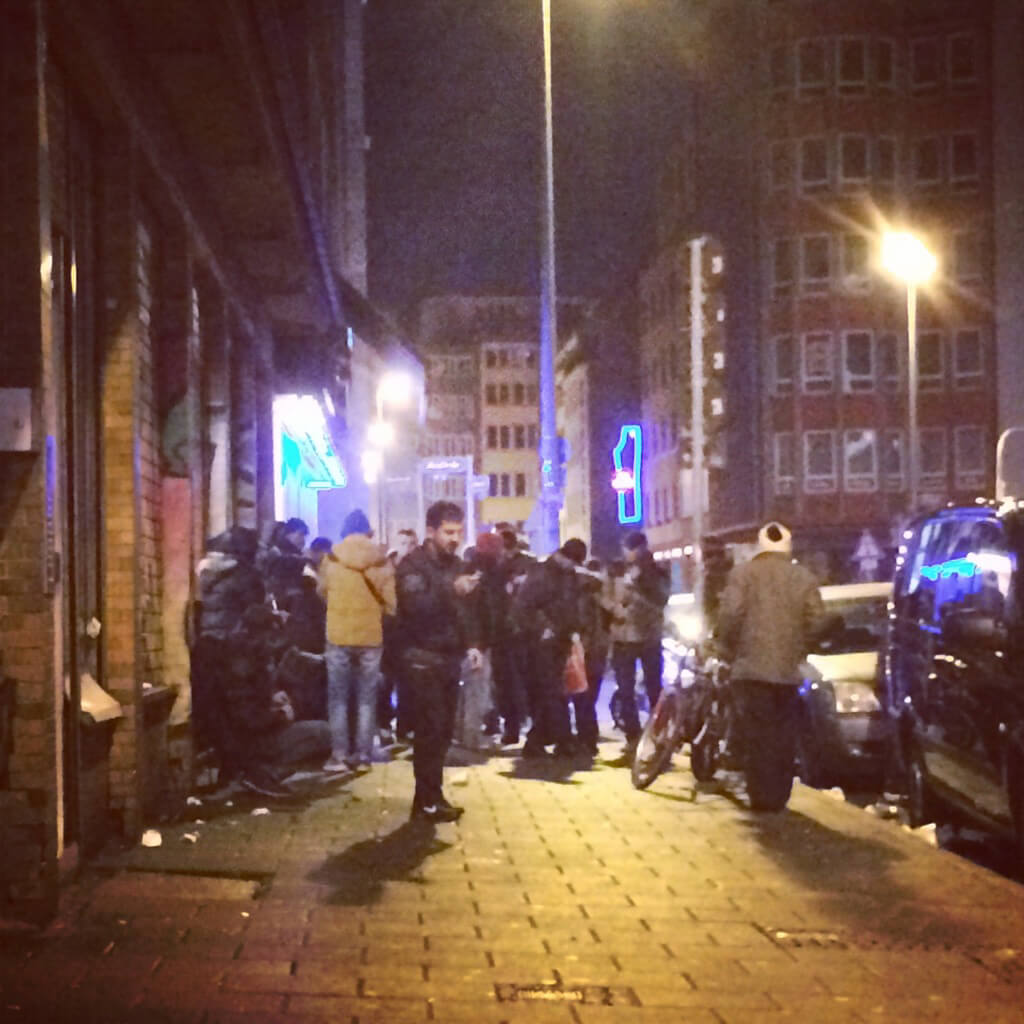
If you’re not into skyscrapers, massive train stations and airports, luxury convertibles, people in expensive suits, inflated prices, plus the overwhelming presence of immigrants and street dealers — there’s not much for you in Frankfurt. I left the city without any regrets.
Dresden
I first visited Dresden back in 2012. Returned six years later — and nothing had changed. Still the same small city with a beautifully restored historical center and a solid GDR-era panel housing legacy. Everything’s already covered in the old post.
Nothing much to add, except for a handful of fresh photos — so I’ll wrap this one up quickly, while there’s still time to reflect on everything I’ve written for the recent 75th anniversary of the victory.
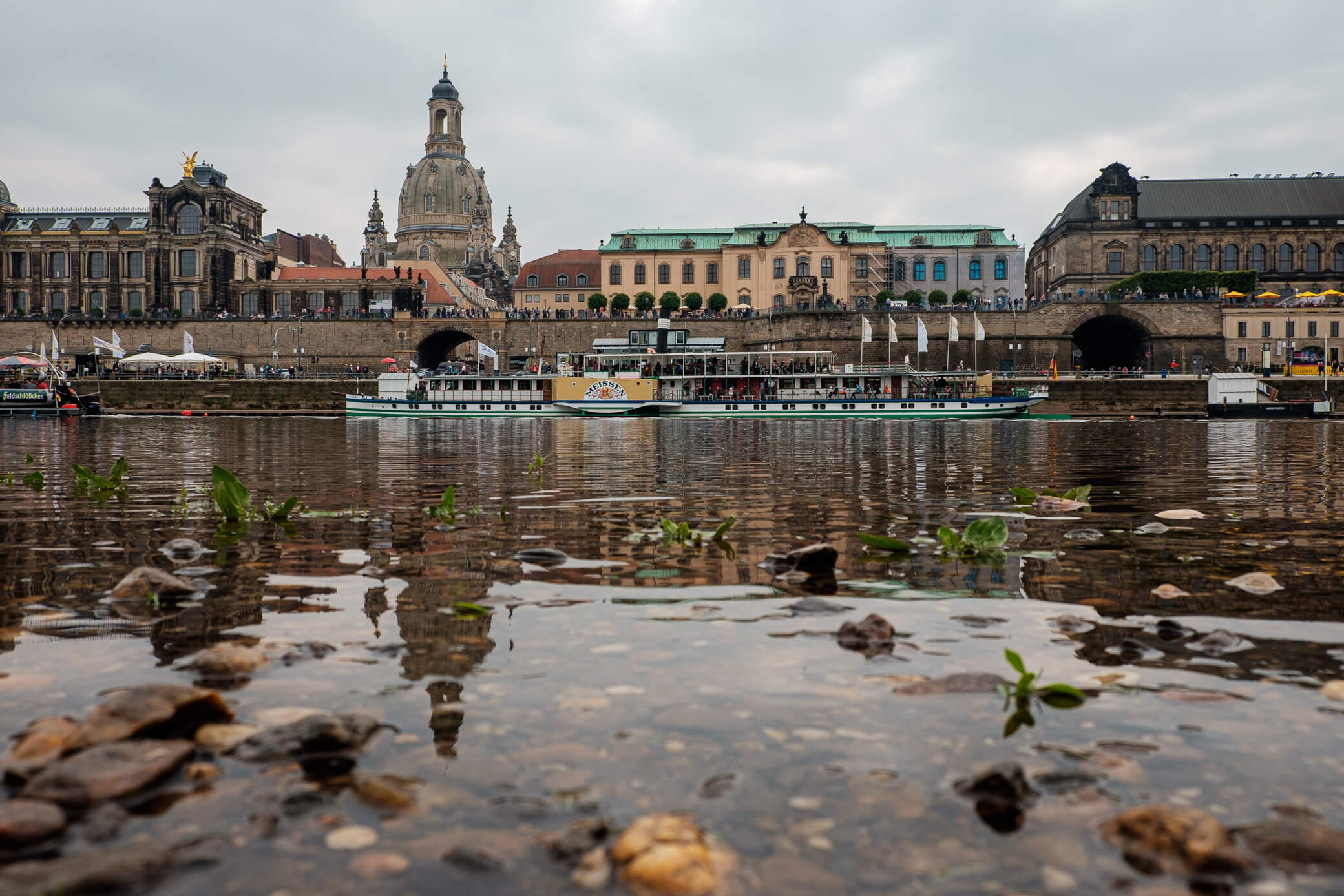
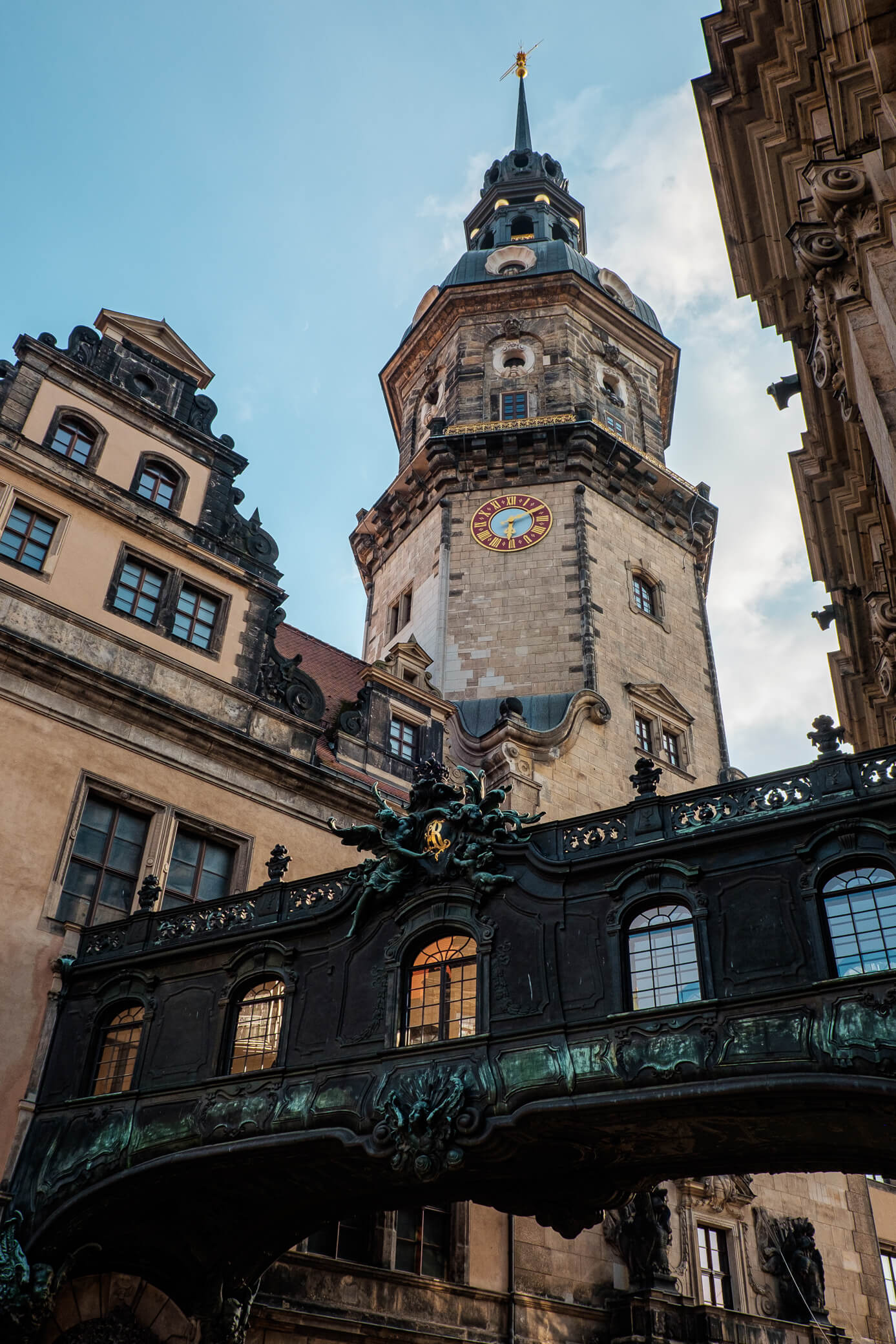
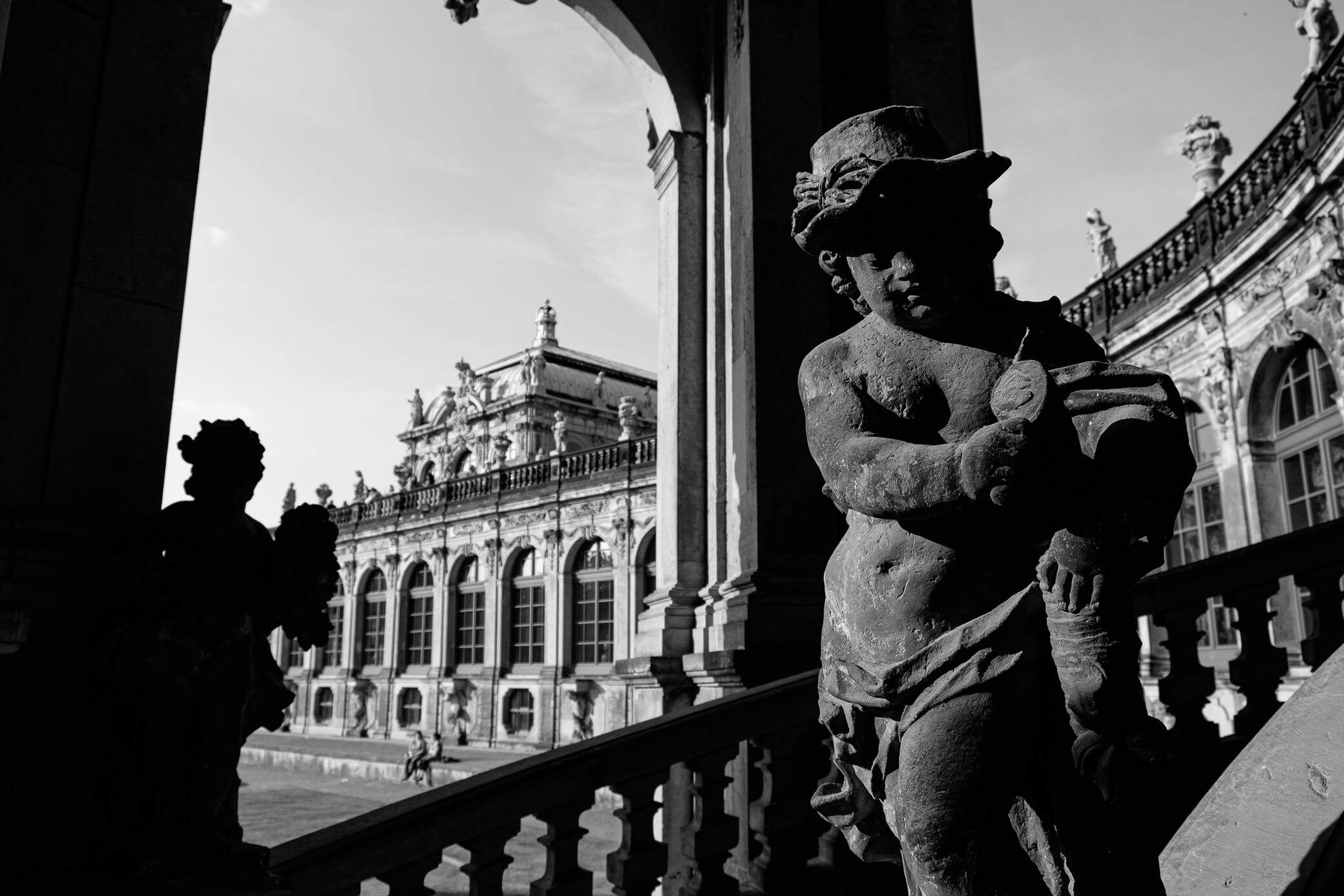
Happy Victory Day to everyone. And I encourage you to visit Germany — to see for yourself what became of this country, once destroyed by two wars and split in half by two political systems.
